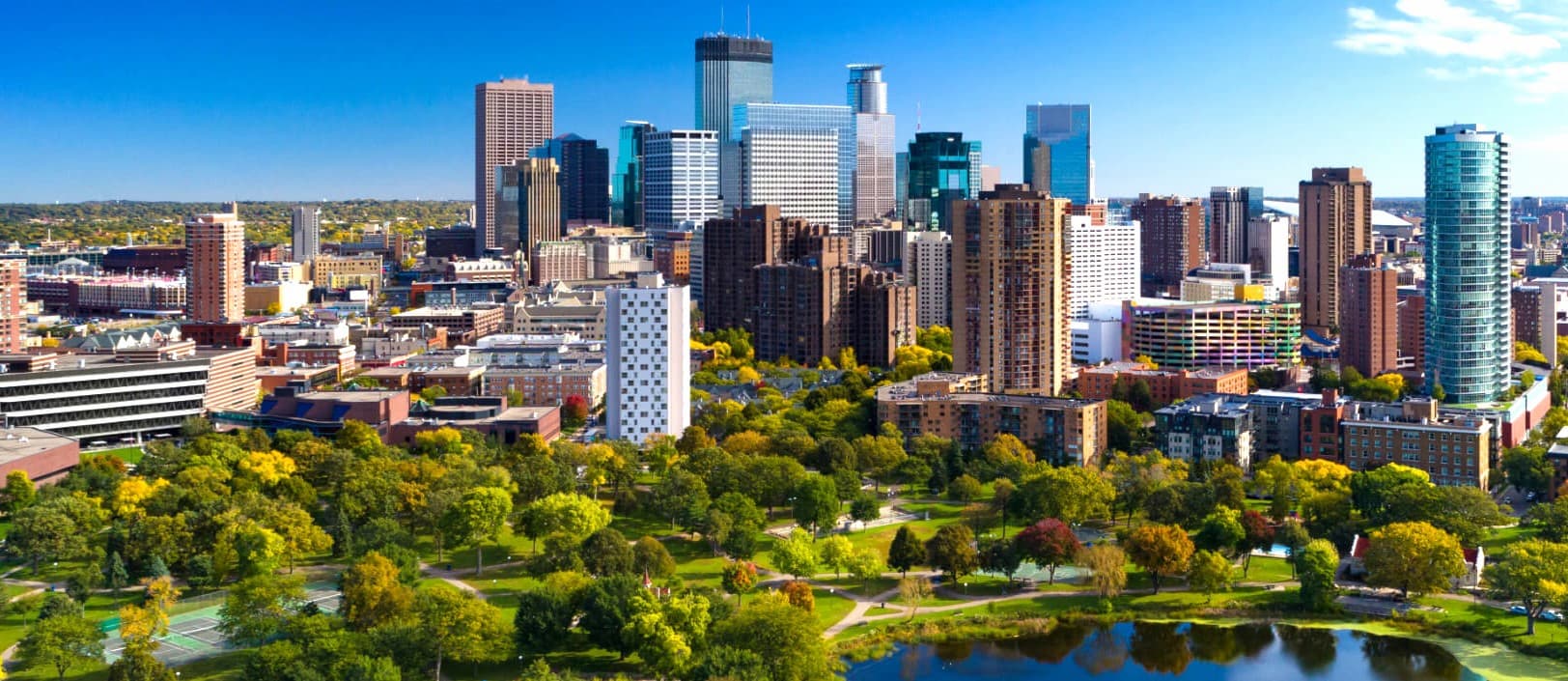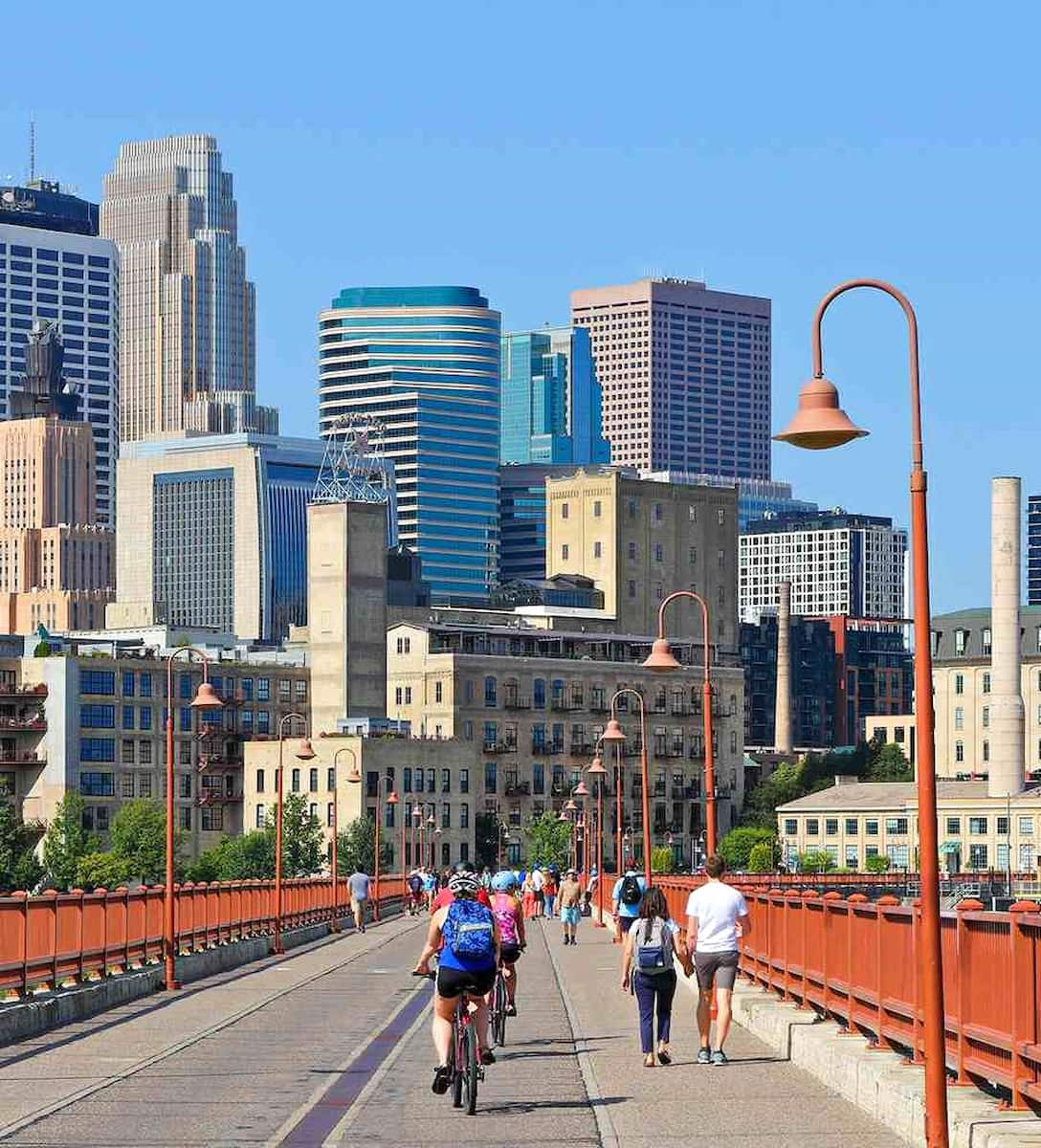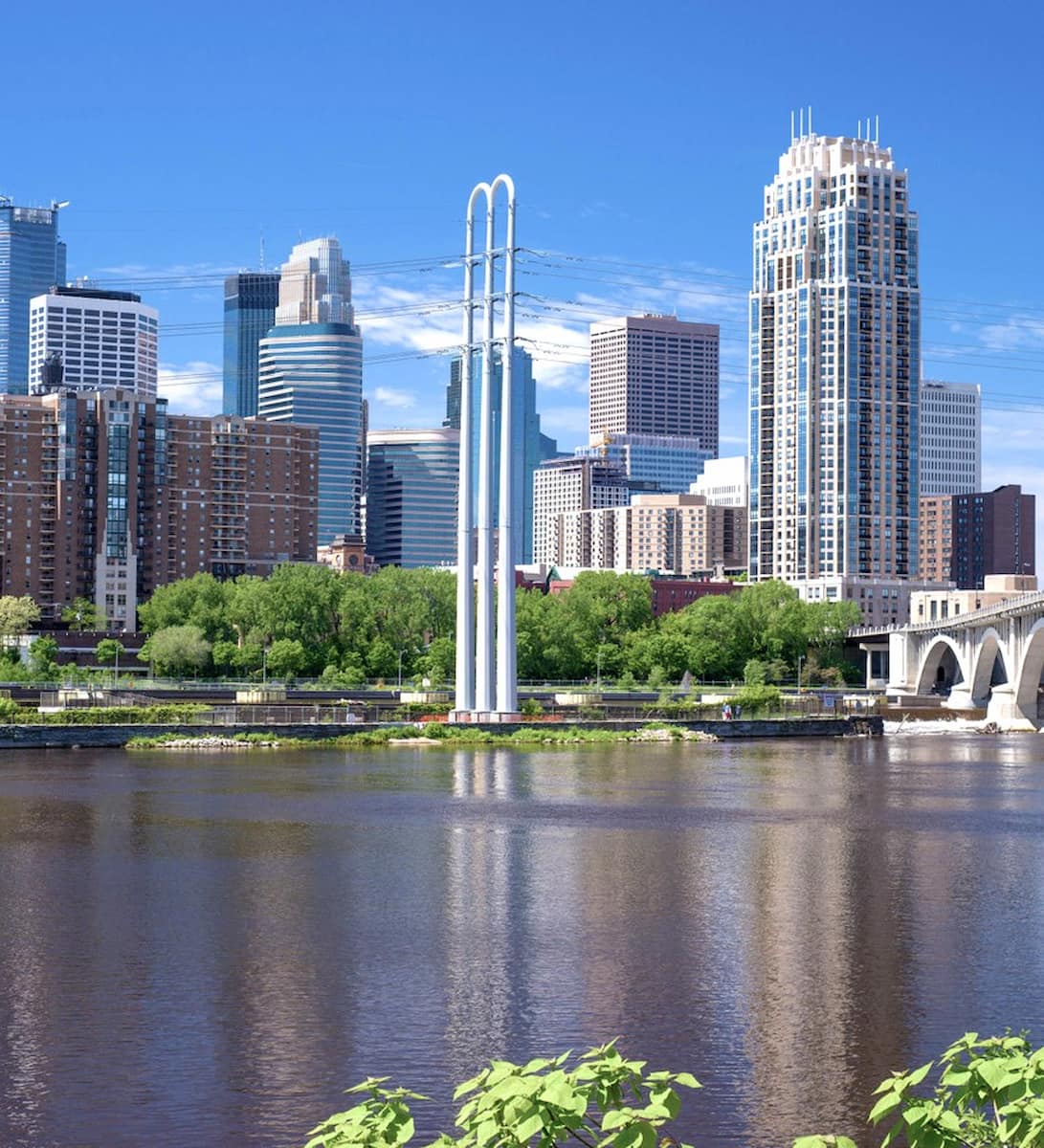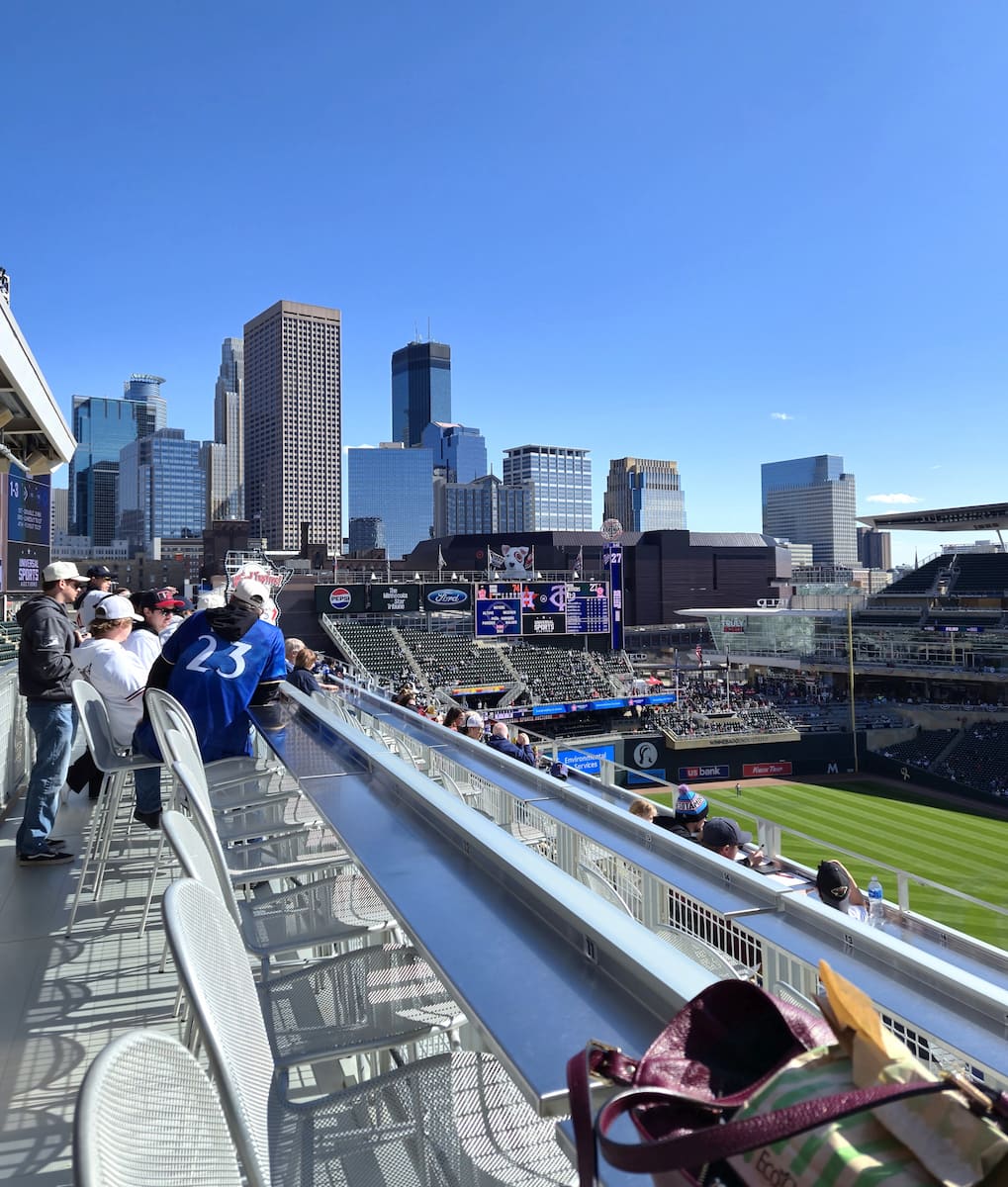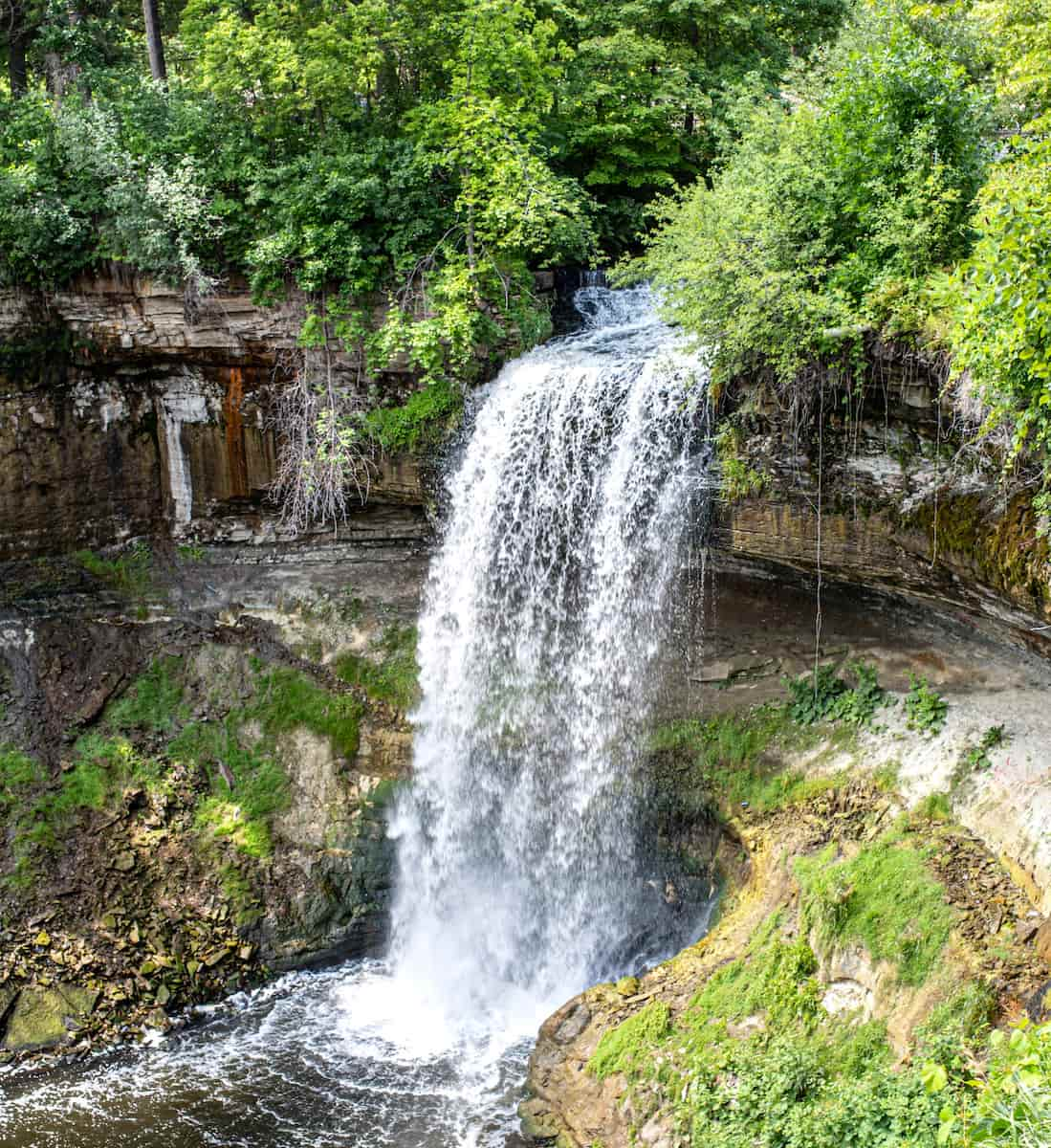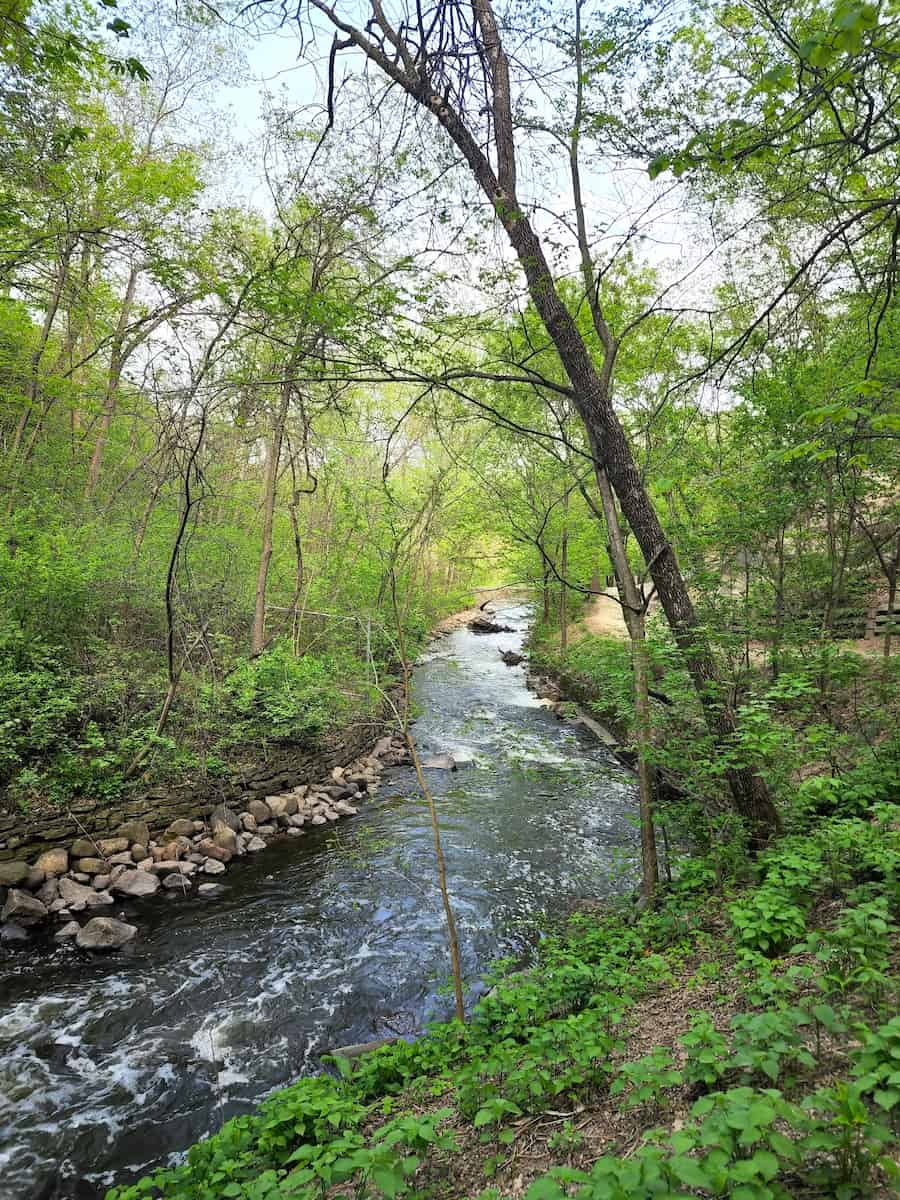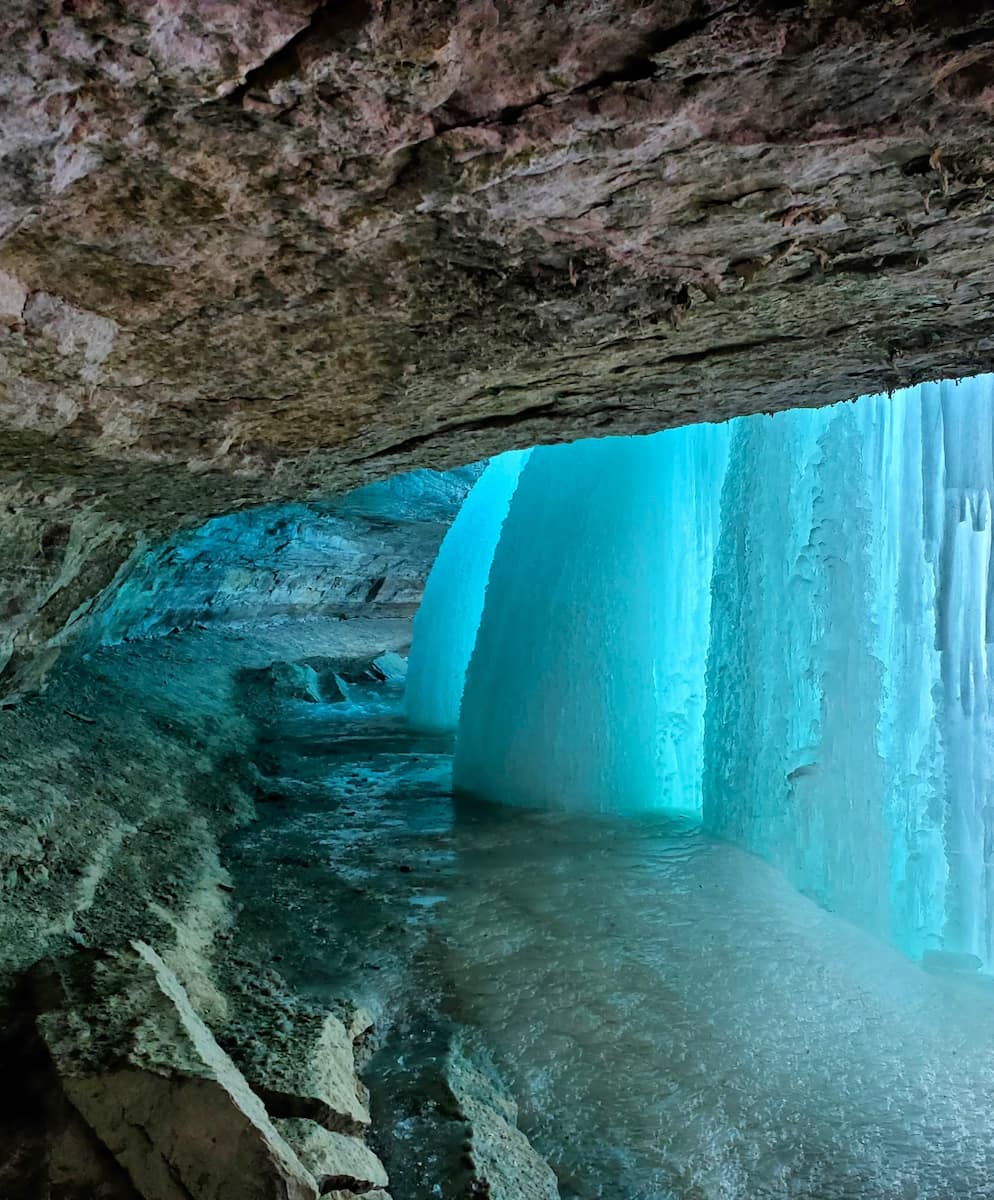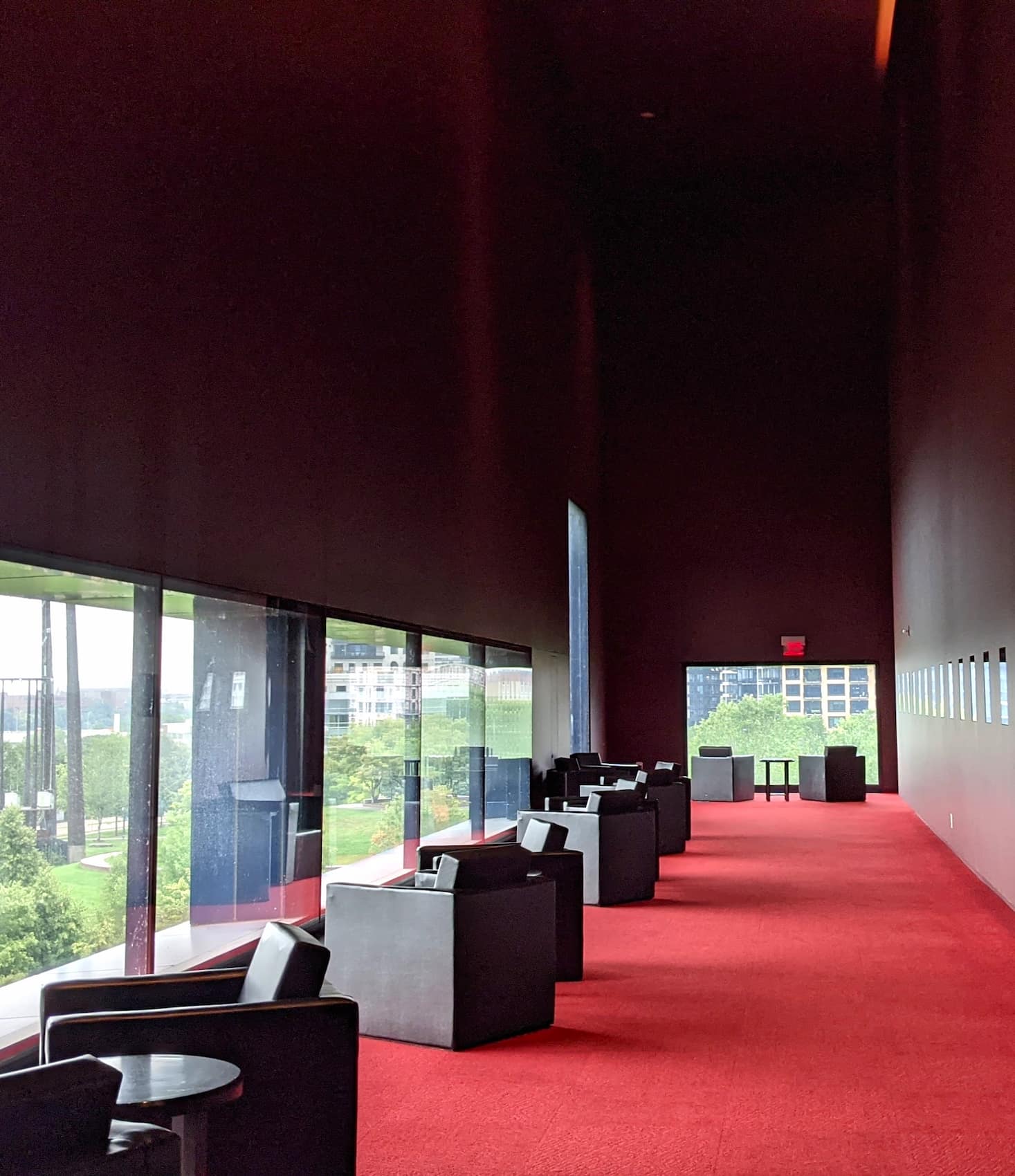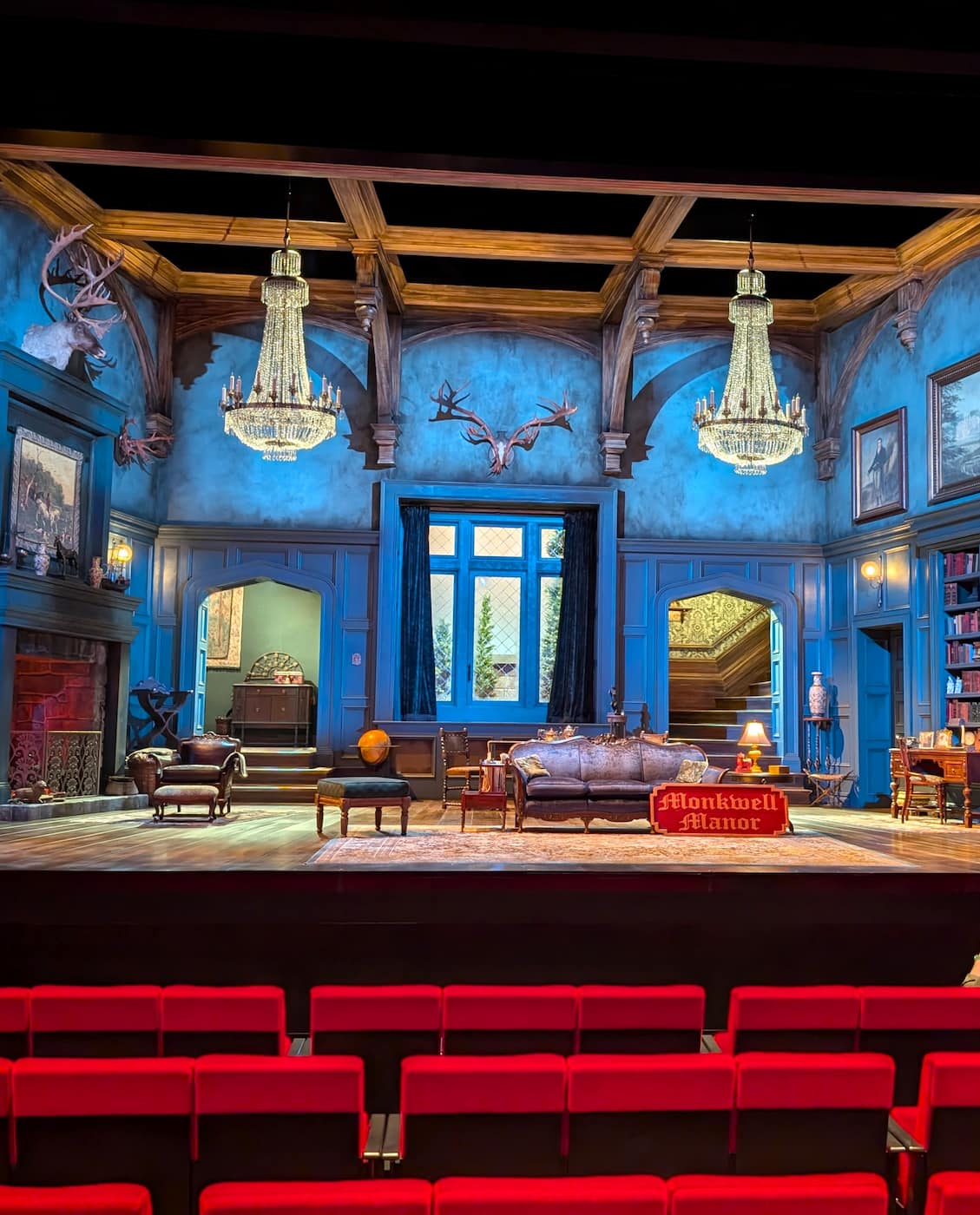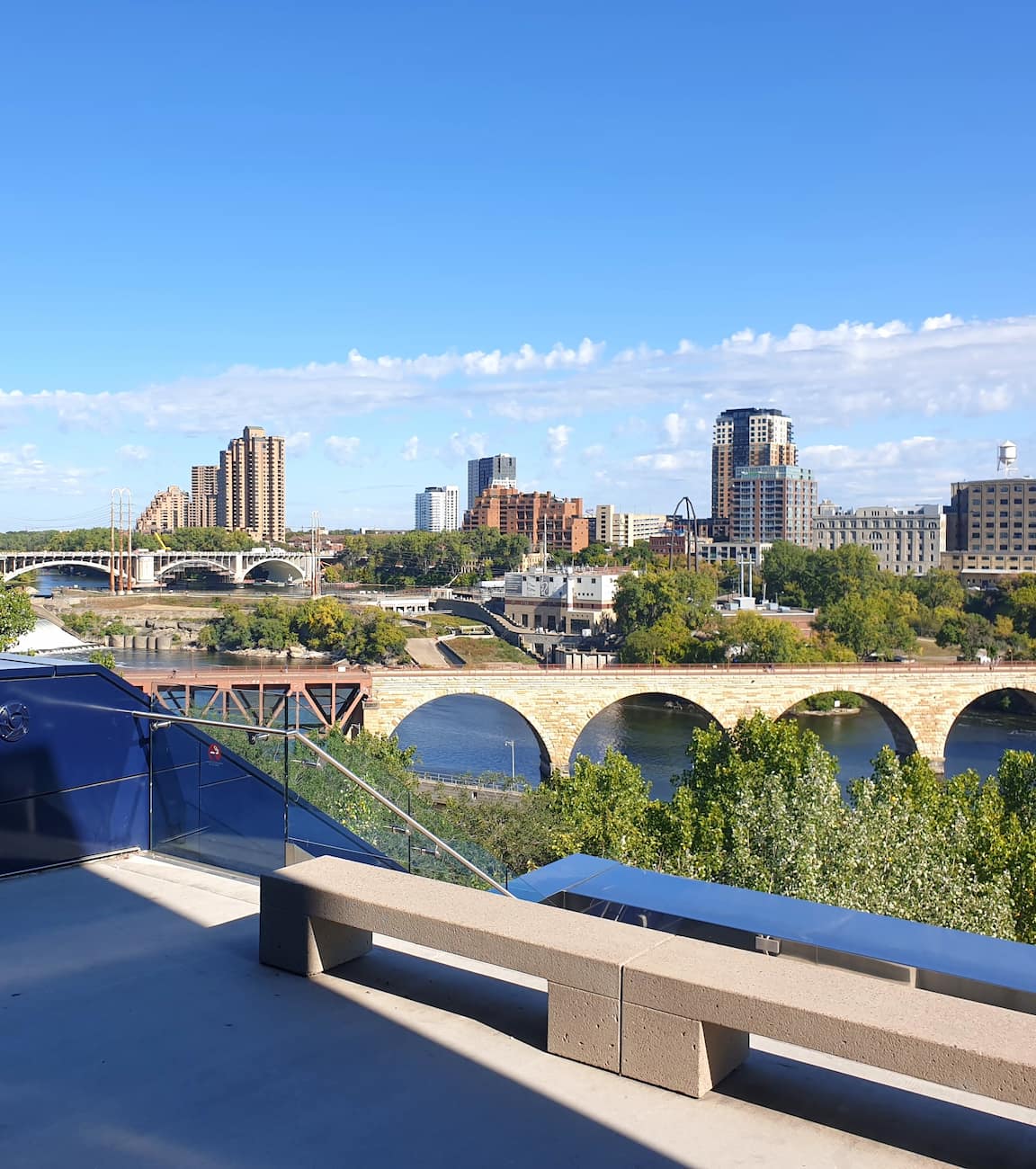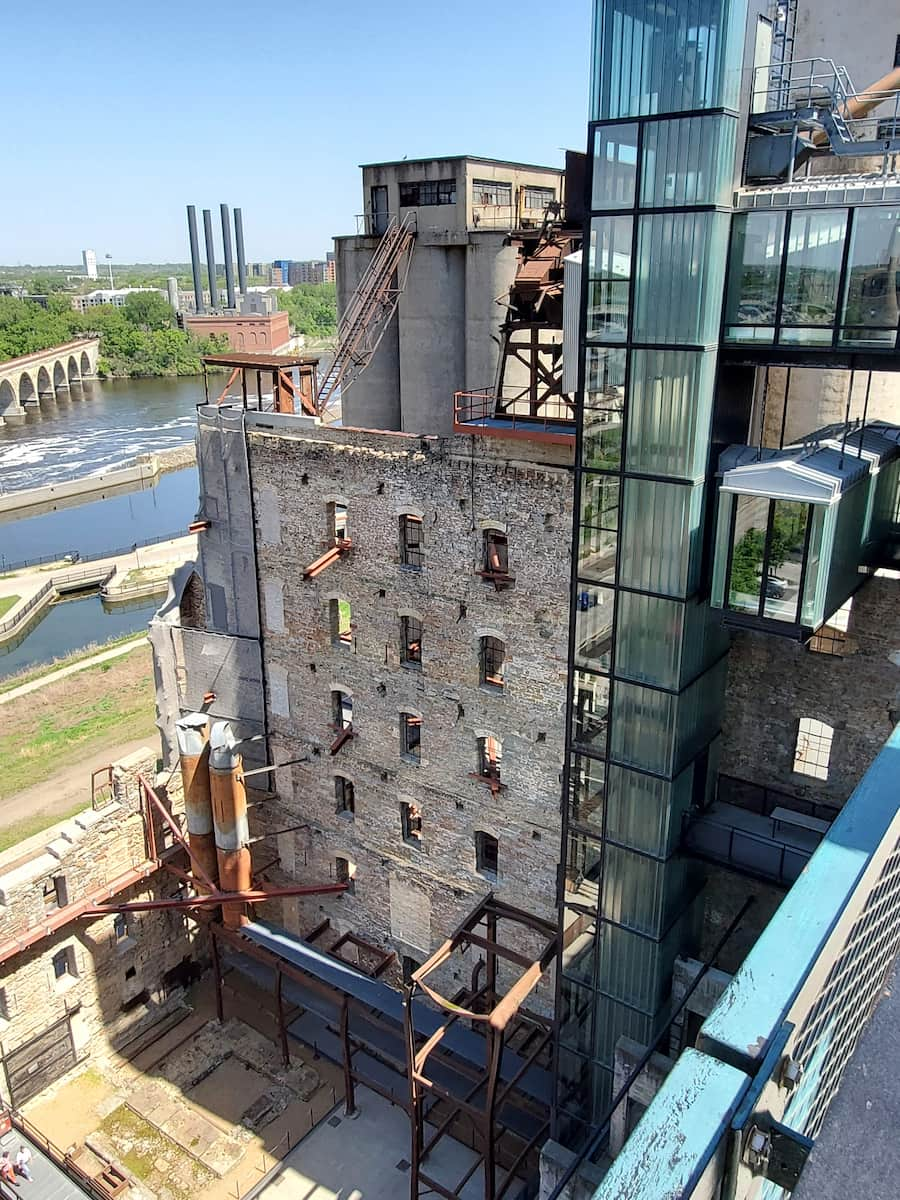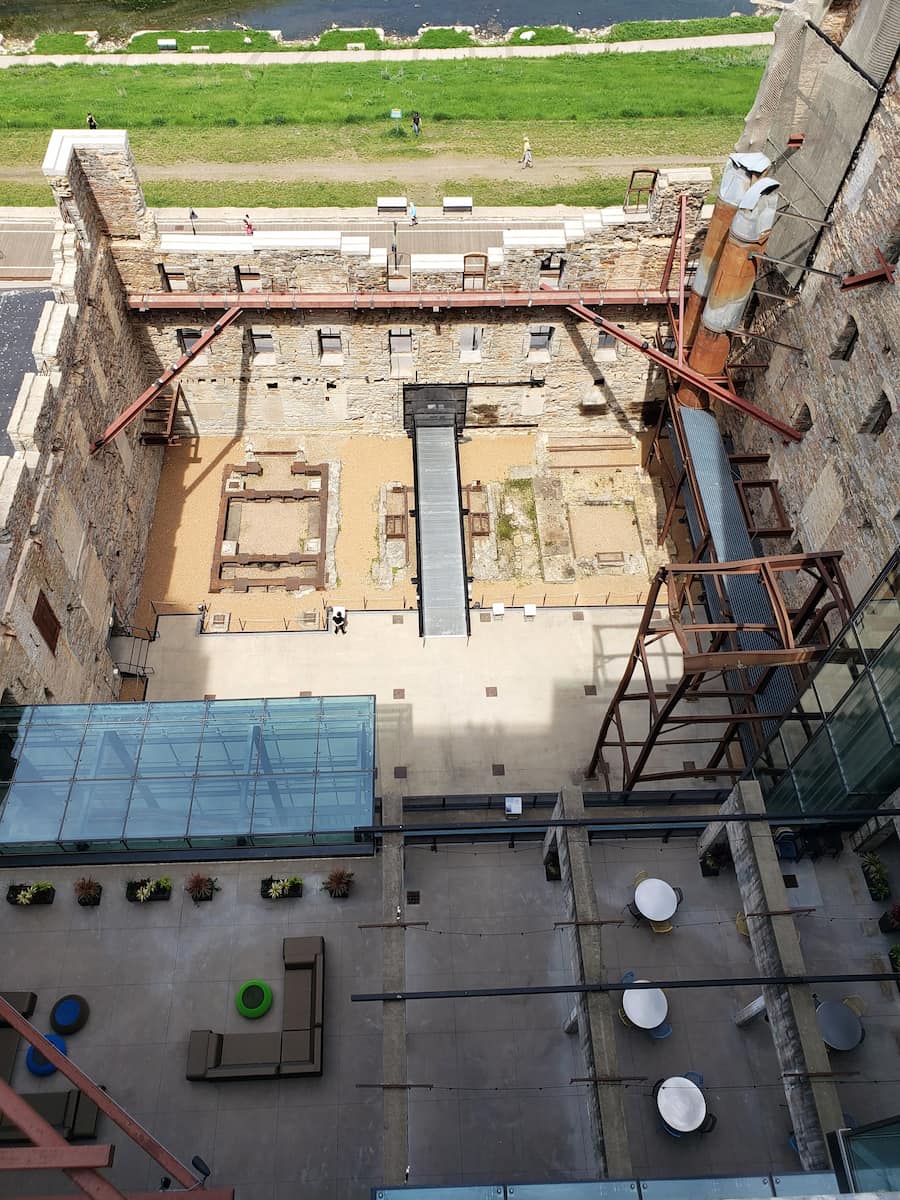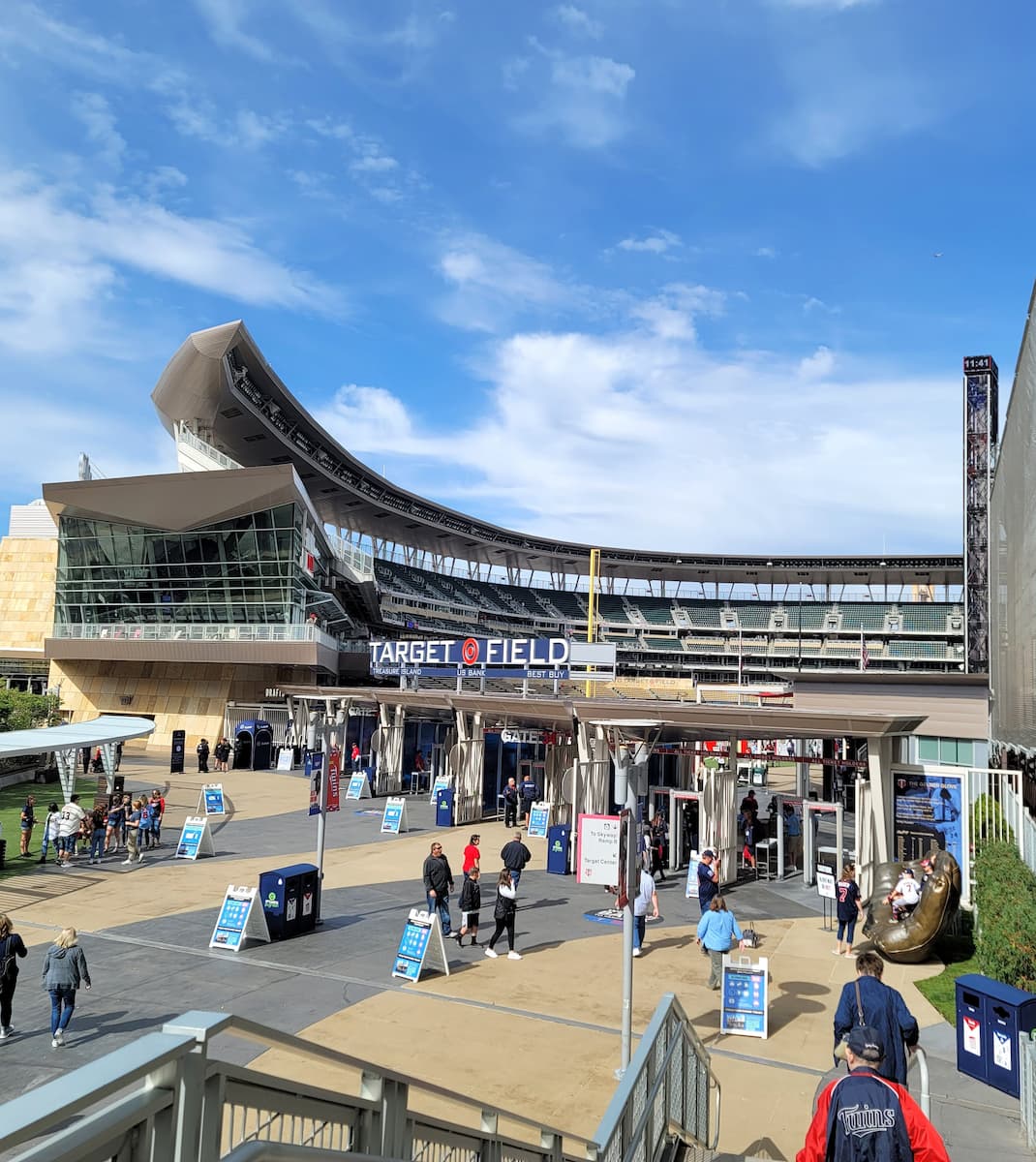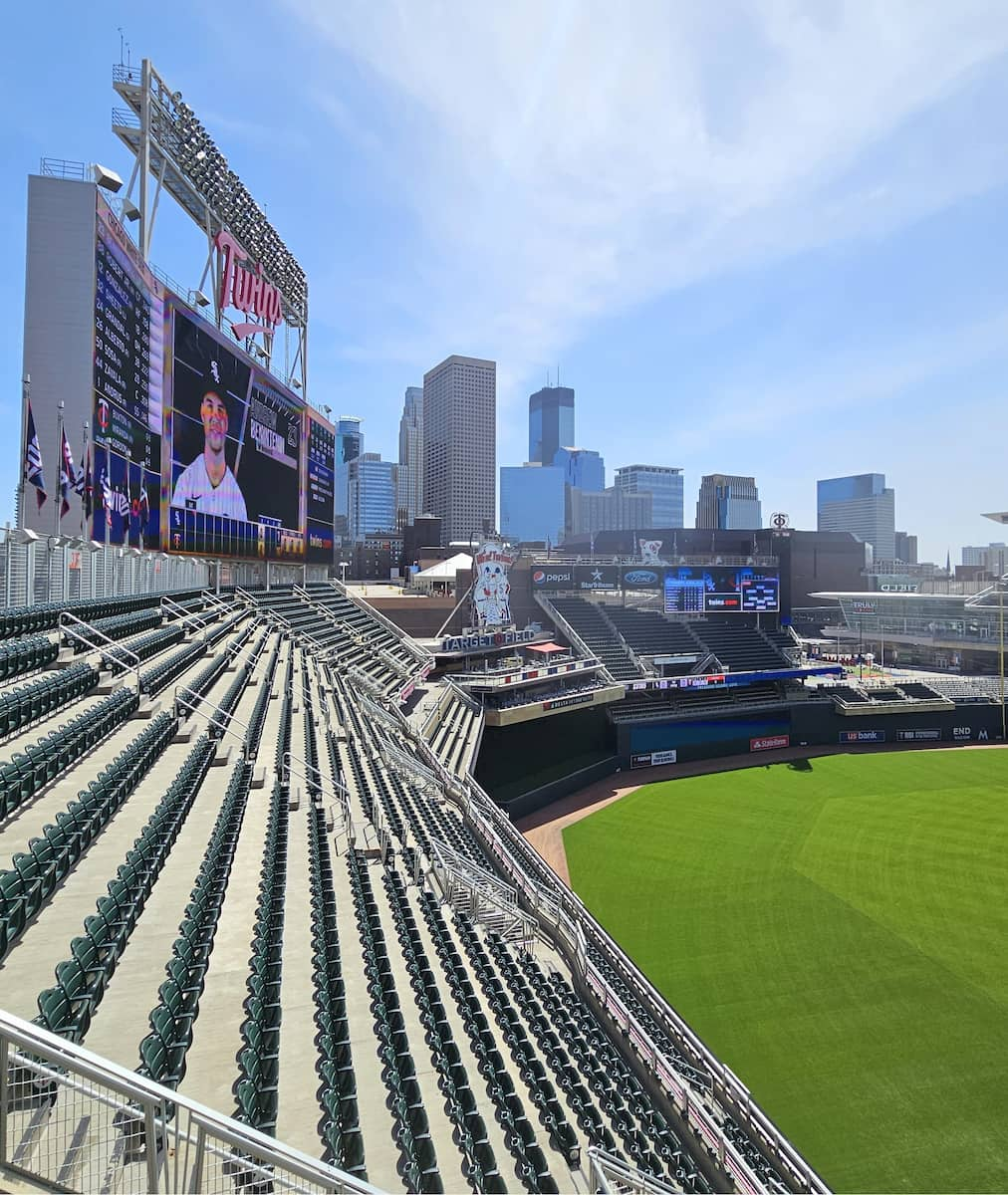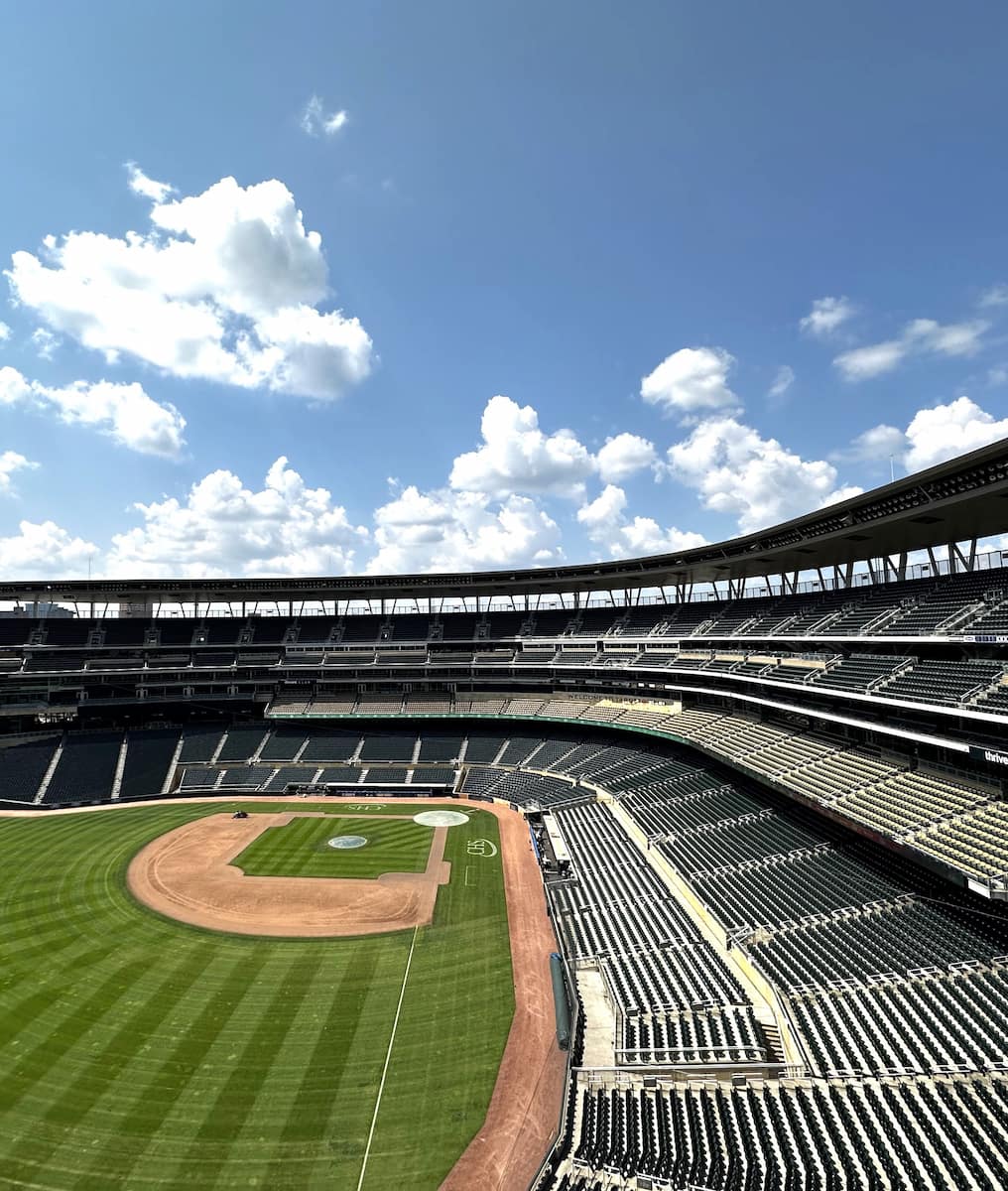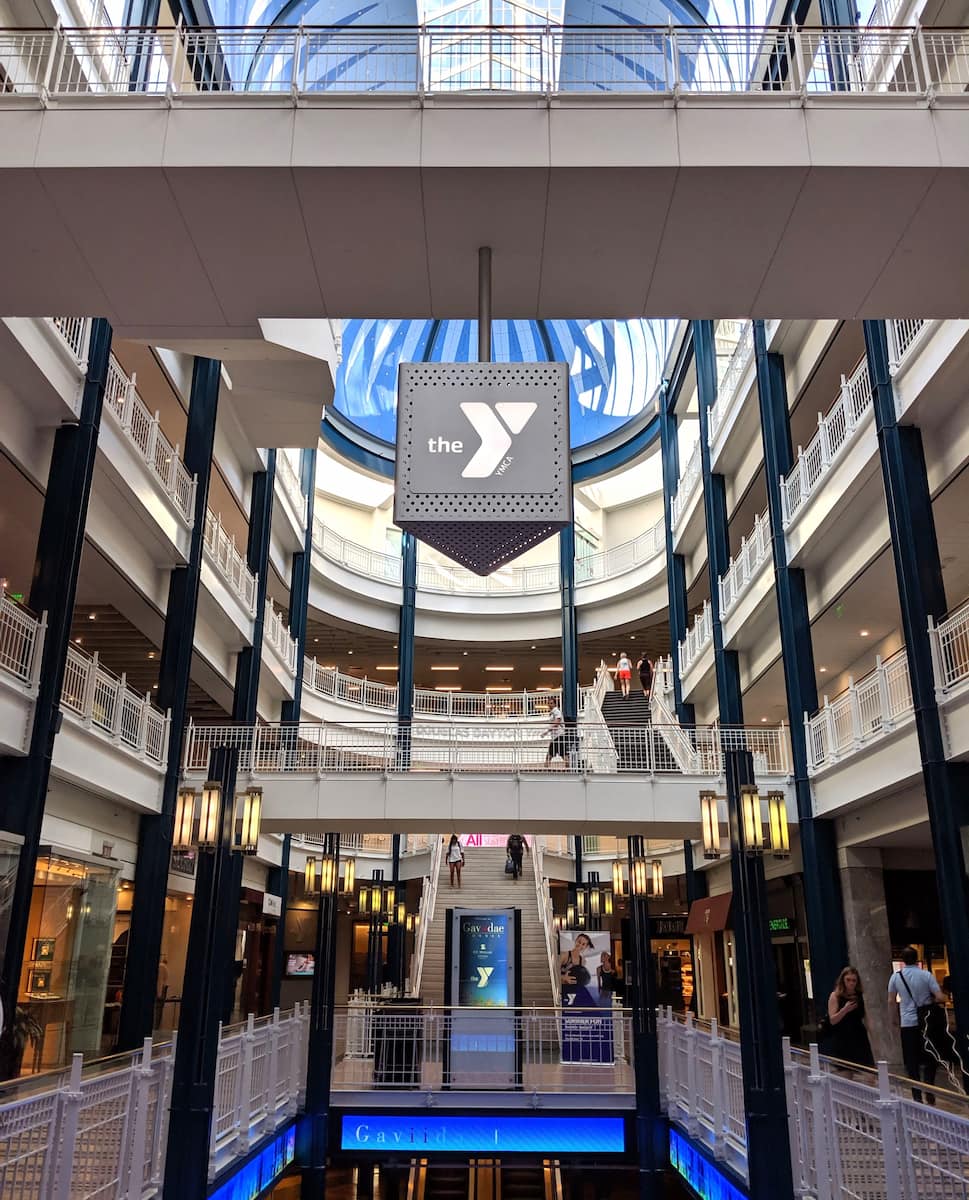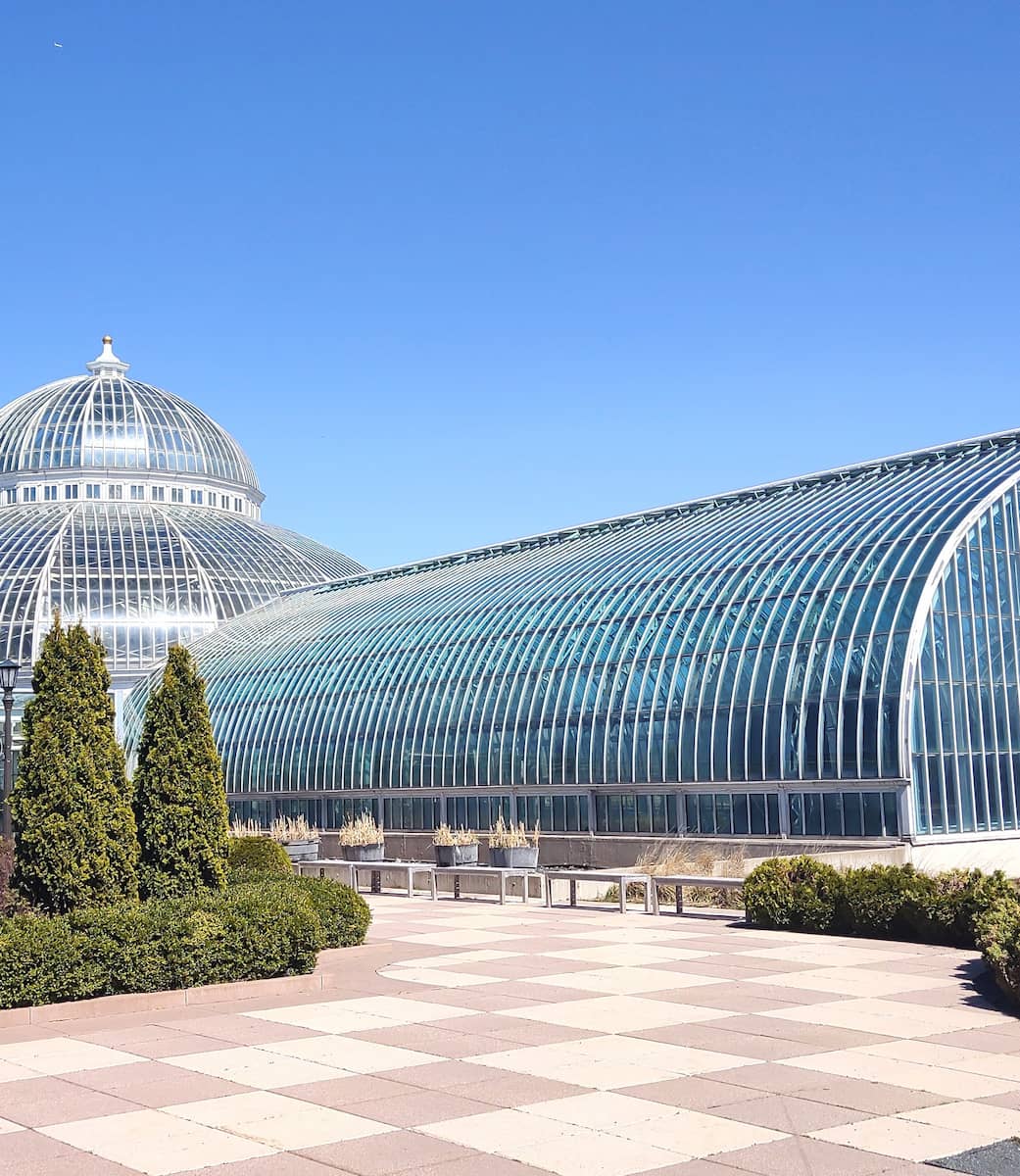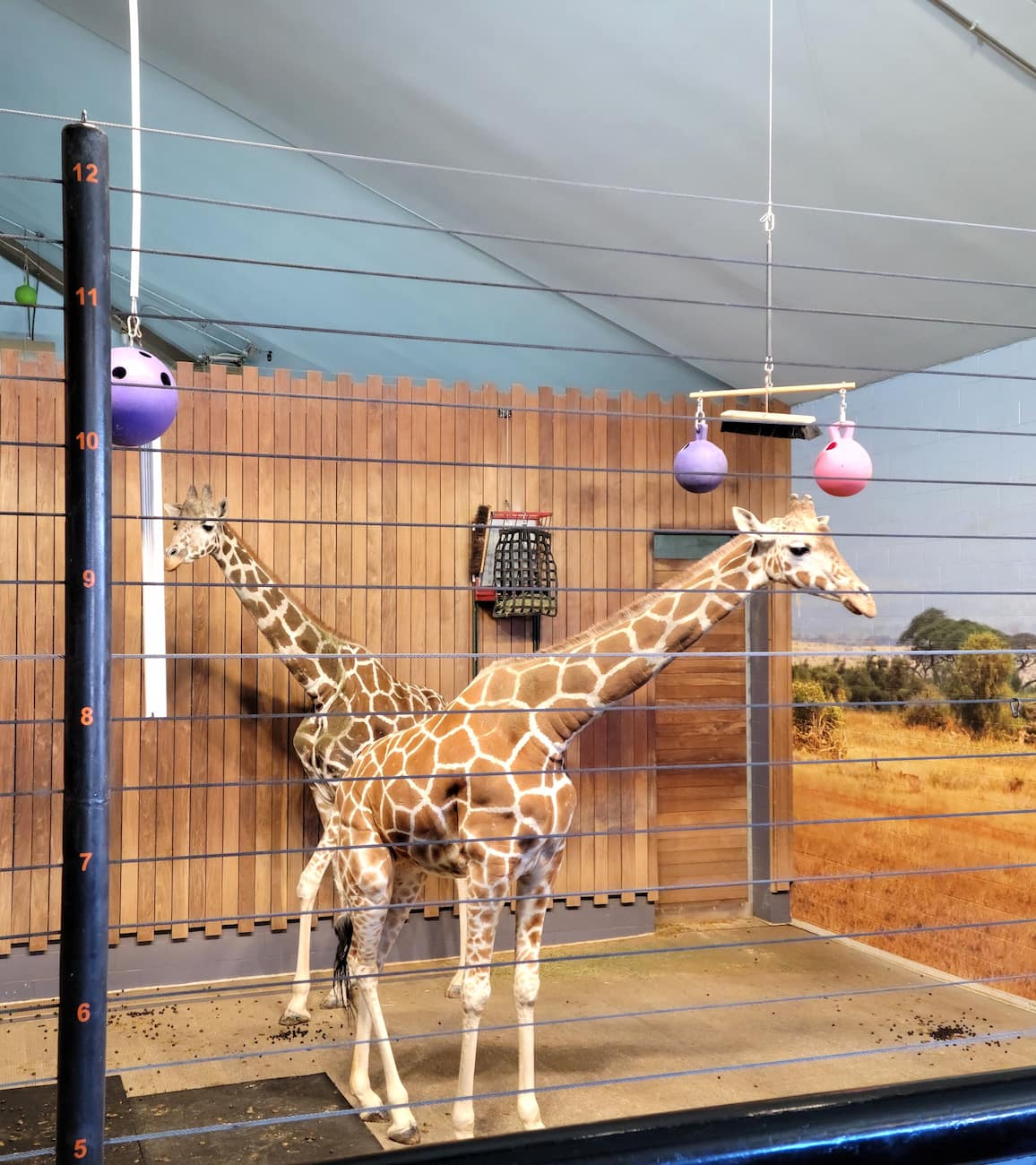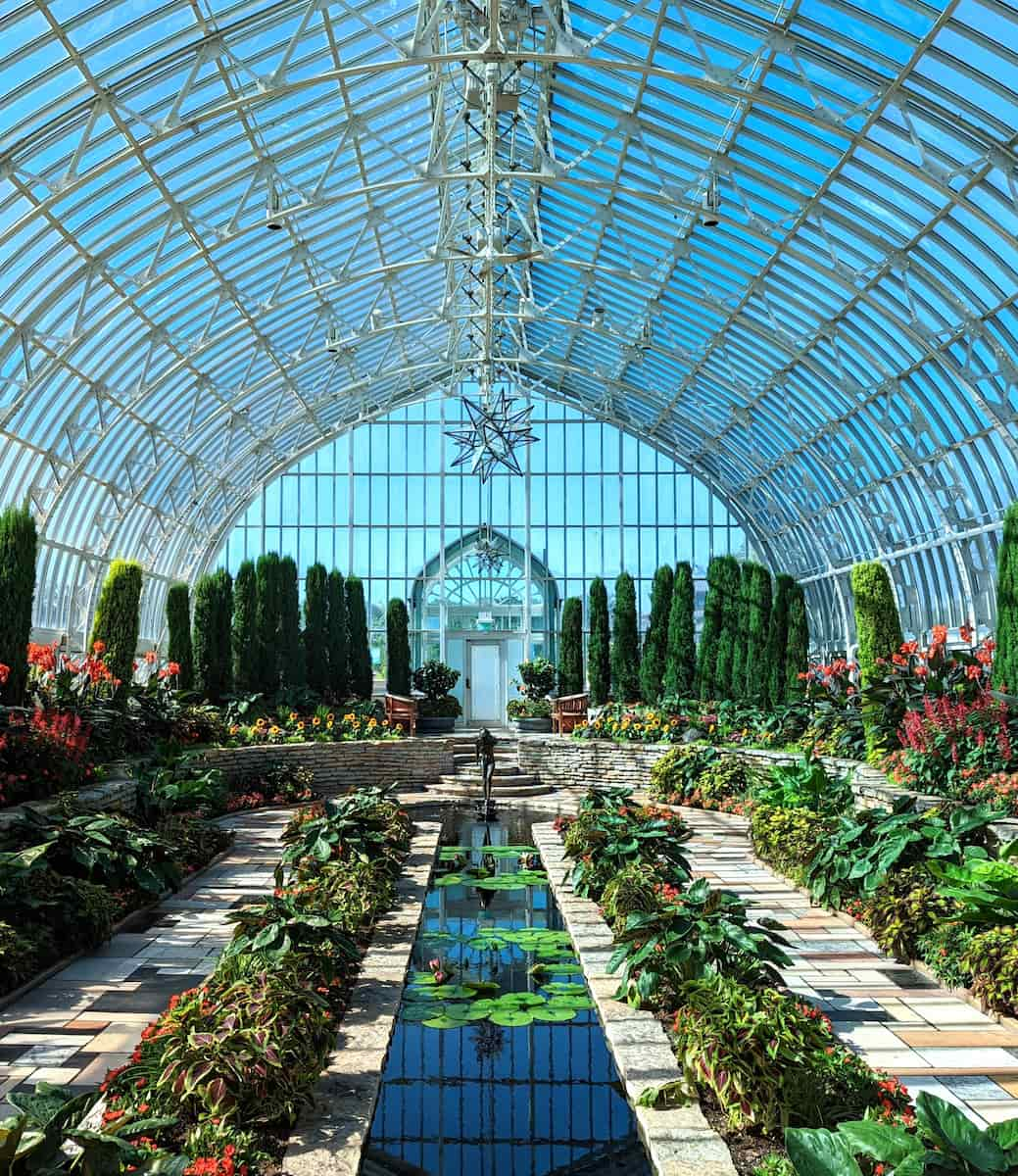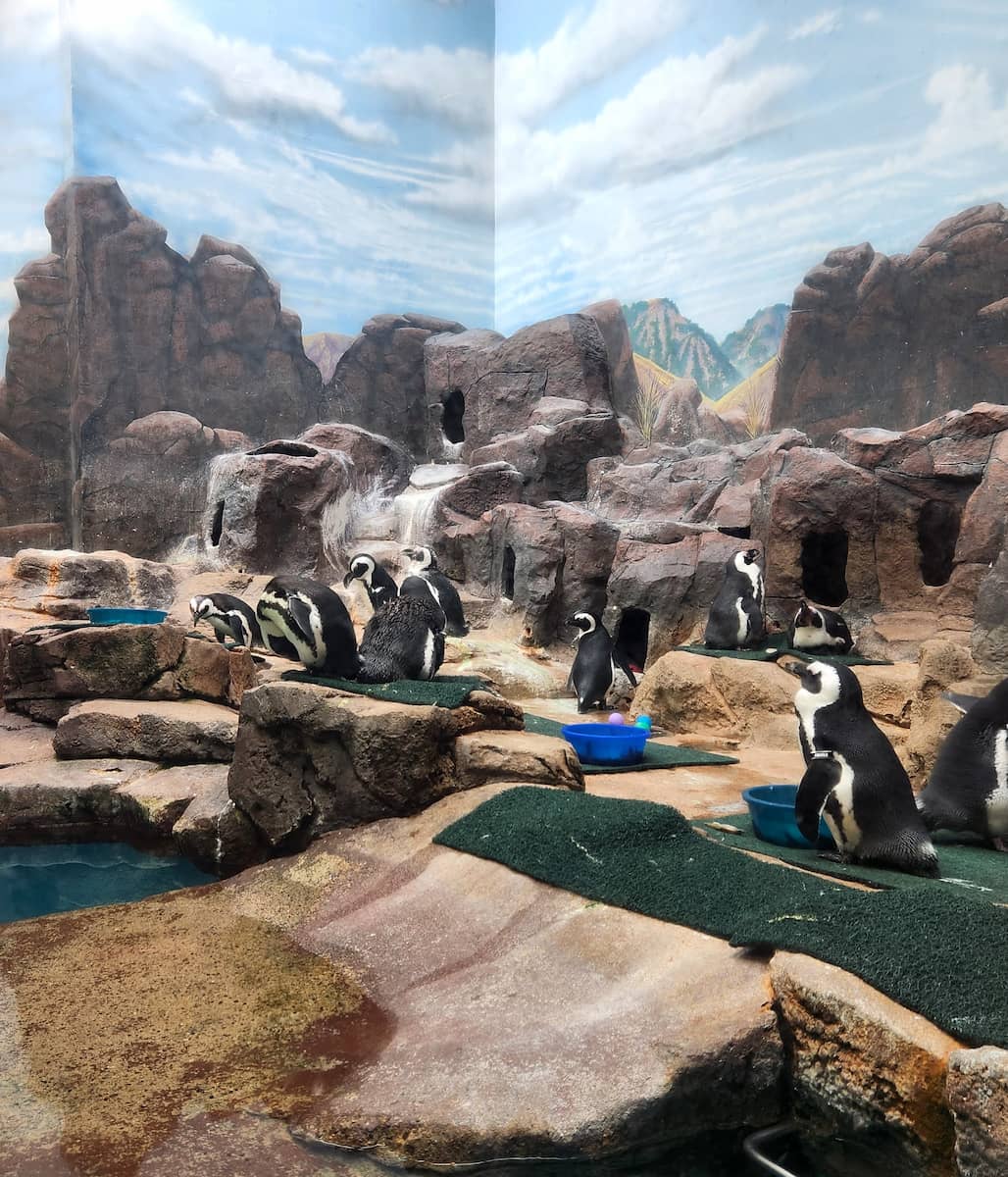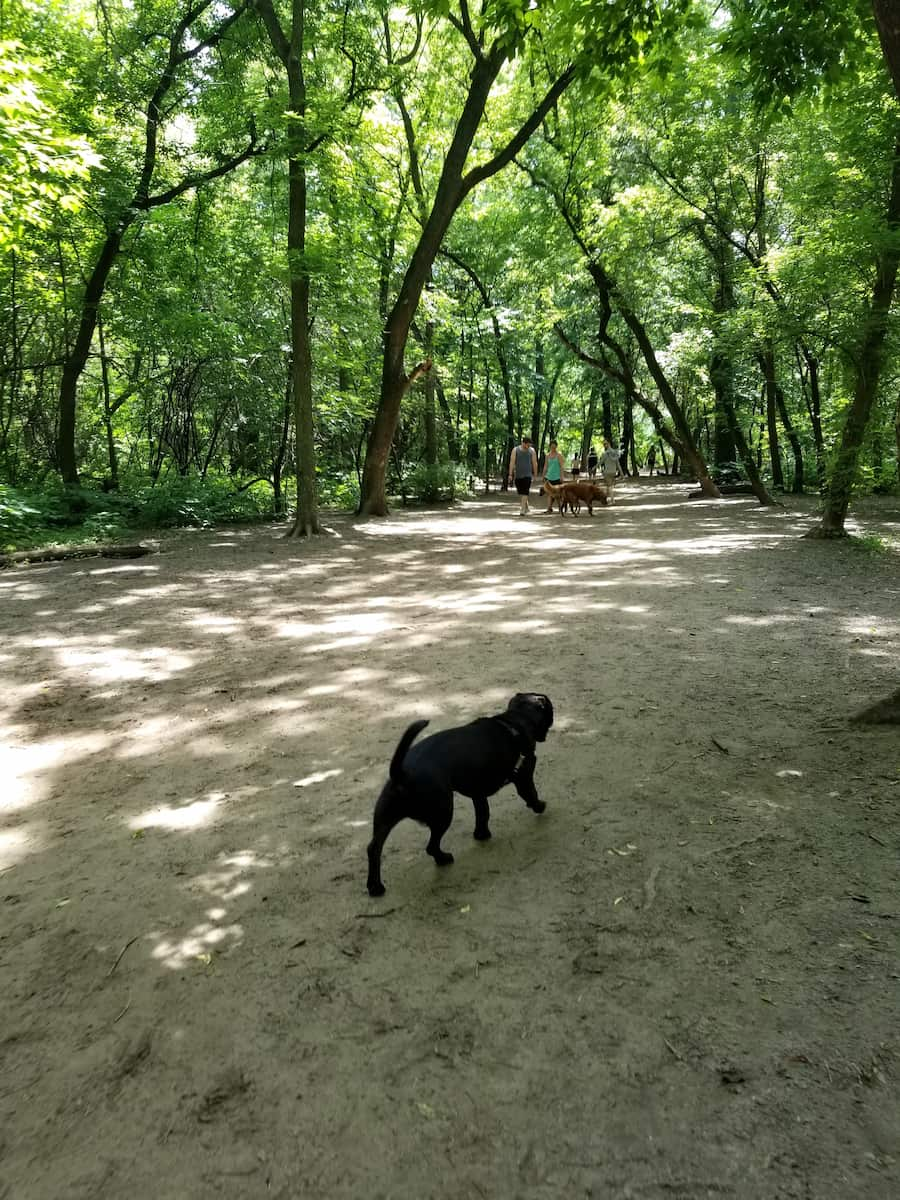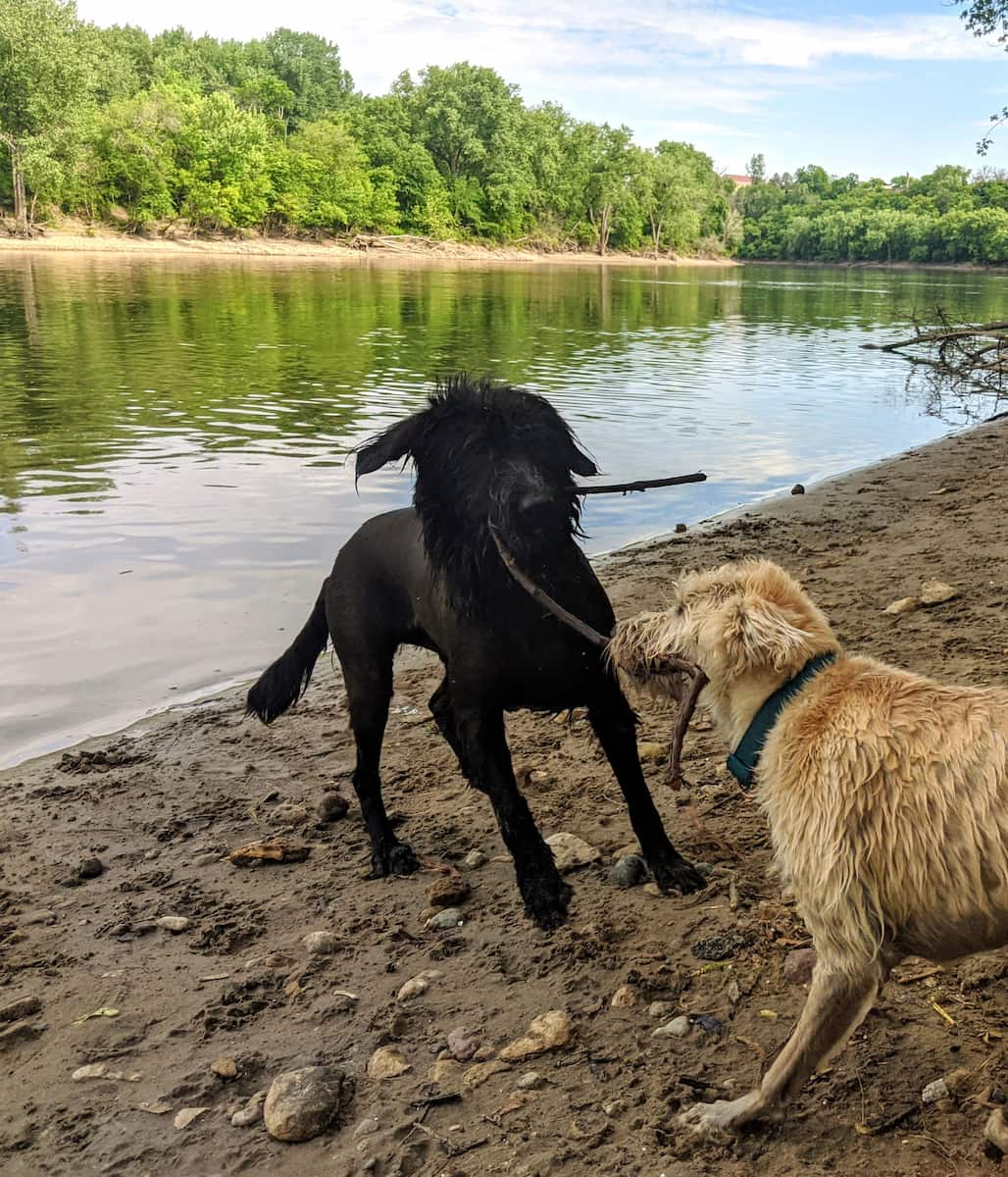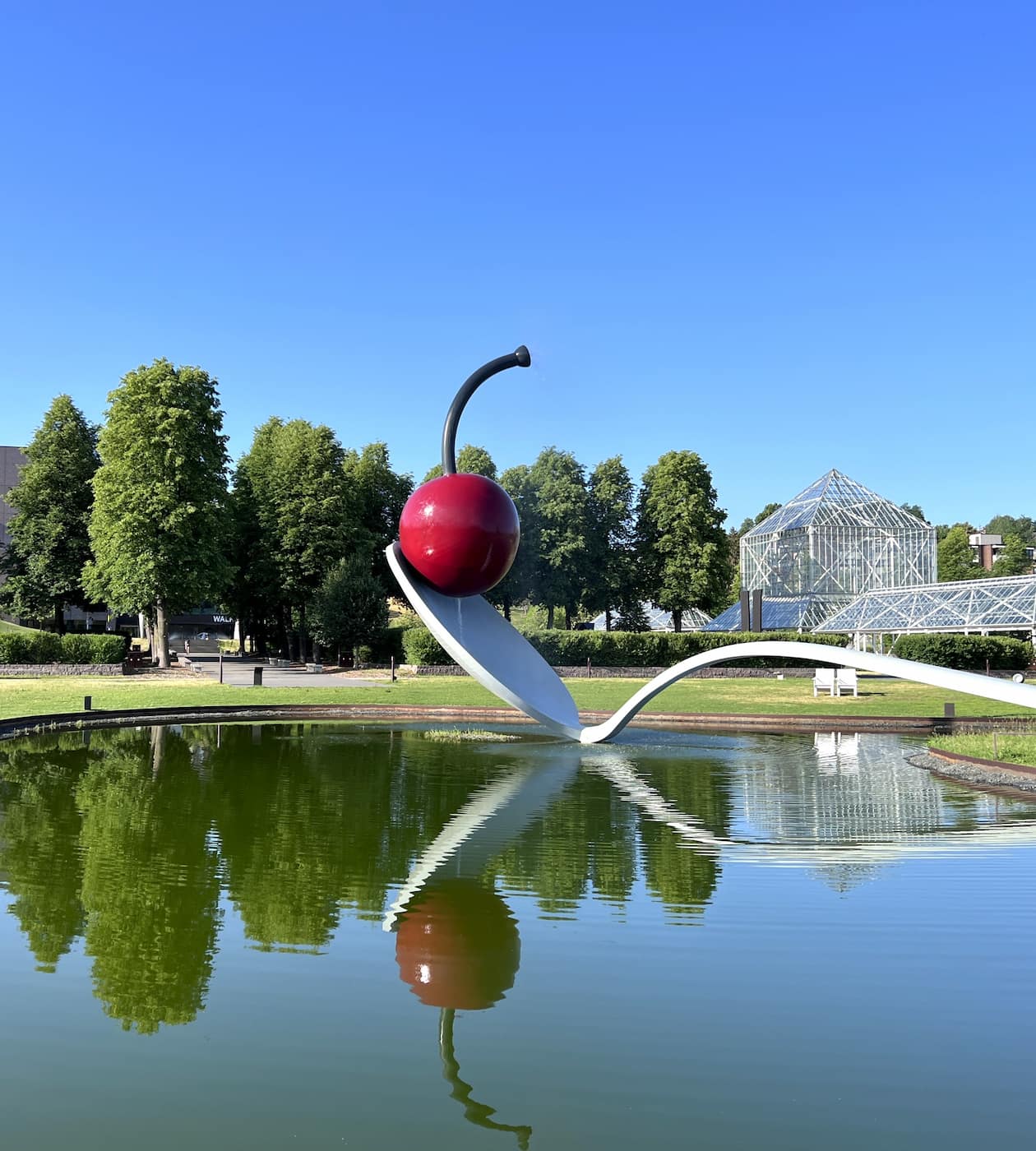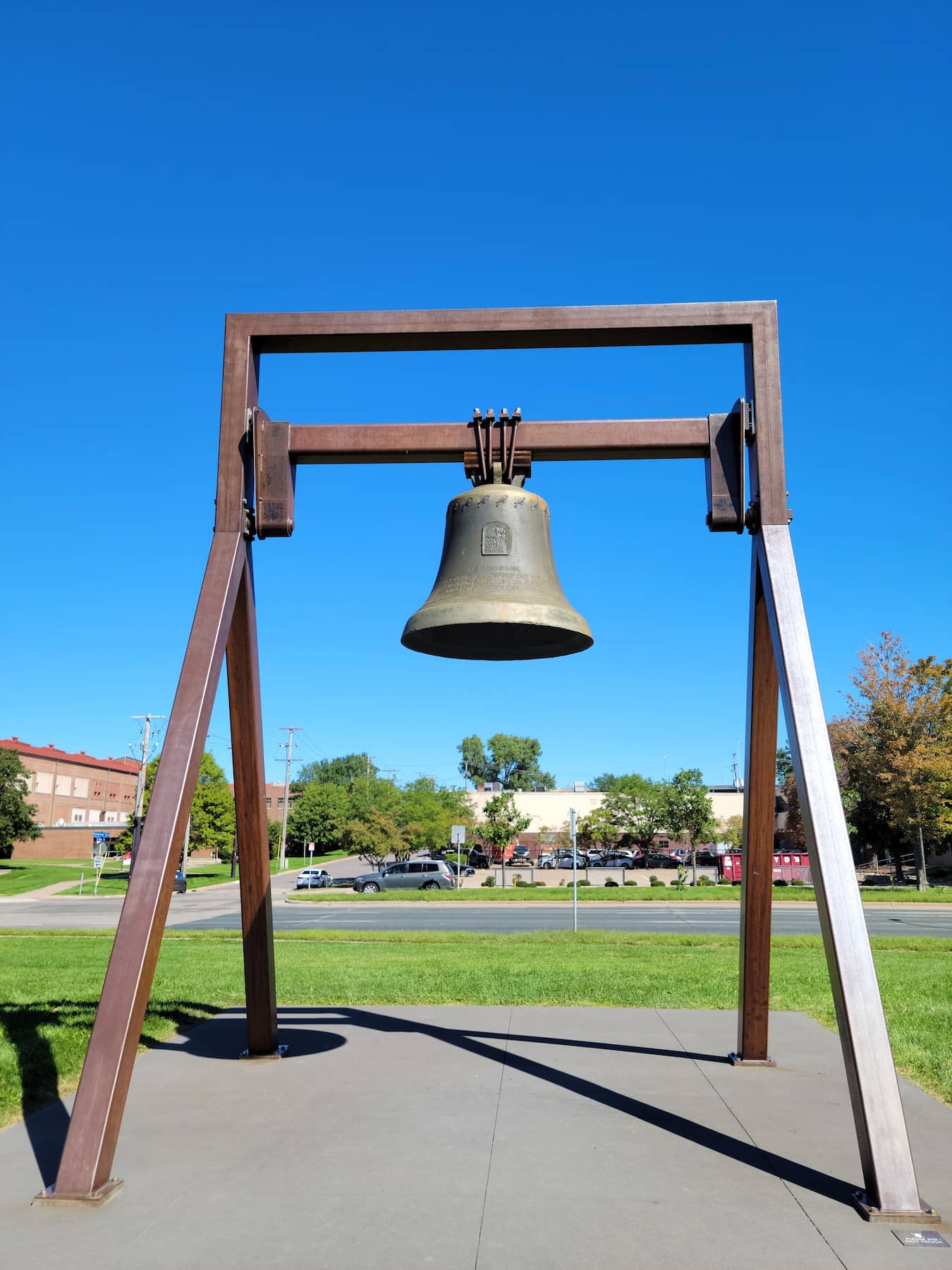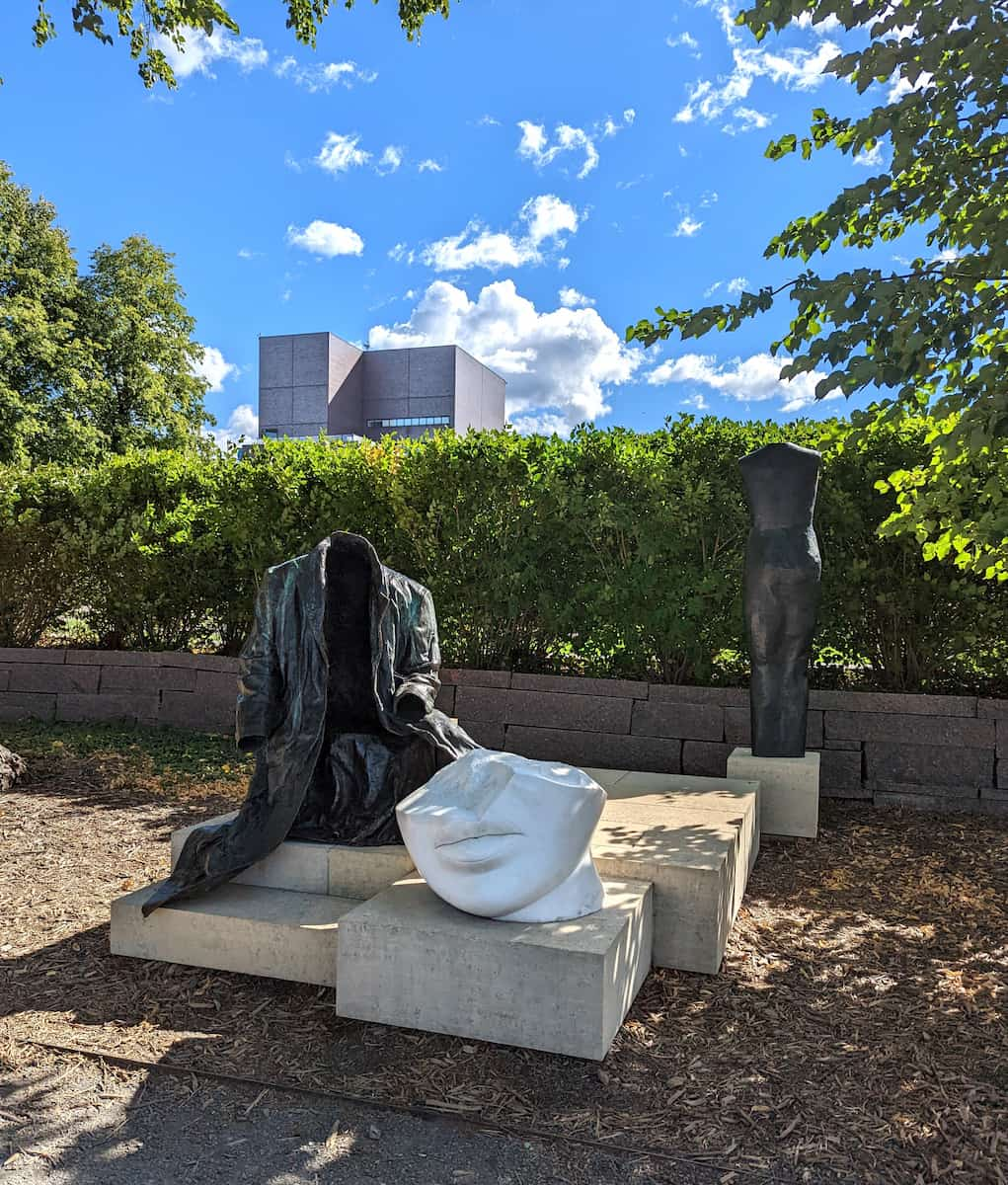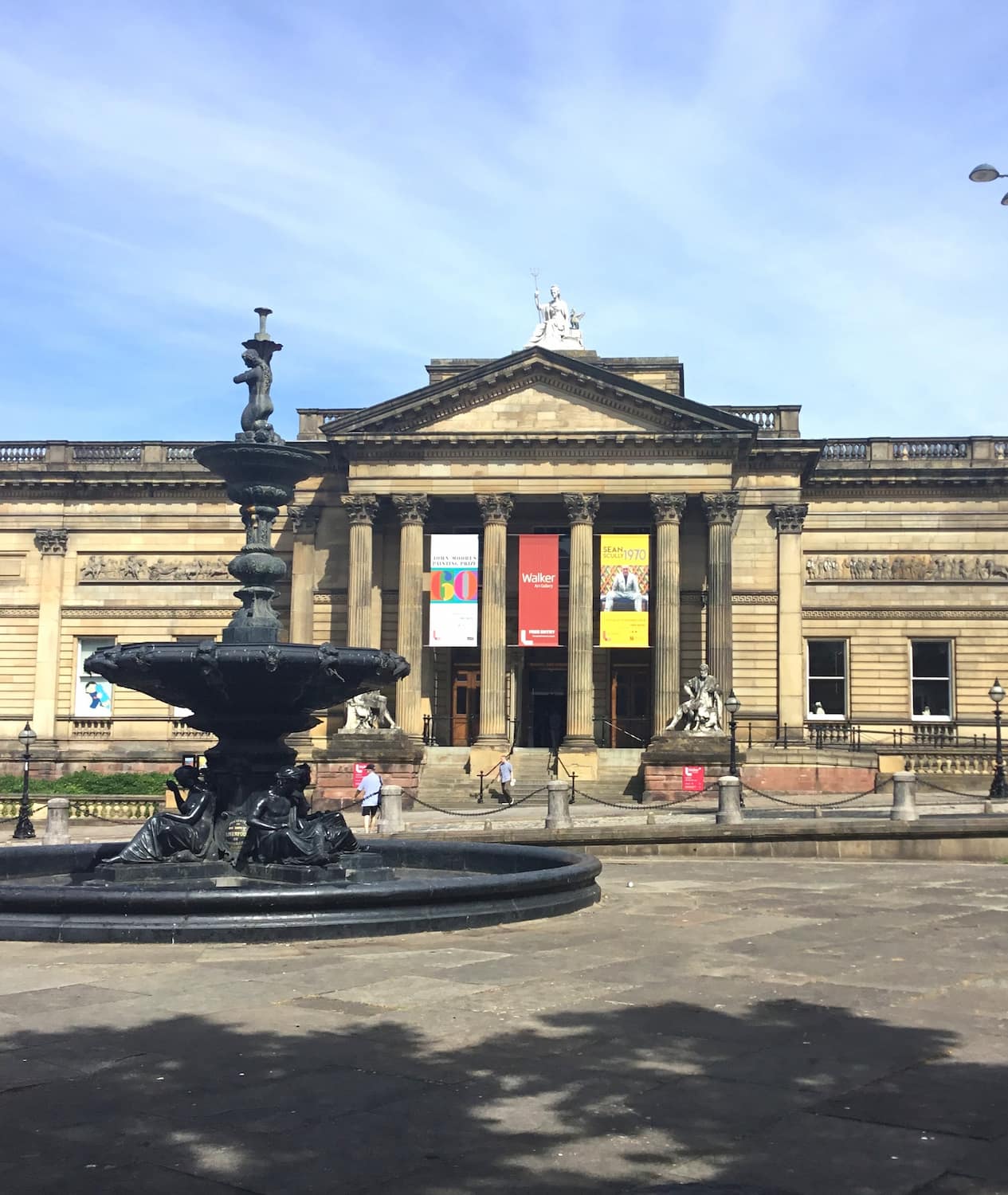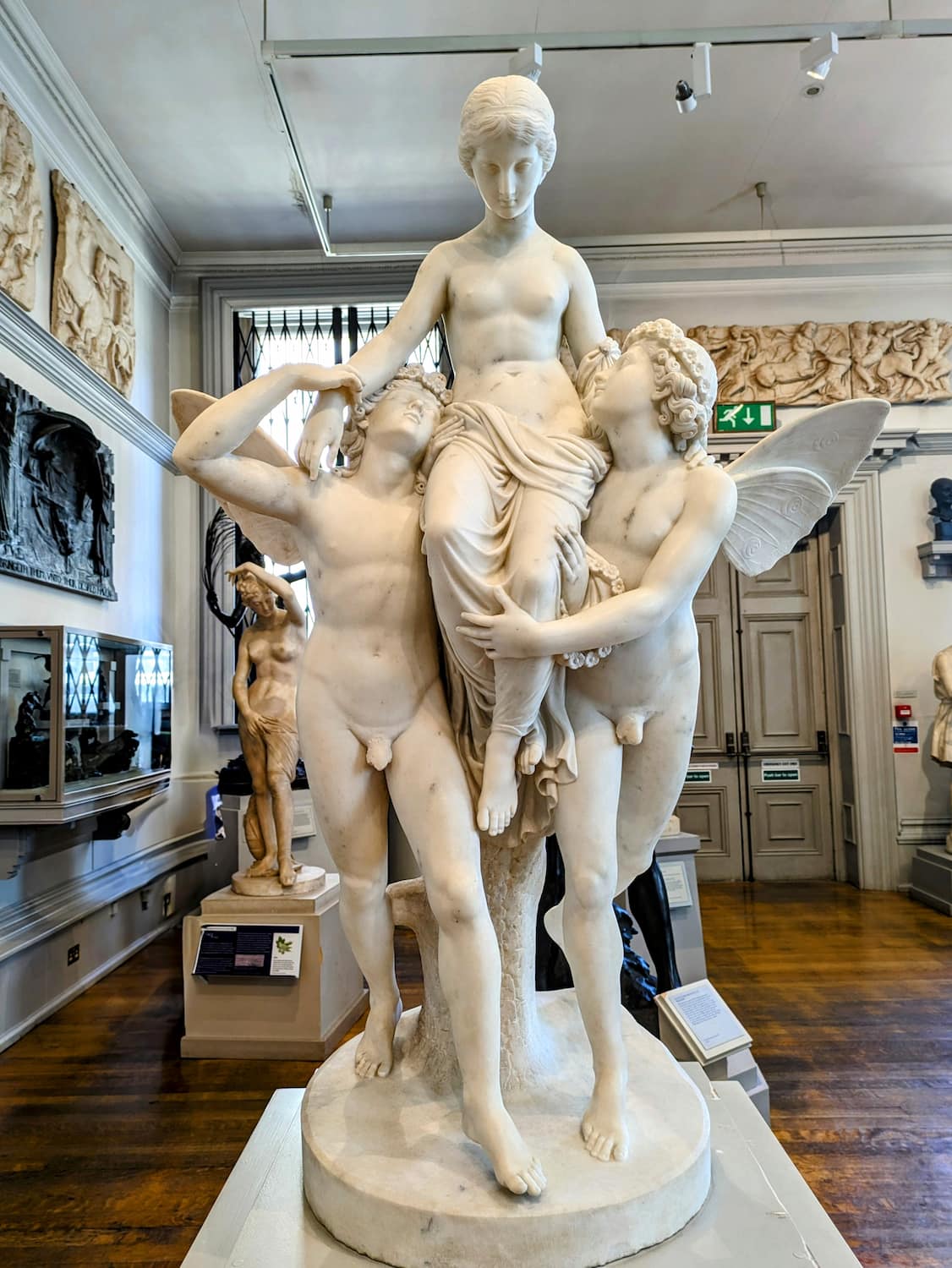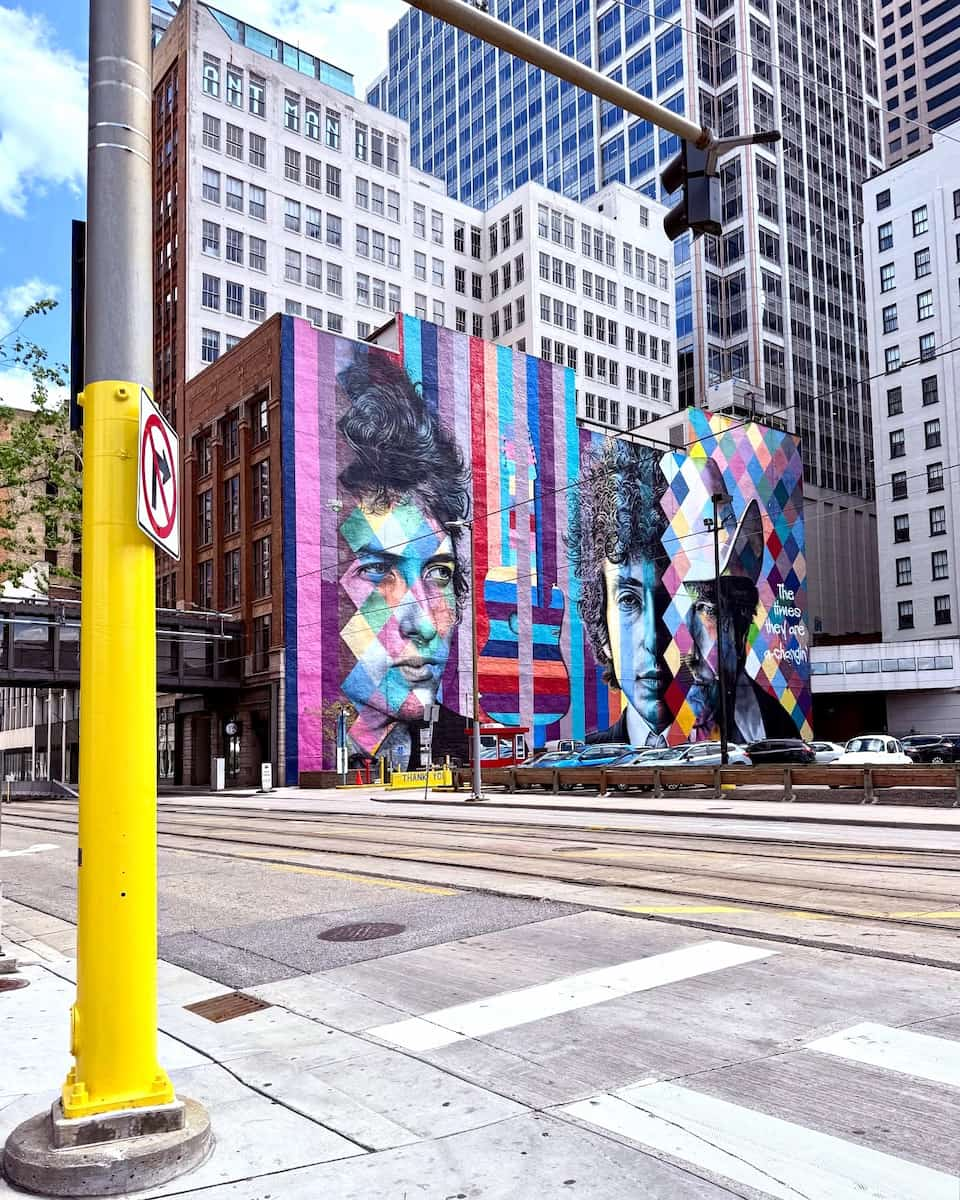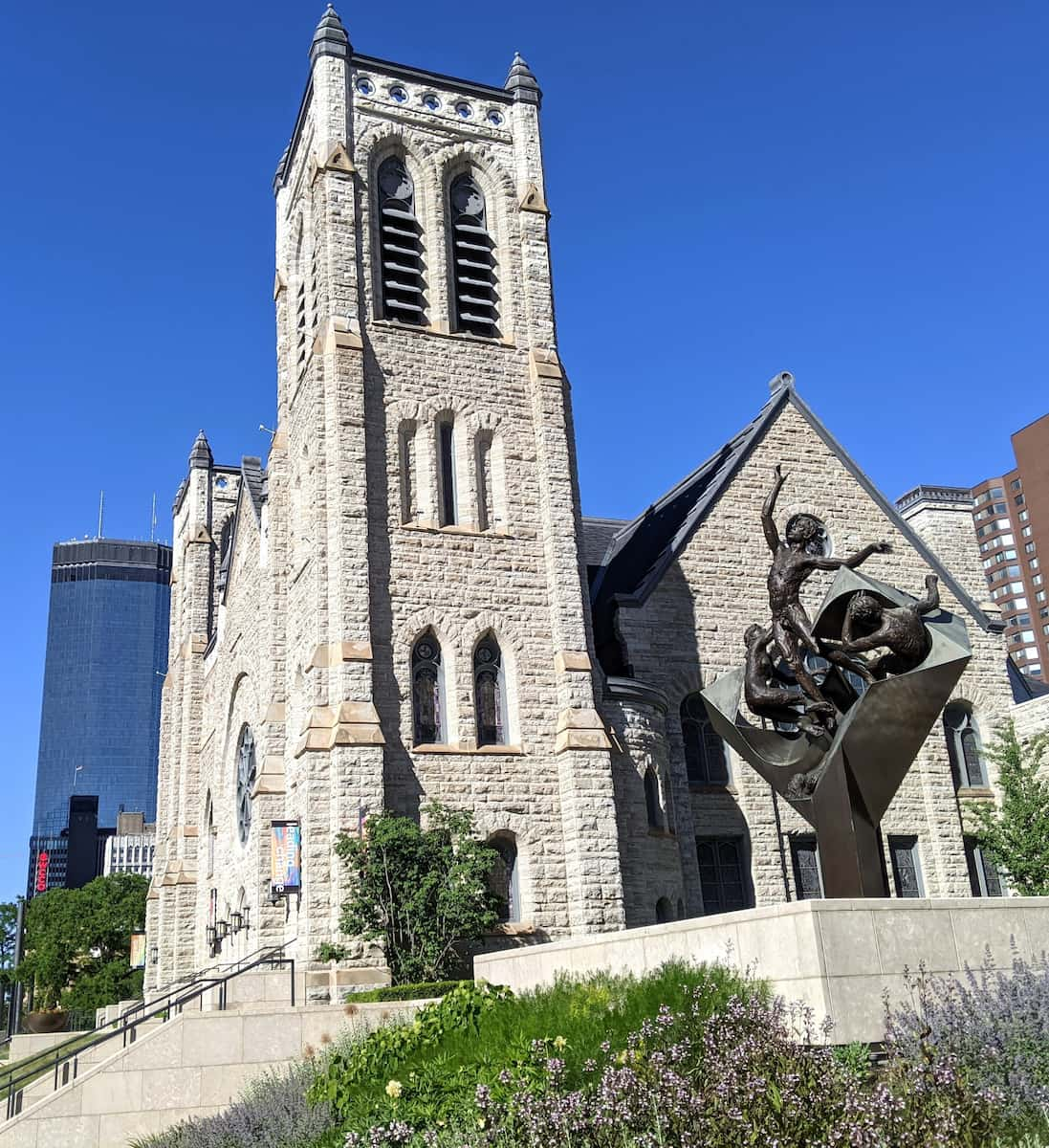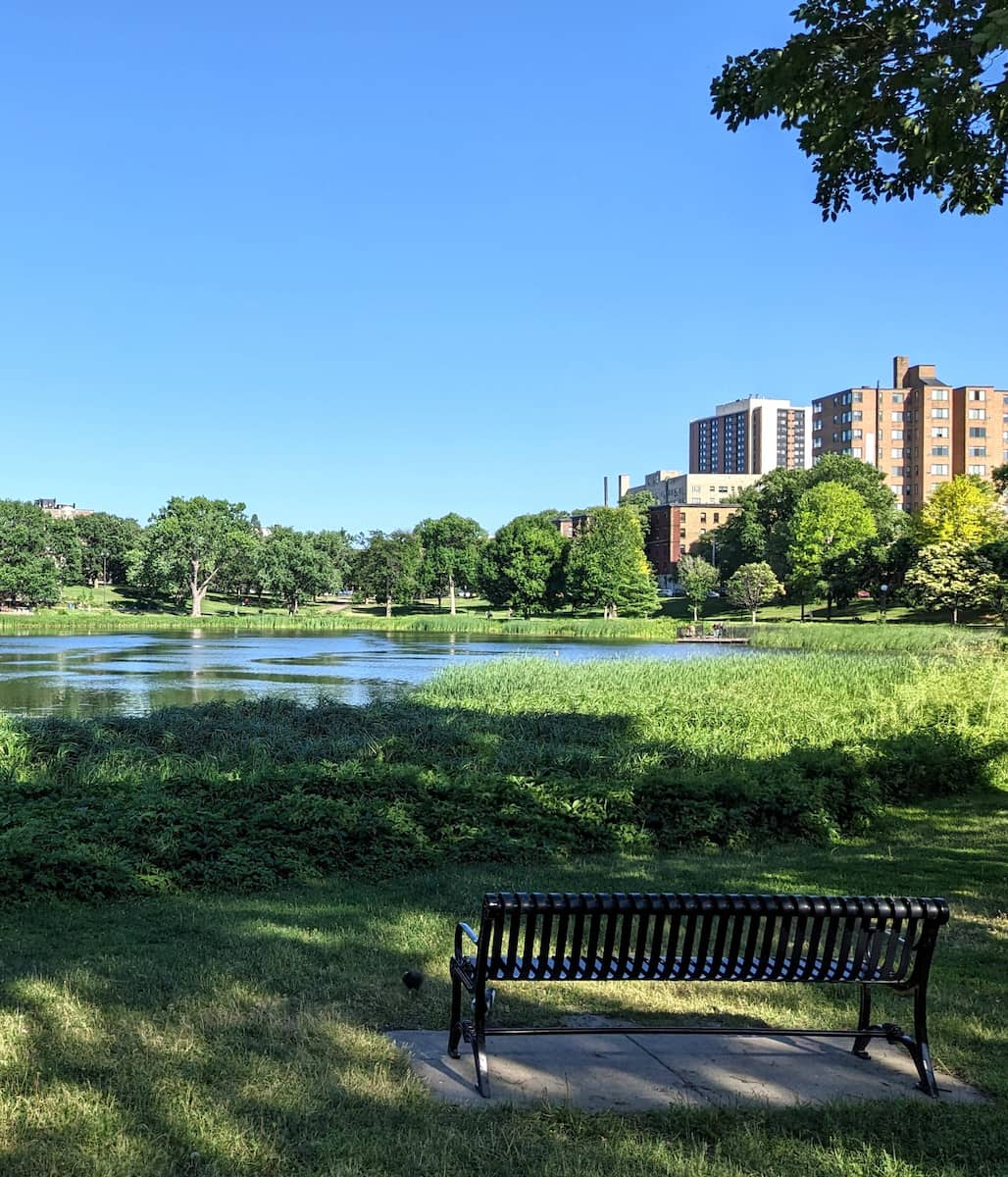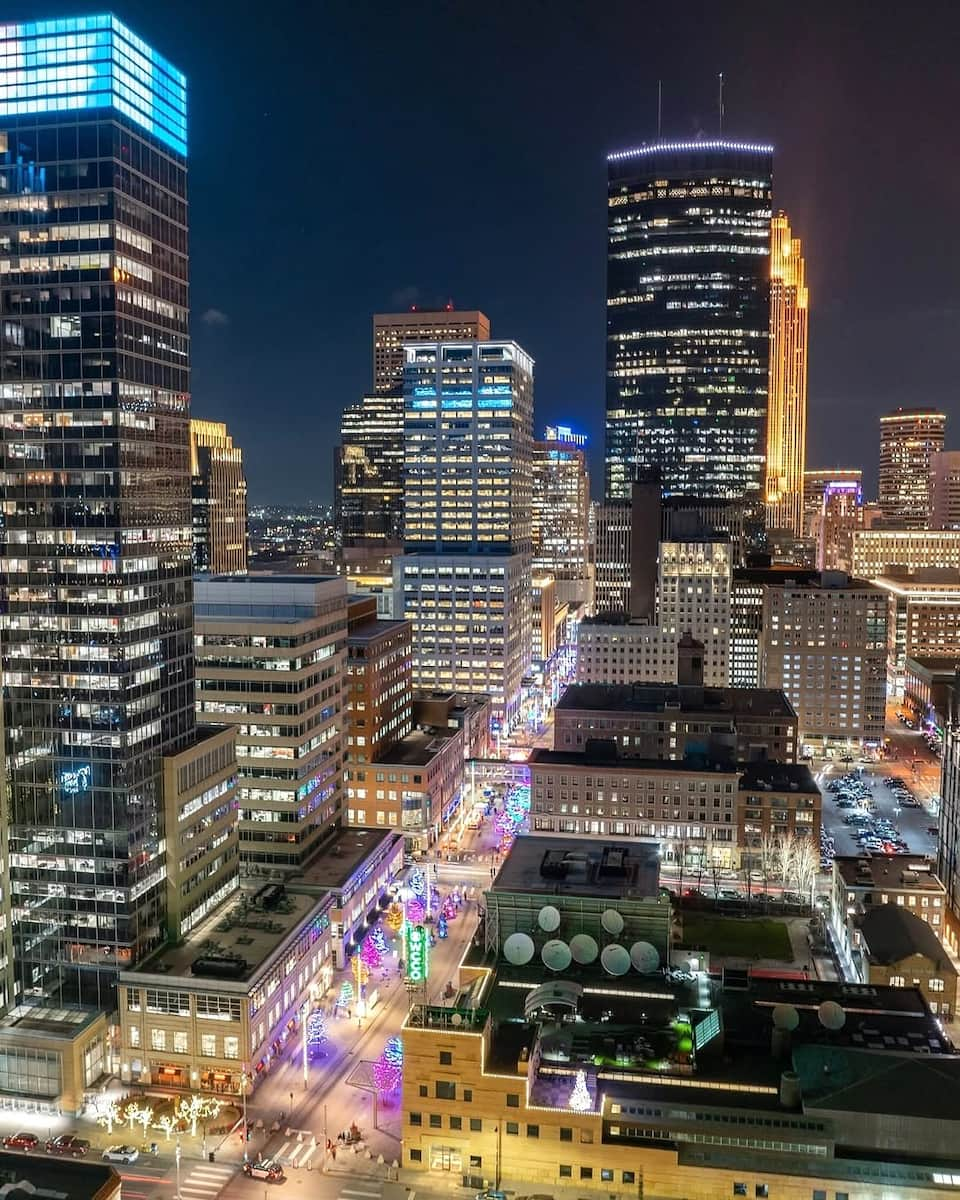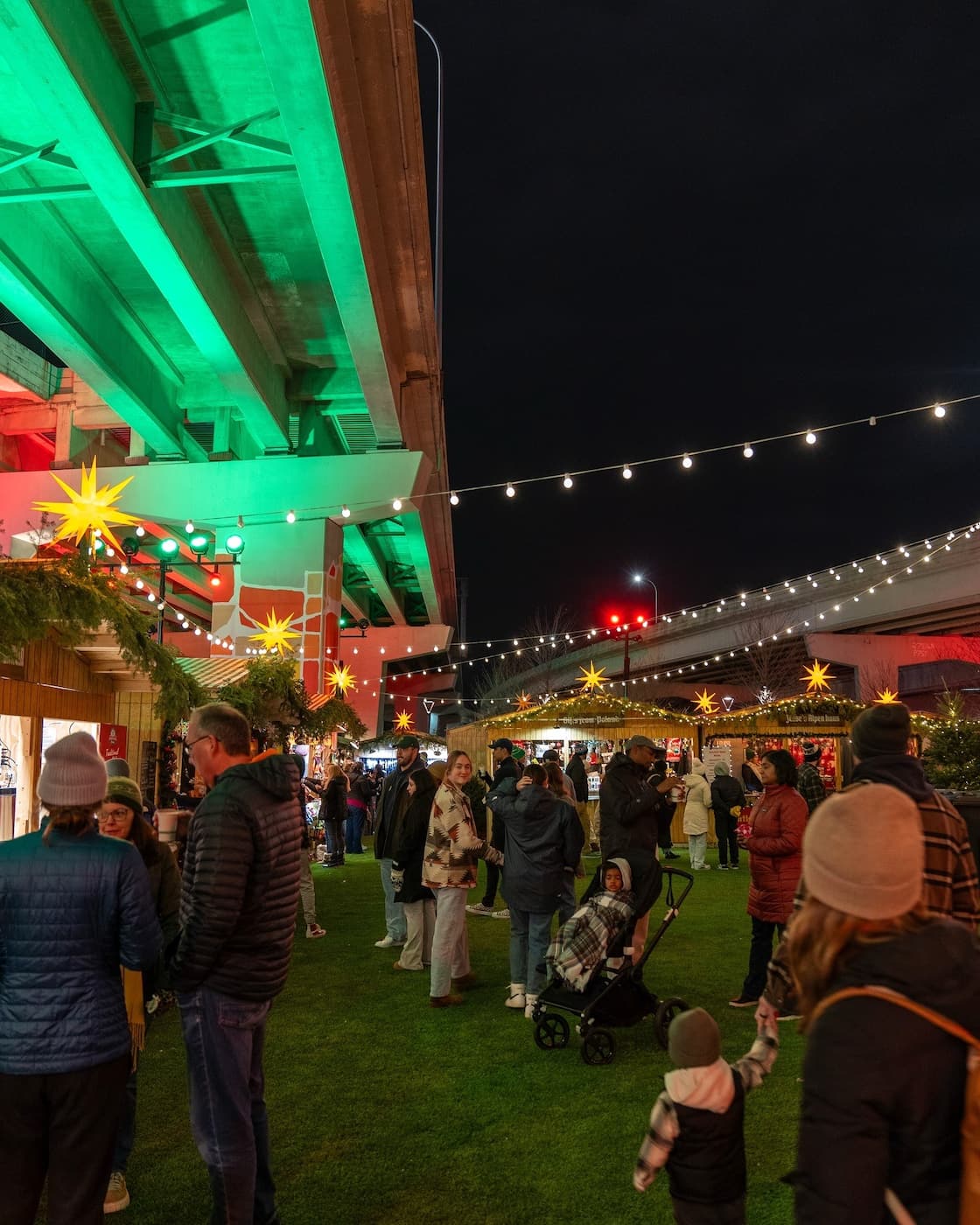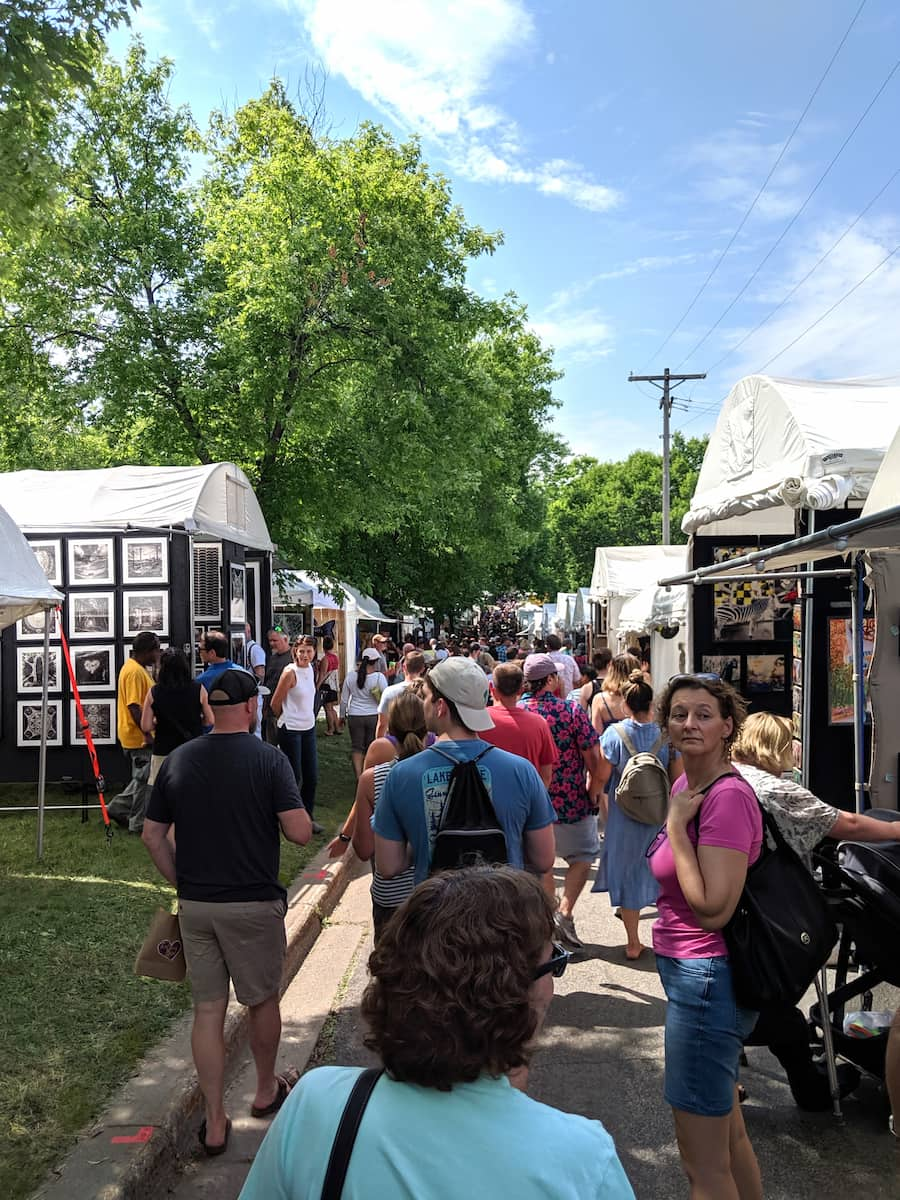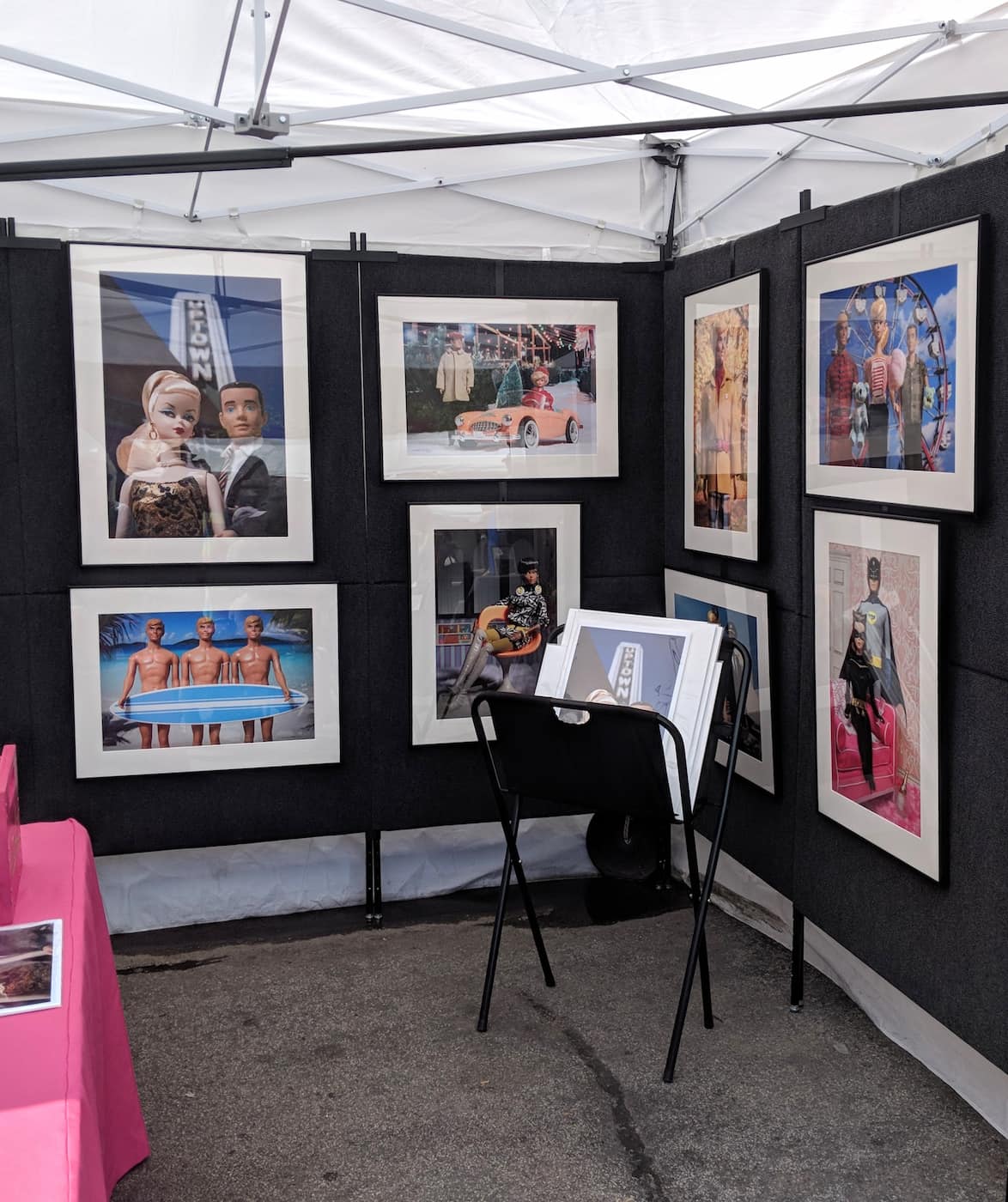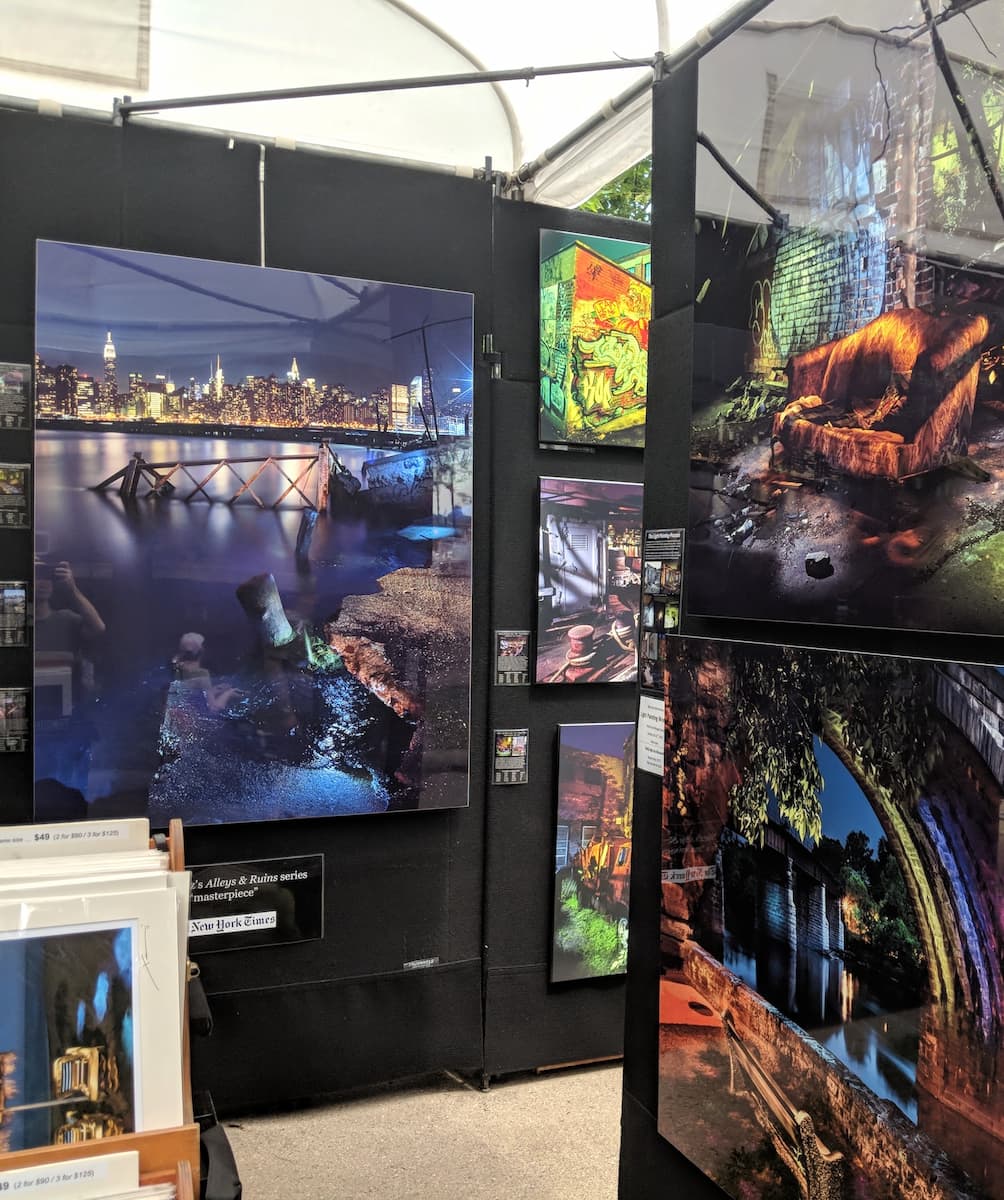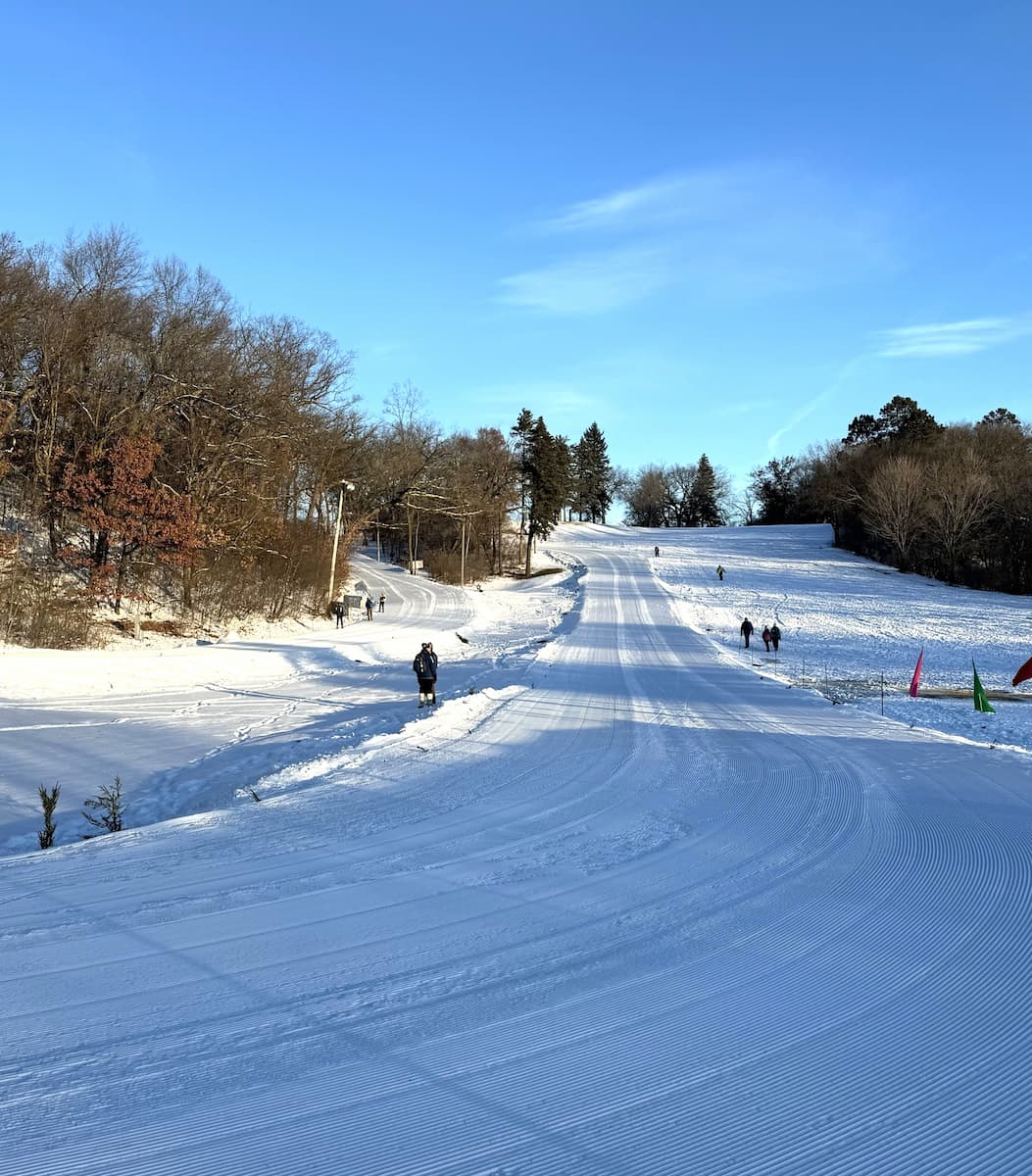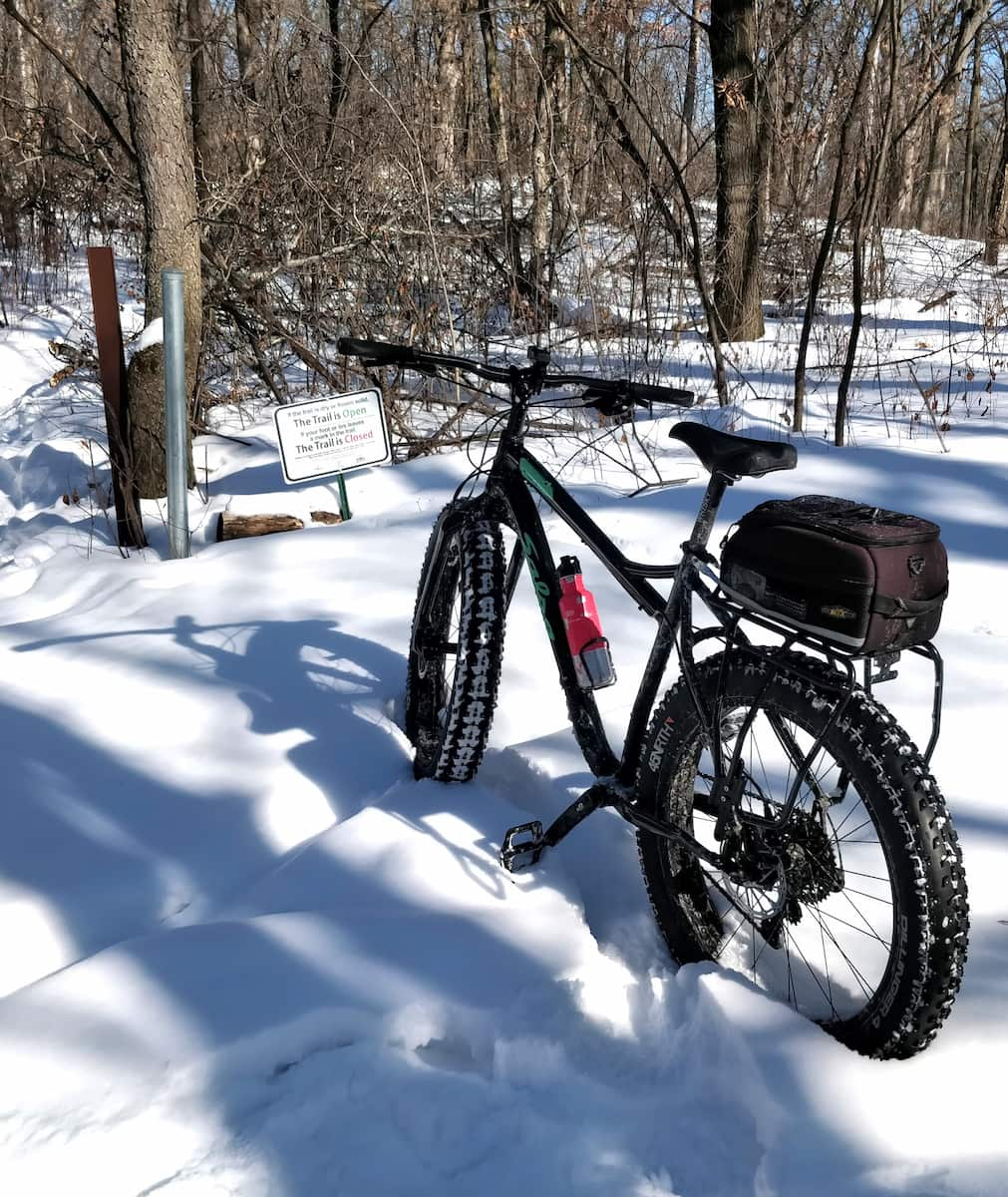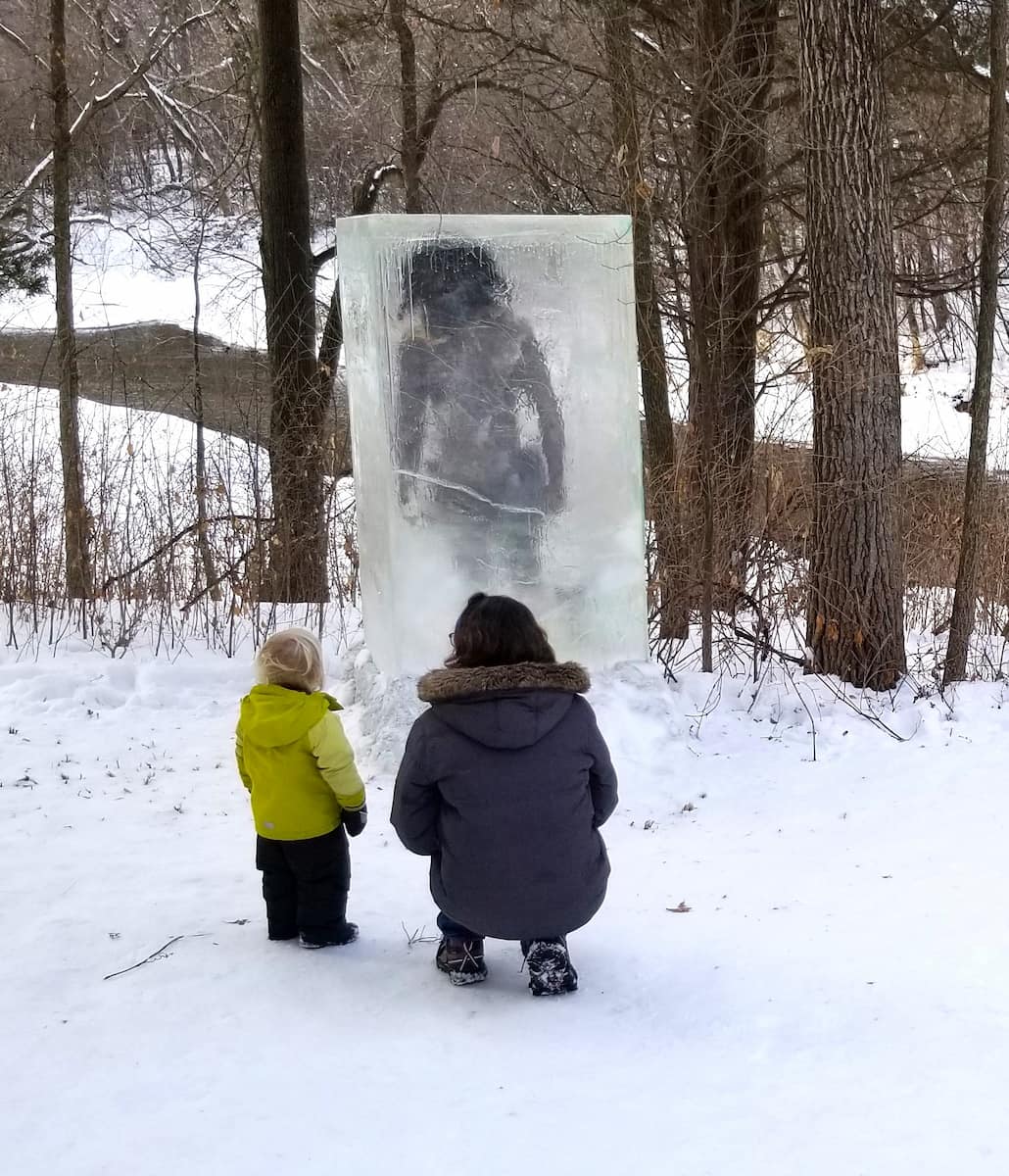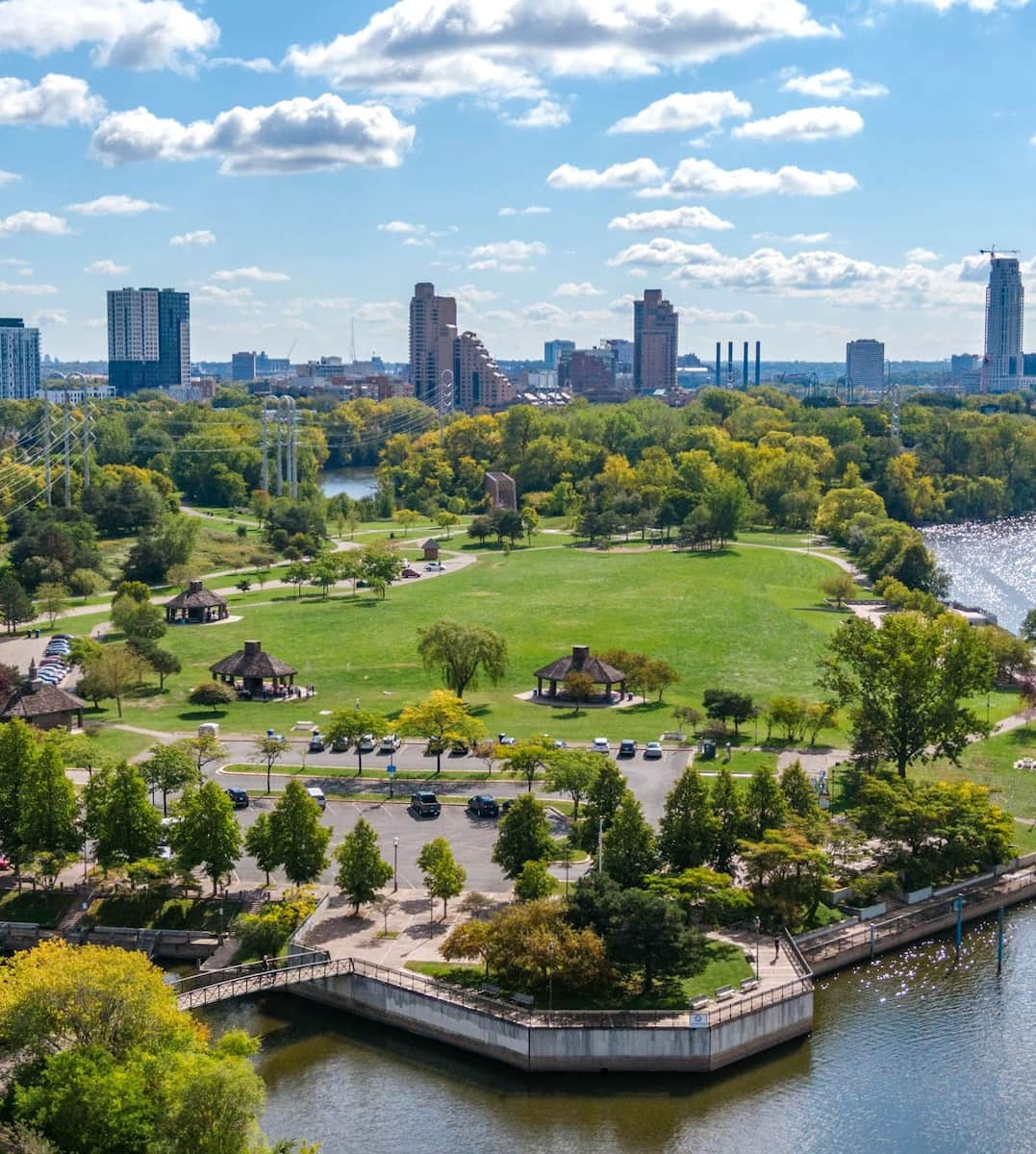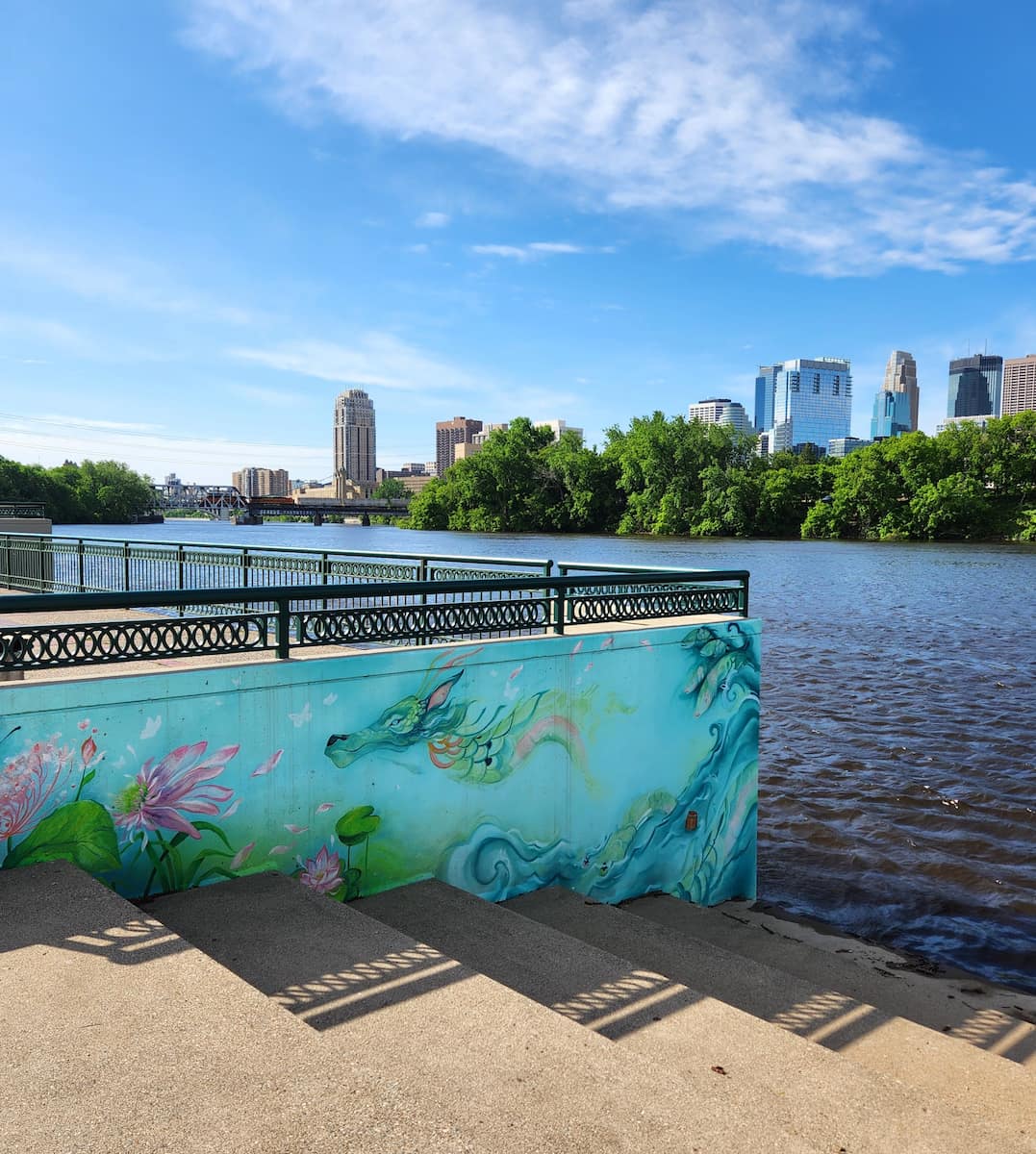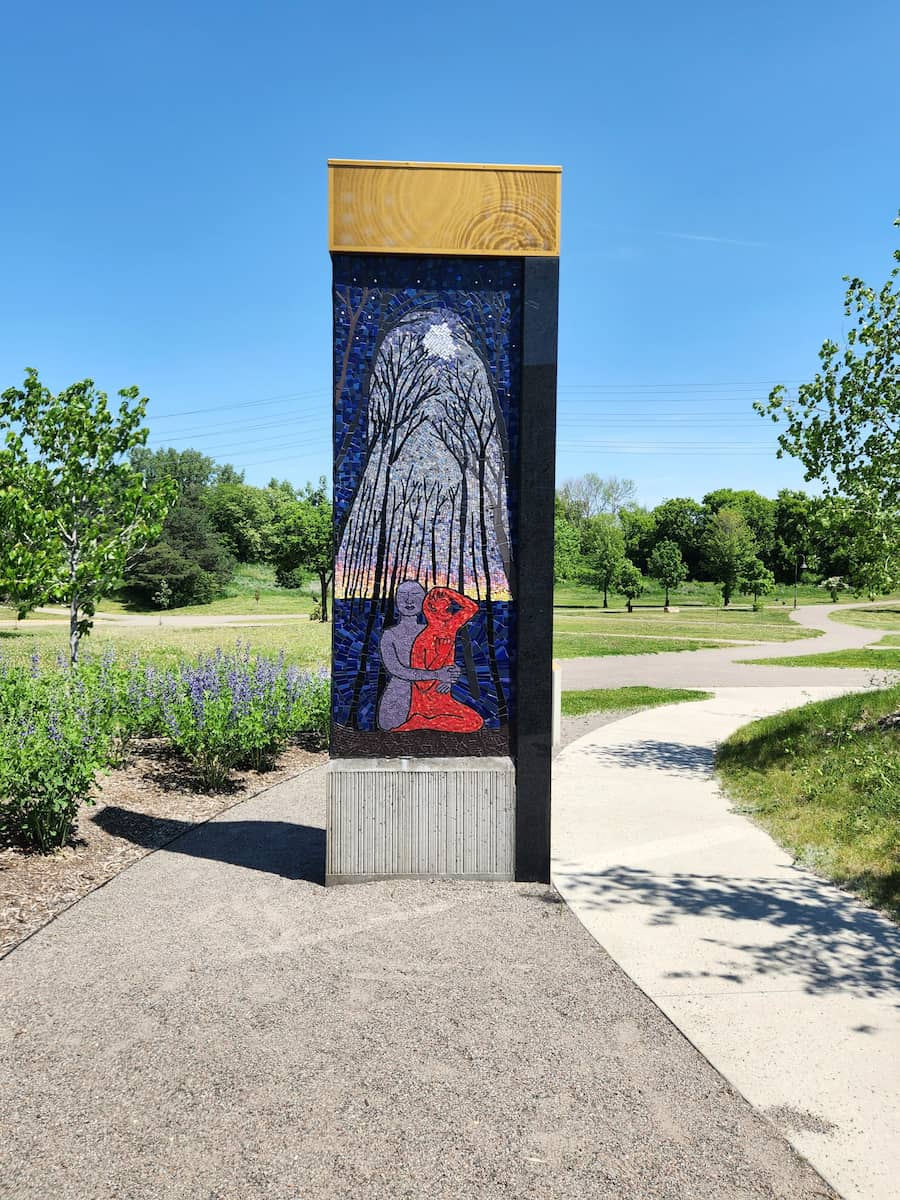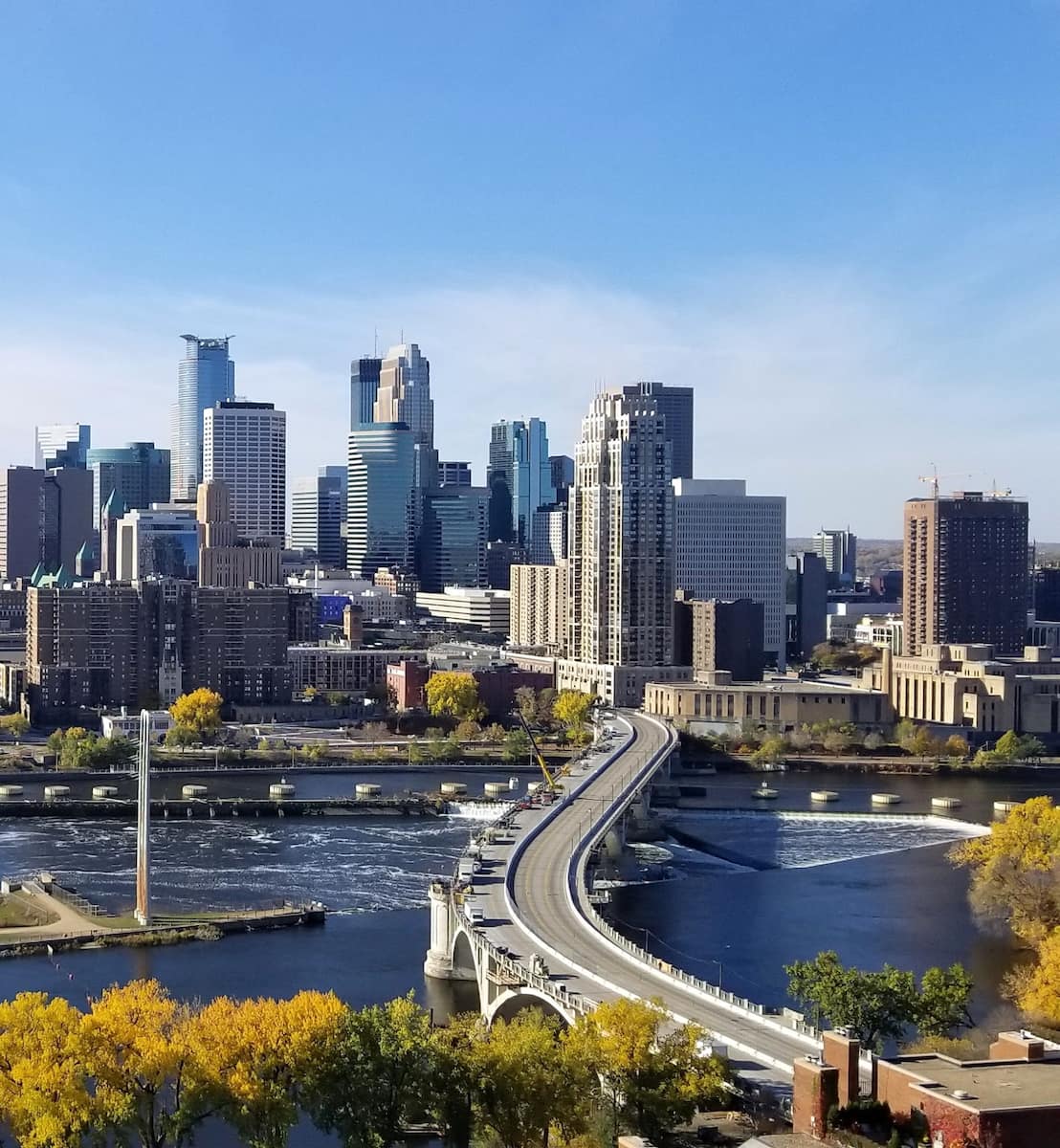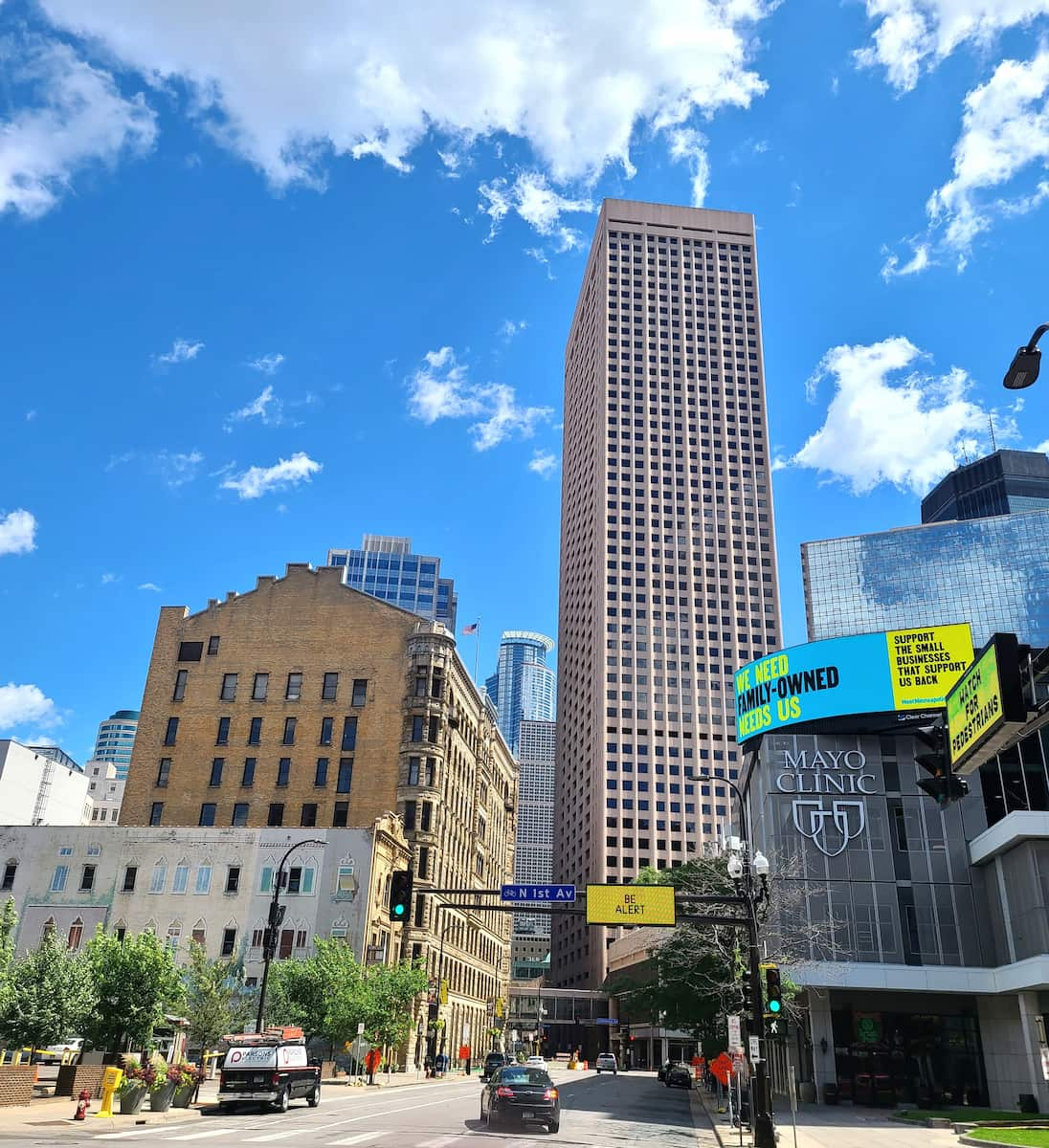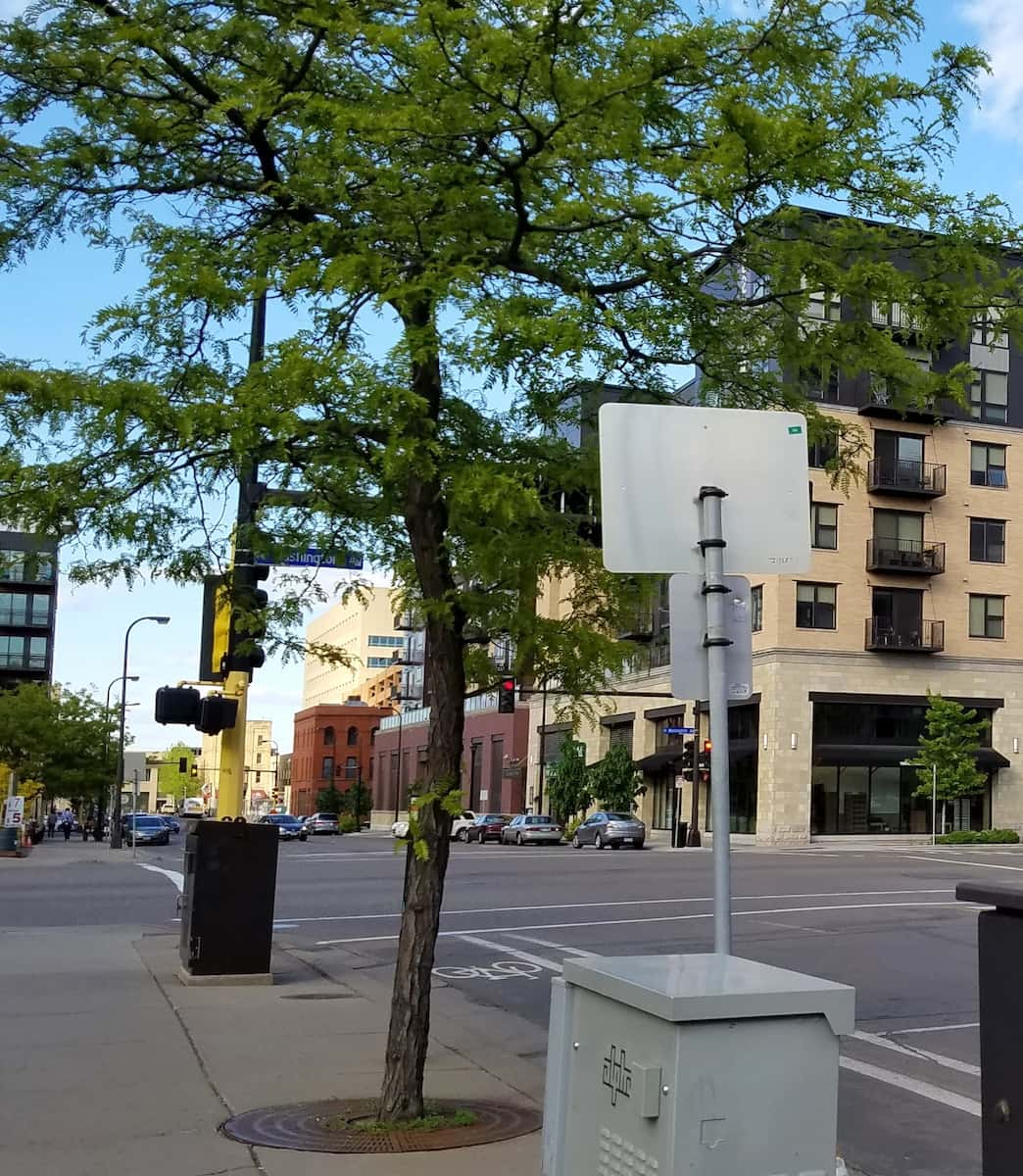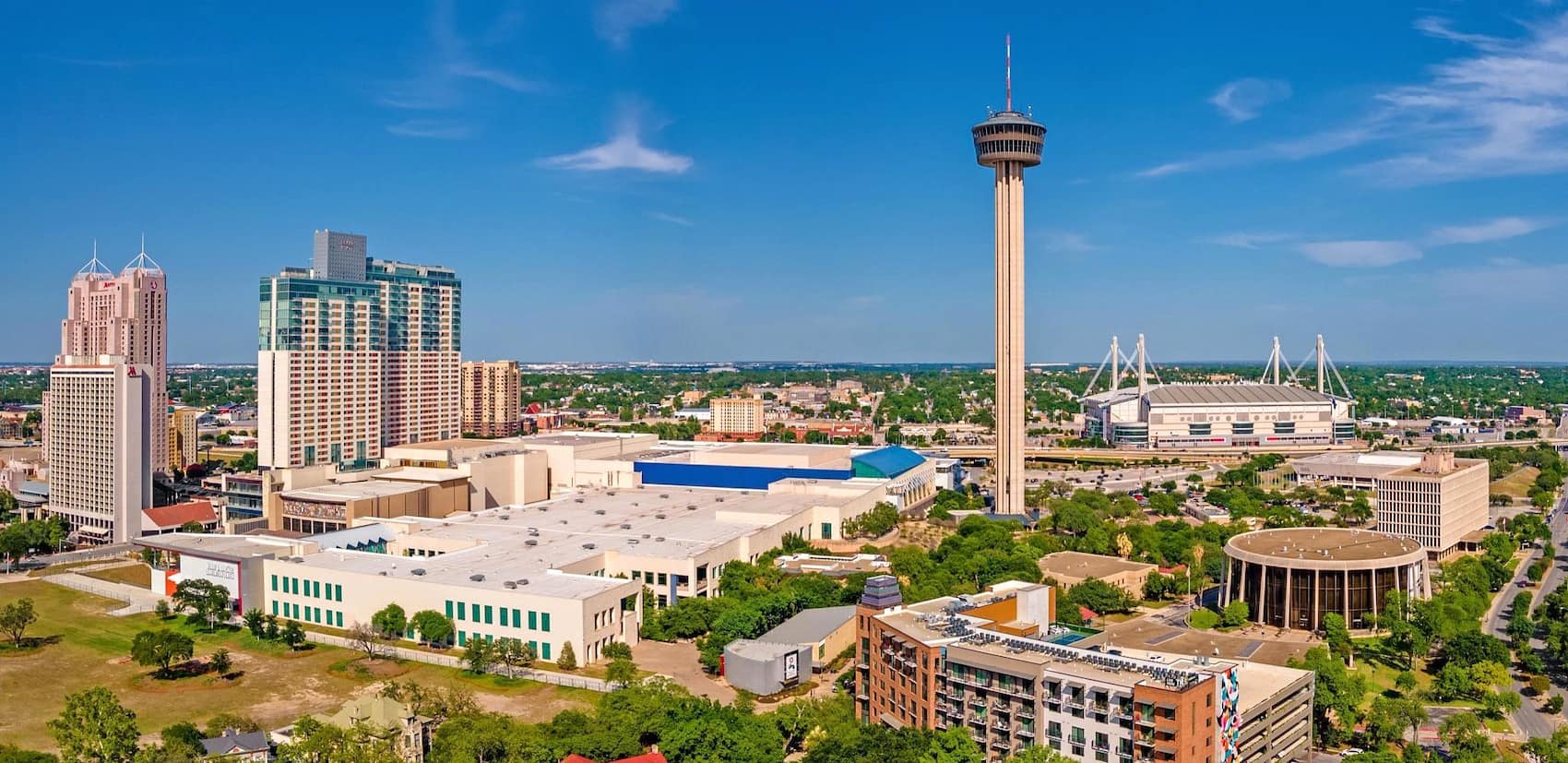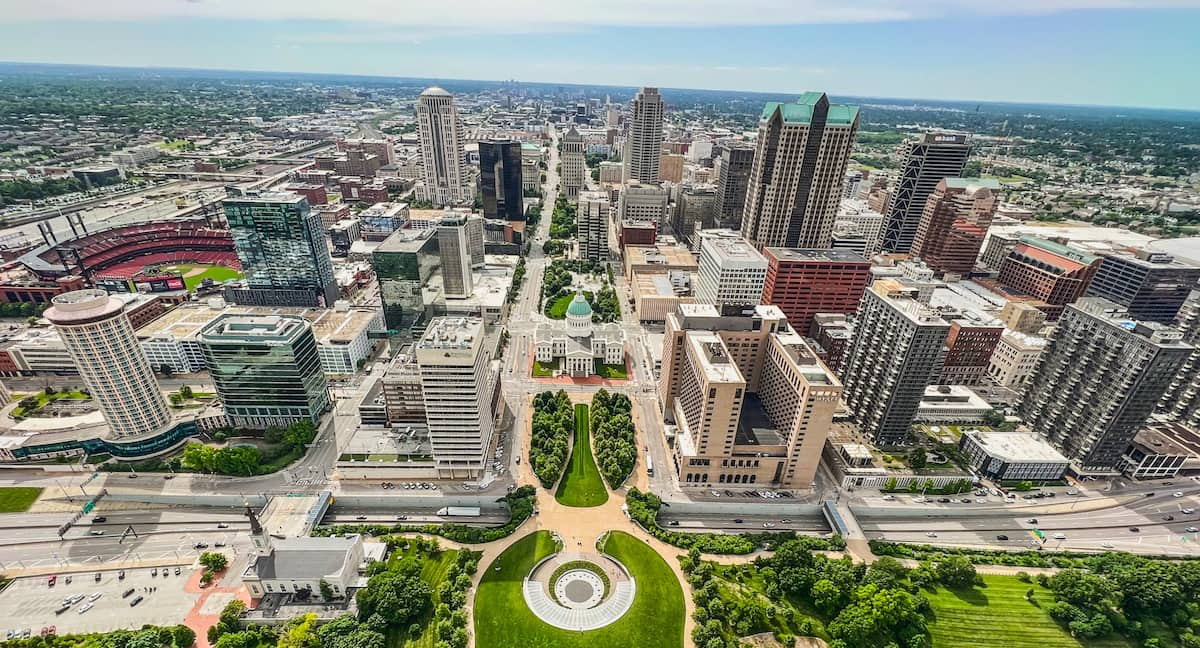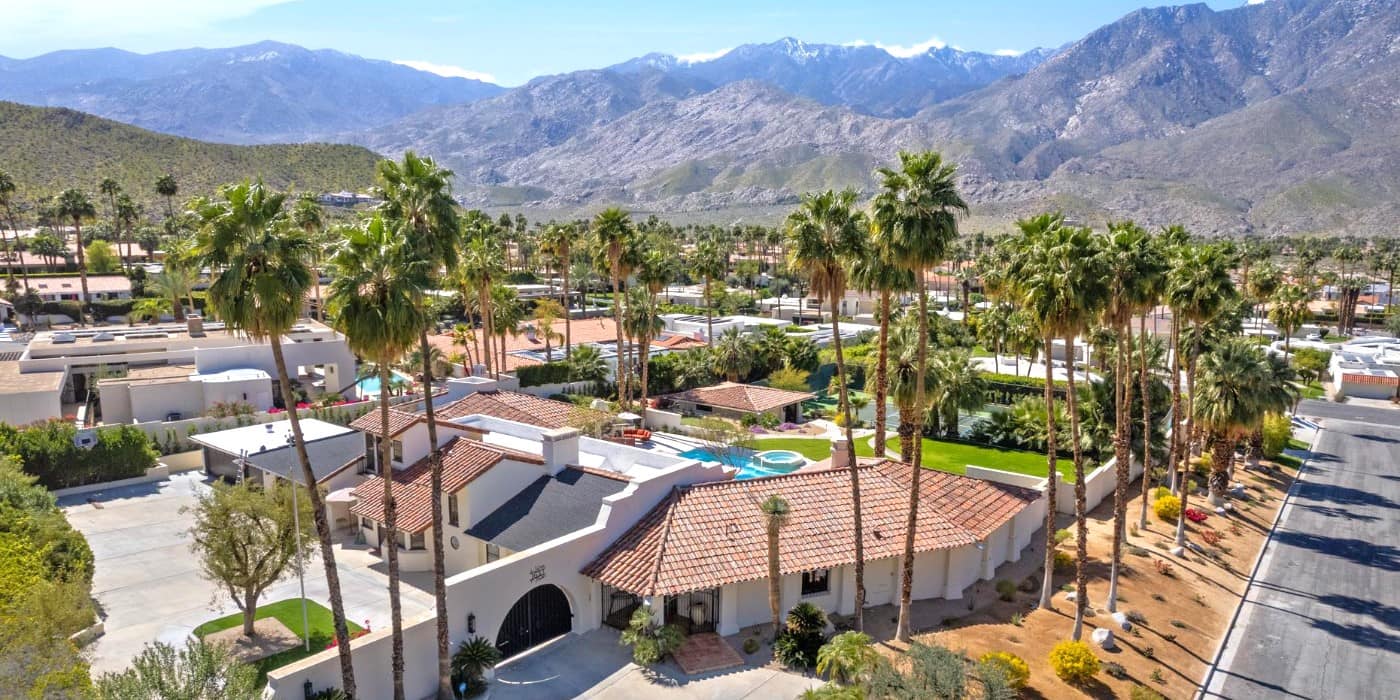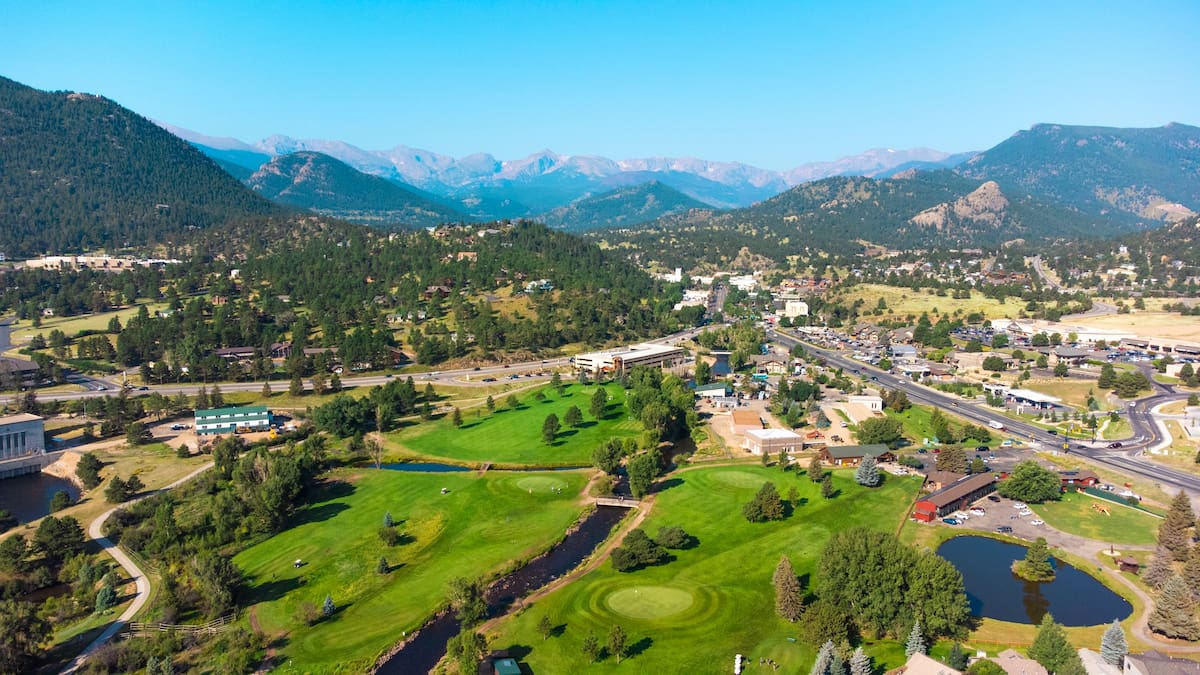Minneapolis is a city full of hidden gems and exciting adventures, waiting for curious travelers like you to uncover them. From stunning waterfalls right in the city to world-class galleries that won’t cost you a penny on certain days, this list will help you experience the best of the Twin Cities.
I’ve spent countless hours wandering Minneapolis’s charming neighborhoods and vibrant cultural scene to bring you this ultimate collection of must-do activities. Whether you’re in town for a few days or planning a longer stay, these 15 experiences will give you authentic memories of this beautiful Midwestern metropolis that most tourists miss completely.
🏠 Where to Stay in Minneapolis
- 💎 Luxury Hotel: Rand Tower Hotel, Minneapolis, a Tribute Portfolio Hotel
- ✨ 5-Star: The Royal Sonesta Minneapolis Downtown
- 🏨 4-Star: Hyatt Centric Downtown Minneapolis
- 🛏️ 3-Star: Hampton Inn & Suites - Minneapolis/Downtown
- 🏢 Apartment: Ana Maria del Azul, Minneapolis
- 💸 Cheap: Tru by Hilton Minneapolis, MN
- 👨👩👧👦 For Families: Holiday Inn Express Minneapolis-Downtown (Convention Center)
- 🏩 For Couples: The Royal Sonesta Minneapolis Downtown
💁 Best Guided Tours
- Minneapolis Narrated Trolley Tour from € 35 (⭐4.8/5)
- Minneapolis Candlelight Ghost Trolley Tour from € 42 (⭐4.7/5)
- Minnesota 3-Hour Minneapolis Walking Tour from € 38 (⭐4.9/5)
- Minneapolis Self-Guided Audio Tour of Prince's Downtown from € 12 (⭐4.6/5)
Best Things To Do in Minneapolis, Minnesota
1. Minnehaha Falls
Magnificent Falls. I couldn’t believe my eyes when I first saw the 53-foot cascade plunging dramatically over limestone bluffs. Located in one of Minneapolis’s oldest nature areas (established 1889), this natural wonder attracts over 850,000 people annually, and for good reason. The crash of water and cool mist rising from the basin create a refreshing escape from the surrounding area.
Viewing Options. For the best experience, I recommend viewing from multiple angles. Peer over the ledge from the top for a dramatic perspective, then take the somewhat uneven stone staircase down to the basin for a completely different view. The stairs are steep though, so I’d only attempt this if you’re reasonably fit. My favorite spot was standing at the bottom where the mist cooled my face on a hot summer day.
Beyond. I wandered the lovely creek-side trails that lead through the area. The sandstone walls along the path feature interesting carvings, and during my autumn trip, I spotted several herons and cranes. Don’t miss the natural wading pool downstream where families cool their feet in the shallow, rock-studded water – perfect for hot days!
Practical Information:
| Feature | Details |
|---|---|
| Parking | $1.50-$2.00/hour (paid lot) or free lot available |
| Hours | 6:00 AM – 12:00 AM daily |
| Amenities | Sea Salt Eatery (seasonal restaurant), restrooms in pavilion |
| Transportation | Light rail stops 5 blocks away |
⭐ Best Activities
- Minnehaha Falls: Self-Guided Audio Tour of Minneapolis – Explore one of America’s greatest urban waterfalls at your own pace with this engaging audio guide that shares fascinating stories about hermits, presidents, geology, and park history, allowing you to stop, start, and pause whenever you like during this 1-1.5 hour experience.
2. Minneapolis Institute of Art
Art Wonderland. I spent an entire afternoon wandering through this magnificent gallery and still didn’t see everything. This impressive venue houses over 90,000 artworks spanning 5,000 years of world history. What impressed me most was that this world-class collection is completely free to enter, making it accessible to everyone regardless of budget.
Global Treasures. The Asian art collection blew me away with its stunning jade carvings and ancient pottery. I particularly loved the Japanese woodblock prints and the peaceful Chinese garden furniture display. European masterpieces by Rembrandt, Monet, and van Gogh hang alongside contemporary American works, creating a truly global experience.
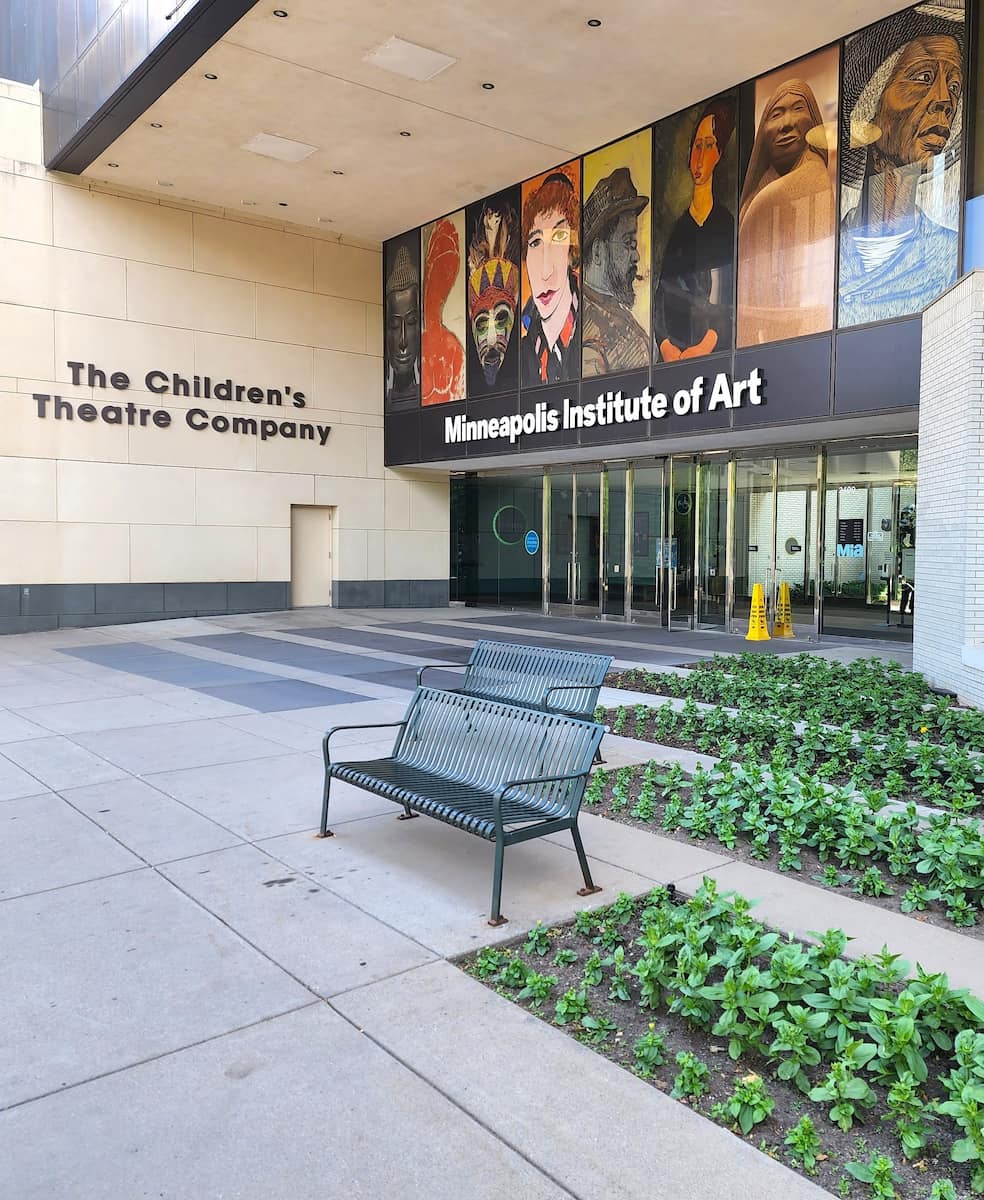
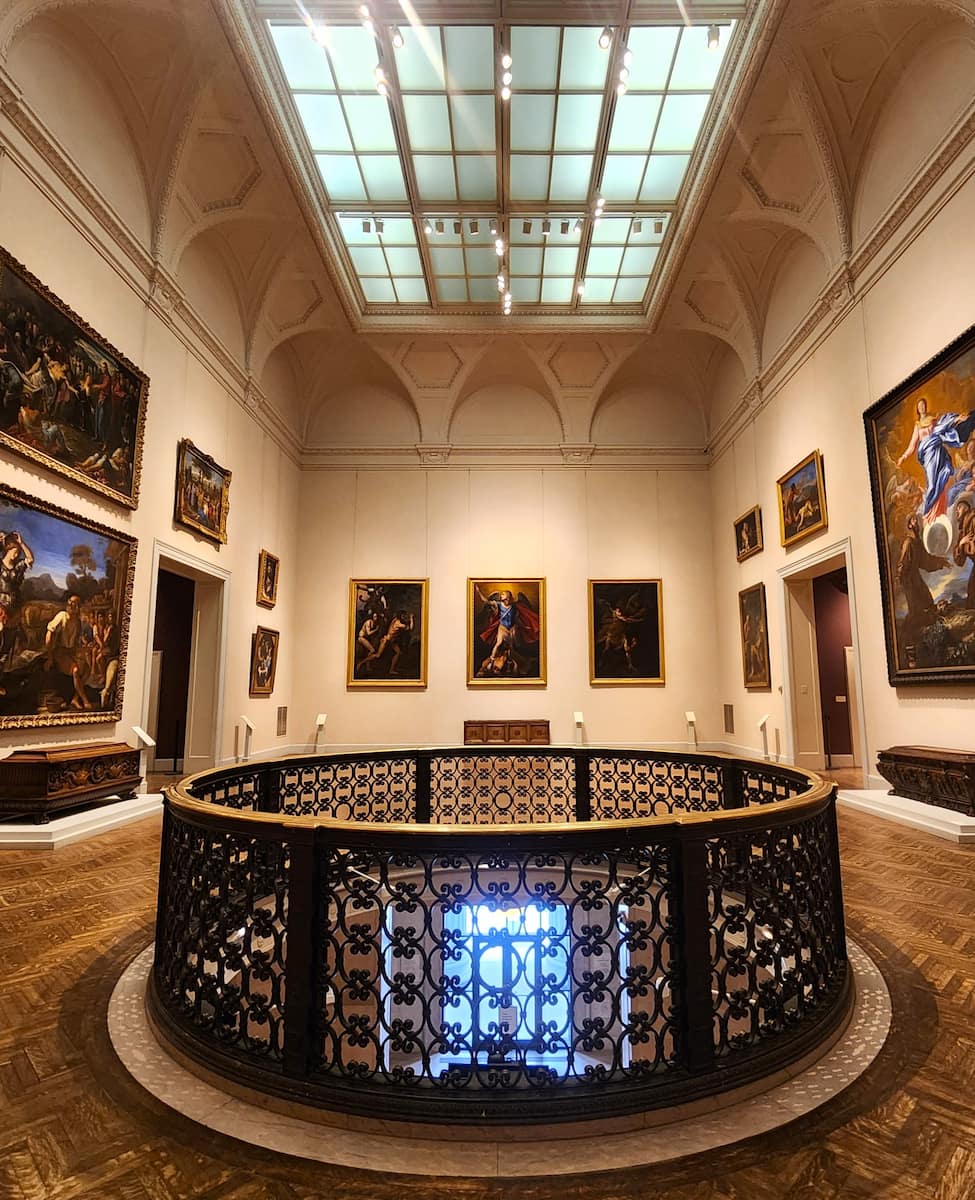
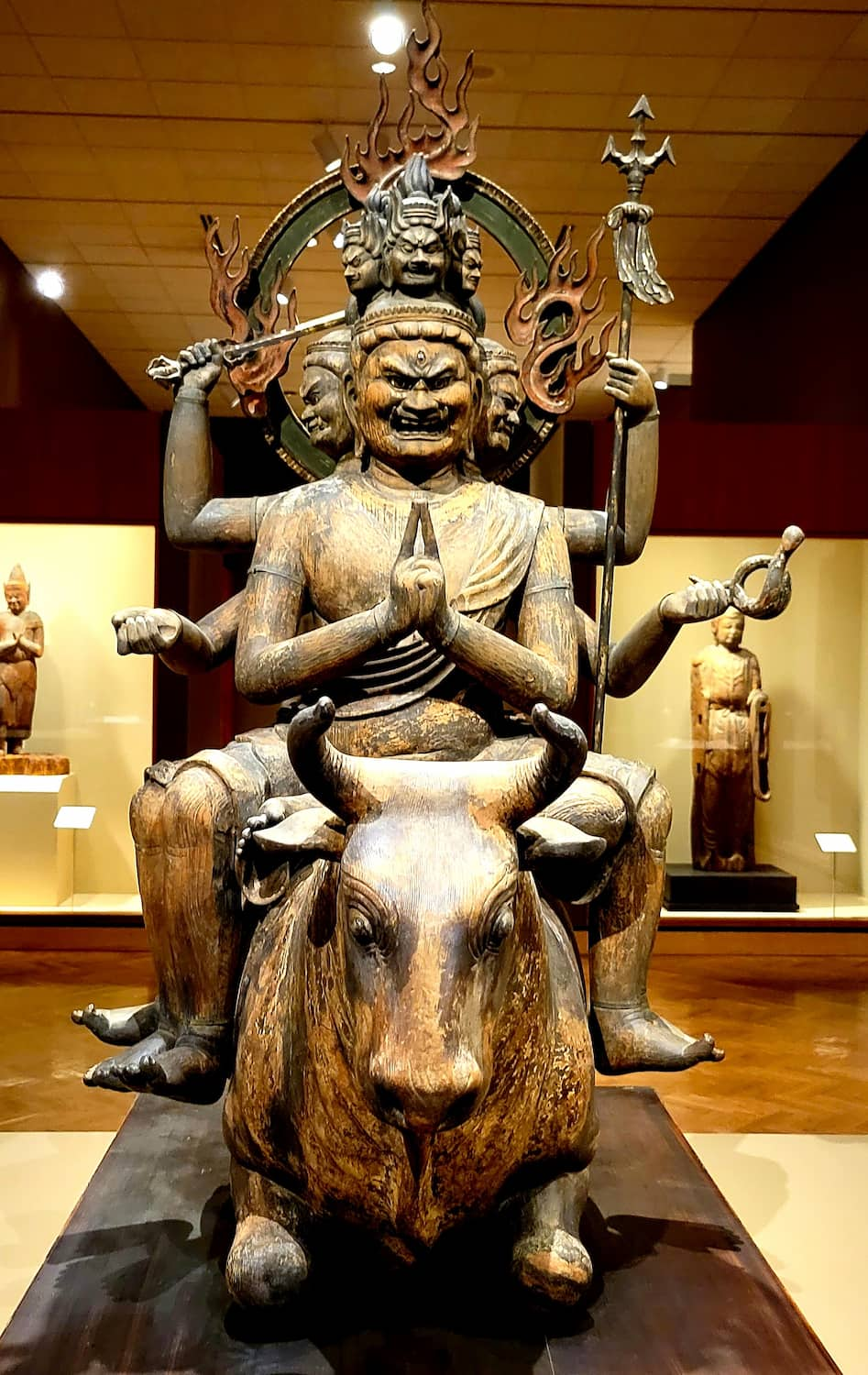
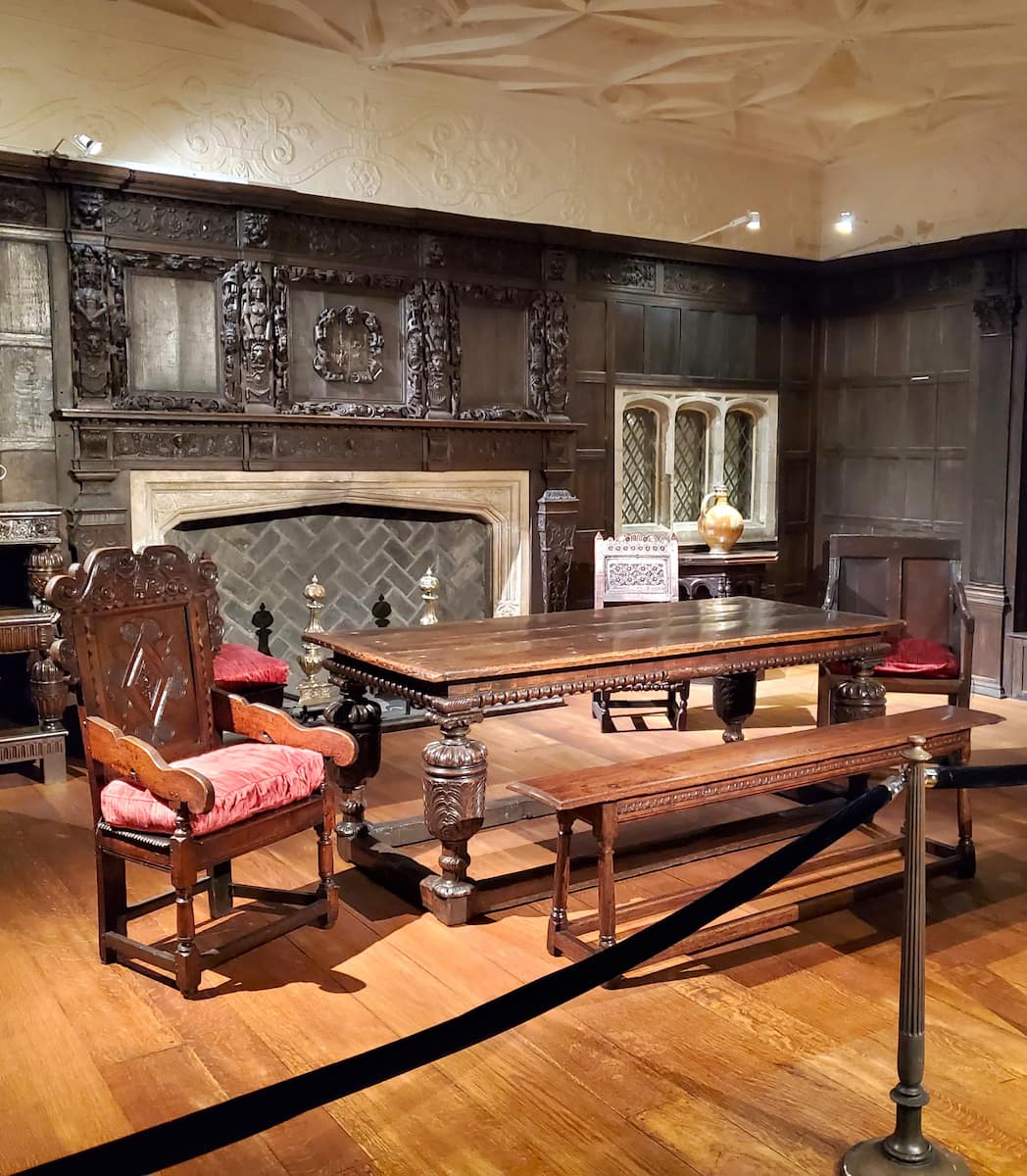
My favorite sections include:
- The Period Rooms (authentic historical interiors from different eras)
- Native American galleries (incredible beadwork and textiles)
- Modern art wing (featuring local artists)
- African art collection (masks and ceremonial objects)
Visitor Tips. I recommend picking up a free map at the entrance and focusing on just 2-3 galleries that interest you most. The venue is huge, and art fatigue is real! The third Thursday of each month offers extended hours until 9 PM with special events, live music, and a cash bar – a perfect date night option.
| Practical Information | Details |
|---|---|
| Address | 2400 Third Avenue South, Minneapolis |
| Hours | Tues-Sat 10AM-5PM, Thu 10AM-9PM, Sun 11AM-5PM |
| Admission | FREE (special exhibitions may have fees) |
| Guided Sessions | Free daily at 1PM |
| Dining | Agra Culture Kitchen (casual café) |
3. Guthrie Theater
Architectural Marvel. My jaw dropped when I first stepped onto the Guthrie’s cantilevered “Endless Bridge” extending 178 feet toward the river. This stunning blue building isn’t just a venue – it’s an architectural destination. I spent nearly an hour just wandering the building’s public spaces, taking in panoramic views of the water and historic Mill District.
Excellence on Stage. I caught a matinee show of a classic American play and was impressed by the world-class production values. The Guthrie stages everything from Shakespeare to contemporary works across its three venues. What makes this place special is the intimate feeling – even in the 1,100-seat main space, I felt connected to the show.
The Guthrie offers several unique features:
- The “Endless Bridge” observation deck
- The amber-tinted “Yellow Box” viewing platform
- The Target Lounge with pre-show drinks
- Backstage access (available select days)
Experience Tips. Even if you don’t see a show, I recommend stopping by for the architecture and views alone. The building is open to the public daily, and the observation areas are free to access. I spent about 30 minutes on the Endless Bridge, watching boats on the water and taking photos from this unique vantage point.
| Show Type | Price Range |
|---|---|
| Main Stage Productions | $25-$79 |
| Studio Shows | $15-$45 |
| Student/Rush Tickets | $15-$25 (limited availability) |
| Backstage Access | $10 adult, $8 student/senior |
⭐ Best Activities
- Complete Minneapolis Walking Tour – Discover the best of Minneapolis on this comprehensive 3-hour walking tour led by knowledgeable local guides who share fascinating insights about the city’s history, architecture, and culture while exploring several diverse neighborhoods.
4. Mill City Area
Industrial History. Built within the ruins of what was once the world’s largest flour mill, this area tells the fascinating story of Minneapolis’s milling industry. I was amazed to learn that this city was once known as the “Flour Milling Capital of the World.” The partially restored mill ruins create a dramatic backdrop for exhibits about flour production, the river, and the city’s industrial past.
Flour Tower. The highlight of my time here was the “Flour Tower” elevator show – an eight-story journey through a working day in the mill. As our elevator cab moved between floors, we saw recreated scenes of mill workers and heard authentic recordings of their experiences.
What to see in the Mill City area:
- The massive flour mill machinery
- Water Lab (interactive water power demonstrations)
- Minneapolis in 19 Minutes Flat film
Riverside Location. After looking around, I walked along the riverfront path. The area surrounding the old mills has been beautifully developed with restaurants, condos, and public spaces. On Saturdays (May-October), don’t miss the Mill City Farmers Market with local produce, crafts, and prepared foods right outside.
| Admission Fees | Cost |
|---|---|
| Adults | $12 |
| Seniors (65+) | $10 |
| College Students | $10 |
| Children (5-17) | $6 |
| Children under 5 | Free |
5. Chain of Lakes Area
Urban Oasis. I spent a perfect summer day wandering the Minneapolis Chain of Lakes, a connected system of five bodies of water right in the heart of the city. Bde Maka Ska (formerly Lake Calhoun), Lake of the Isles, Cedar Lake, Brownie Lake offer 13 miles of paved paths that wind through some of Minneapolis’s most beautiful neighborhoods.
Water Fun. Renting a kayak from Wheel Fun Rentals at Bde Maka Ska was the highlight of my time here. For $20/hour, I paddled across the clear water with the city skyline in the distance. The area also offers swimming beaches with lifeguards in summer, sailing lessons, and stand-up paddleboarding.
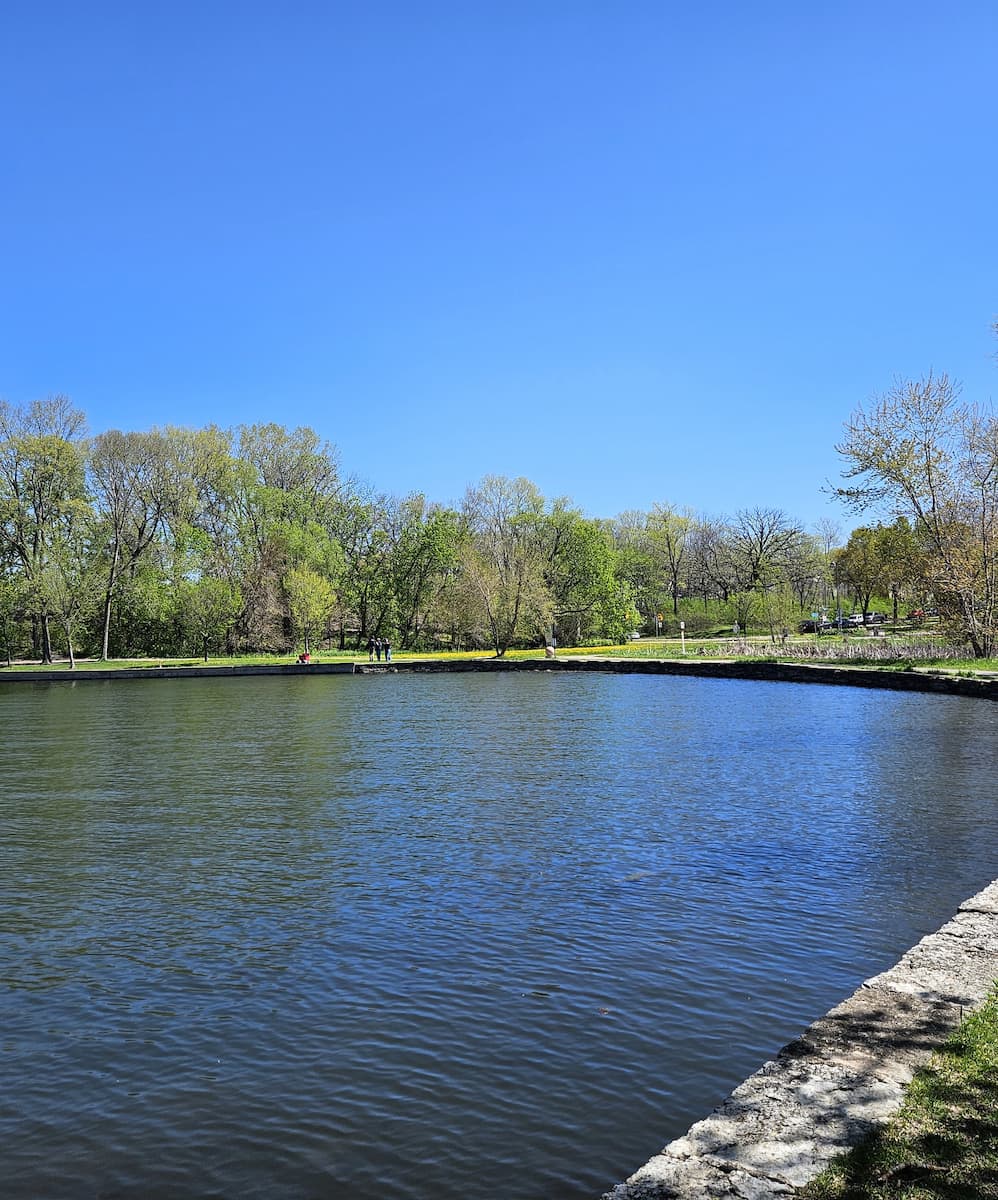
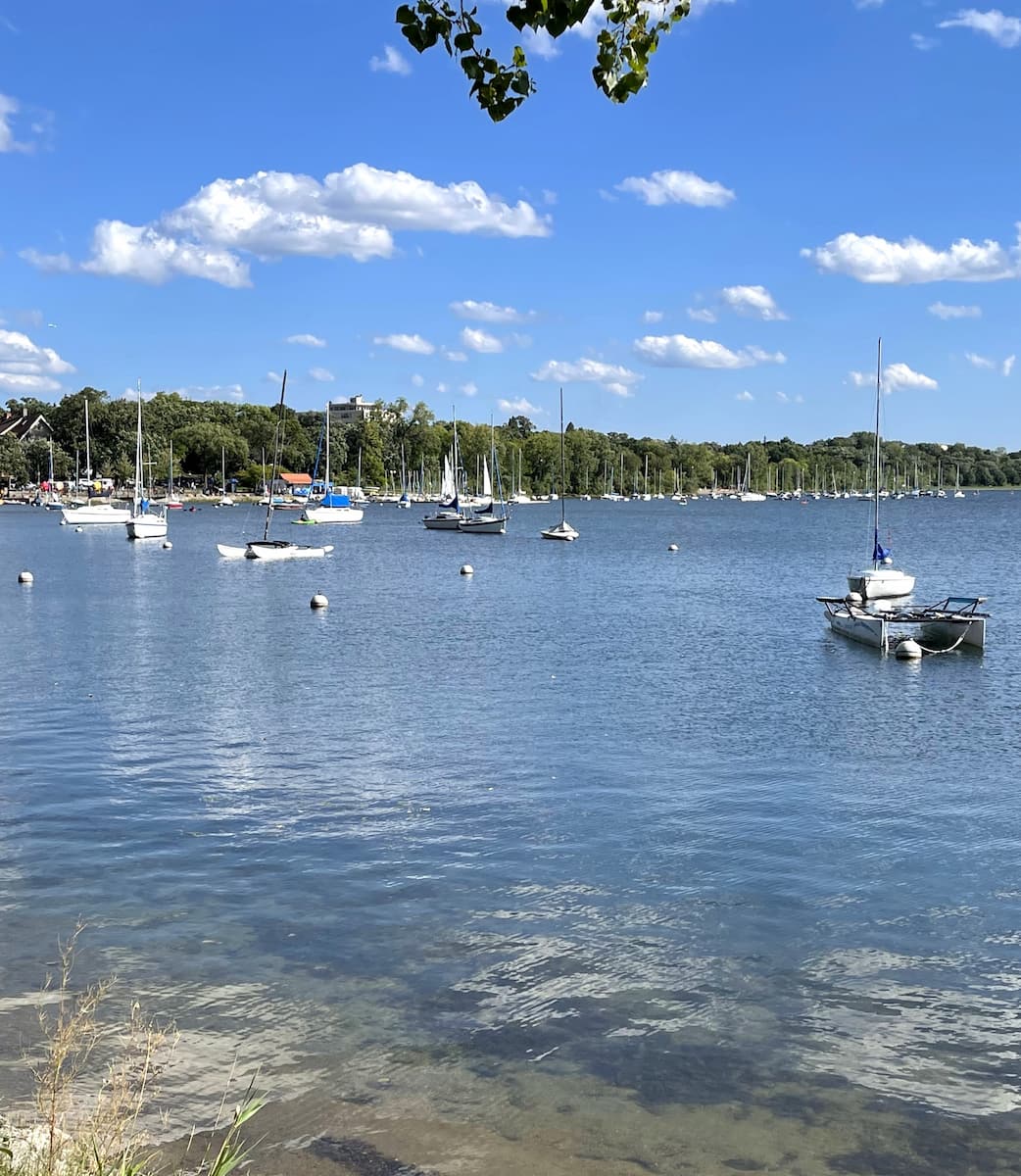
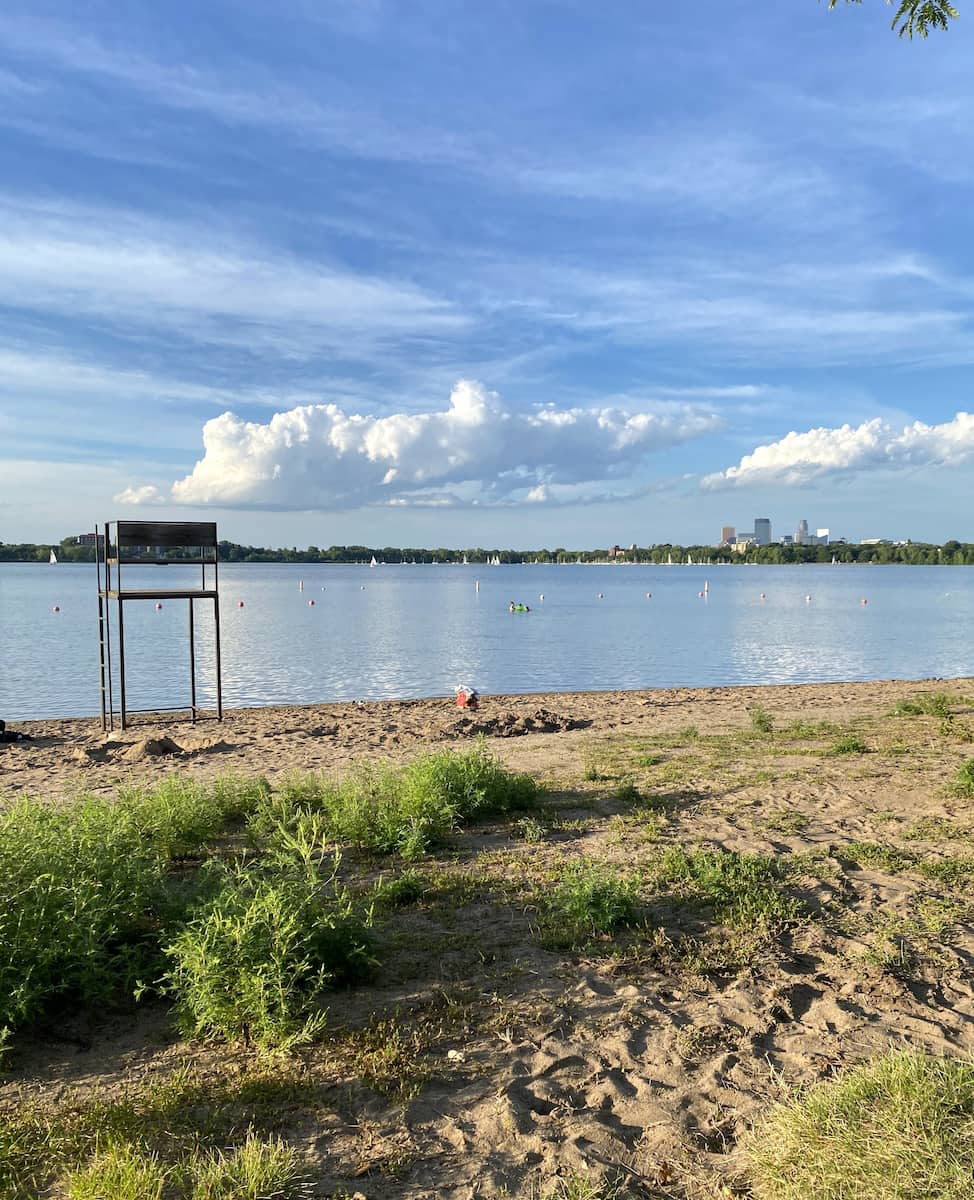

Water fun available (seasonal):
- Kayak/canoe/paddleboard rentals ($15-25/hour)
- Fishing (bass, pike, panfish)
- Swimming at designated beaches
- Sailing
- Ice skating in winter
Scenic Paths. The 3.1-mile path around Bde Maka Ska was filled with joggers, cyclists, and rollerbladers enjoying the waterside scenery. I particularly loved the section between Lake of the Isles and Lake Harriet, where magnificent homes line one side of the path and peaceful water views stretch out on the other.
| Water Body | Special Features |
|---|---|
| Bde Maka Ska | Largest in the chain, multiple beaches, concessions |
| Lake Harriet | Bandshell, rose garden, trolley rides |
| Lake of the Isles | Wildlife sanctuary islands, skating rink |
| Cedar Lake | Quieter, more natural setting, hidden beaches |
| Brownie Lake | Smallest, best for canoeing and nature watching |
6. Target Field
Baseball Paradise. I’m not even a huge baseball fan, but Target Field completely won me over. This open-air venue in Minneapolis is home to the Twins and offers one of the most intimate and fan-friendly MLB experiences I’ve found. The sightlines are excellent from nearly every seat, and the atmosphere during a game is electric.
Local Flavors. What sets Target Field apart is the incredible food options that showcase local cuisine. I skipped the standard hot dogs and tried the famous Kramarczuk’s sausages, Murray’s Steak Sandwich, and local craft drinks from Surly and Fulton. The venue proudly features locally-based food vendors throughout the concourses.
Target Field food highlights:
- Kramarczuk’s sausages ($9.50)
- Tony O’s Cuban sandwich ($13)
- Red Cow burgers ($14)
- Hot Indian Foods curry ($12)
- Local craft drinks ($11-14)
Game Day Tips. Even on a crowded game day, I found the venue easy to navigate. The staff were exceptionally friendly, and I appreciated thoughtful touches like free sunscreen dispensers and water bottle filling stations. For the best experience, I suggest arriving early to watch batting practice and look around the venue before the crowds arrive.
| Seating Area | Price Range |
|---|---|
| Diamond Box | $85-125 |
| Field Box | $52-78 |
| Home Plate View | $36-54 |
| Outfield | $21-35 |
| Standing Room | $15-20 |
7. Nicollet Mall
City Hub. Walking down Nicollet Mall, I immediately understood why it’s considered Minneapolis’s living room. This pedestrian-friendly corridor stretches for 12 blocks through the heart of the city, lined with shops, restaurants, public art, and office buildings. The recent $50 million renovation has transformed it into a vibrant space with wider sidewalks and modern amenities.
Shopping Scene. I spent a few hours browsing the mix of national retailers and local boutiques. The flagship Target store here is worth a look even if you’re just window shopping – it’s beautifully designed with Minneapolis-specific merchandise. Nearby, I found Ribnick Luxury Outerwear, a family-owned fur and leather shop operating since 1945.
Notable spots along Nicollet Mall:
- IDS Crystal Court (stunning glass-enclosed atrium)
- Mary Tyler Moore statue (at 7th Street)
- Westminster Presbyterian Church (beautiful Gothic architecture)
- Peavey Plaza (modernist plaza with fountains)
Food Paradise. The culinary scene along Nicollet impressed me with its diversity. I grabbed lunch at Brit’s Pub, where you can watch lawn bowling on the rooftop in summer. For dinner, I splurged at Spoon and Stable, a James Beard award-winning restaurant housed in a former horse stable. The Minneapolis Farmers Market takes over several blocks on Thursdays during summer months.
| Restaurant | Cuisine | Price Range |
|---|---|---|
| Brit’s Pub | British | $12-22 |
| Zelo | Italian | $18-36 |
| 8th Street Grill | American | $10-18 |
| Spoon and Stable | New American | $28-42 |
| Hen House Eatery | Breakfast | $9-16 |
Things to Do in Minneapolis with Kids
1. Como Zoo and Marjorie McNeely Conservatory
Animal Adventures. I spent a delightful day with my niece and nephew at Como Zoo, which offers an impressive collection of animals without the overwhelming size of larger facilities. The kids were thrilled to see gorillas, polar bears, giraffes, and sea lions up close. What makes this place special is that it’s completely free (though donations of $3-4 per person are suggested).
Tropical Escape. The adjacent Marjorie McNeely Conservatory provided a welcome warm retreat during our chilly spring trip. Walking into the Victorian glass dome filled with lush tropical plants felt like stepping into another world. The kids lovedthe seasonal flower shows that transform the Sunken Garden five times yearly.
Kid-friendly highlights include:
- Gorilla Forest (with viewing platforms at different heights)
- Polar Bear Odyssey (underwater viewing windows)
- Giraffe feeding station (seasonal)
- Como Town amusement section (adjacent, separate admission)
- Cafesjian’s Carousel (historic merry-go-round, $2 per ride)
Practical Tips. We arrived early (around 10 AM) to beat the crowds and find easy parking. The area is compact enough to see everything in 2-3 hours, making it perfect for short attention spans. I recommend bringing a picnic to enjoy in the beautiful surrounding grounds, though there is a cafe with reasonably priced options.
| Attraction | Cost | Hours |
|---|---|---|
| Zoo & Conservatory | FREE (suggested donation $3-4) | 10AM-6PM (summer), 10AM-4PM (winter) |
| Como Town rides | $2.50-5 per ride or day passes | Seasonal (May-September) |
| Cafesjian’s Carousel | $2 per ride | Seasonal (May-October) |
| Parking | $3 for 3 hours | Year-round |
2. Riverview Theater (family movies)
Nostalgic Charm. The moment I walked into the Riverview Theater, I felt transported back to the 1950s. This beautifully preserved neighborhood cinema maintains its mid-century modern design with original terrazzo floors, curved walls, and vintage seating area in the lobby. Kids’ eyes widened at the old-school concession stand with prices that seem from another era.
Budget-Friendly Entertainment. What makes the Riverview perfect for families is the incredible value – tickets are just $3-4 for second-run movies, about a third of what you’d pay at mainstream theaters. I took my friend’s children to see a recent animated release and our total bill (including popcorn and drinks) was under $25 for three people.
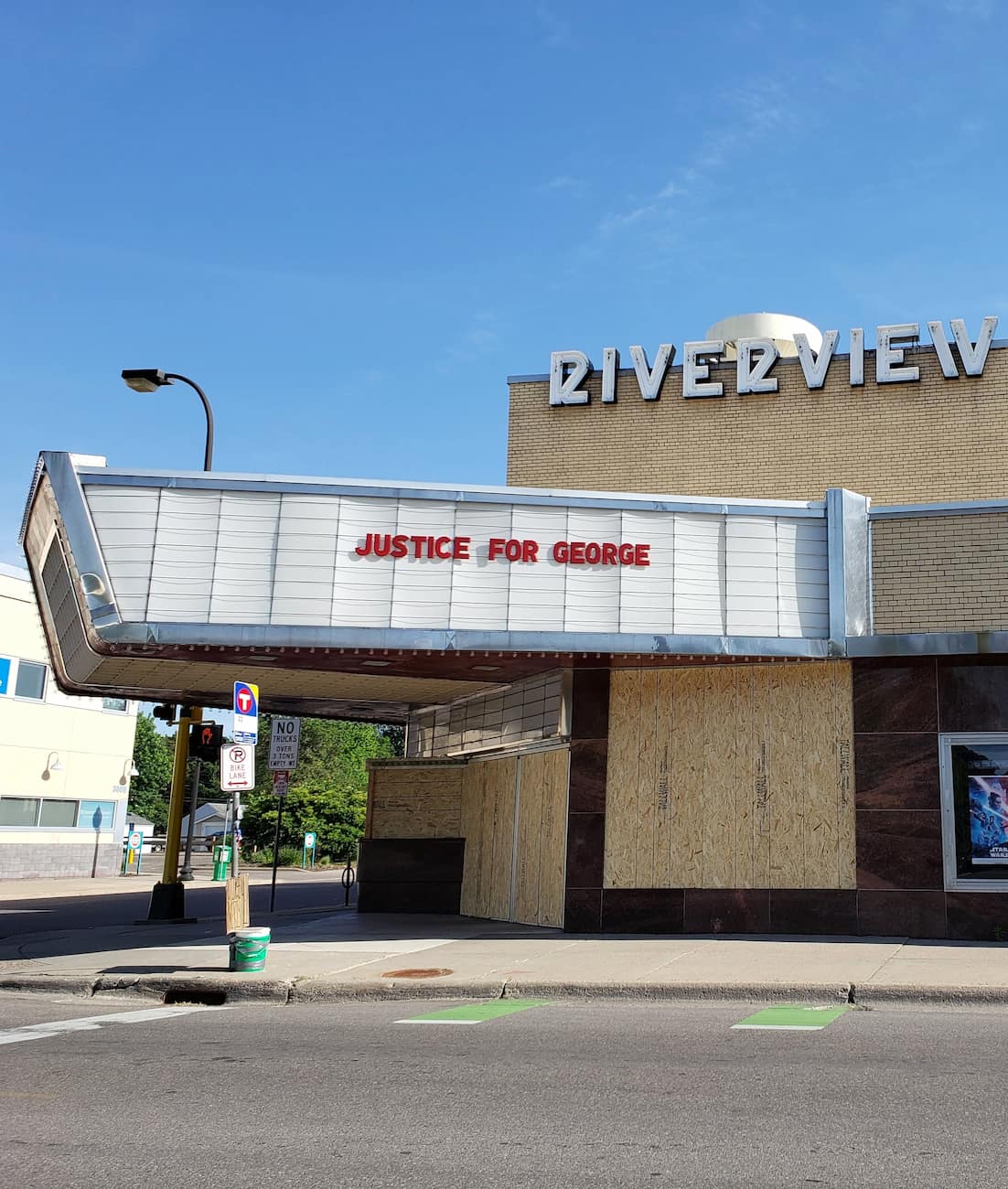
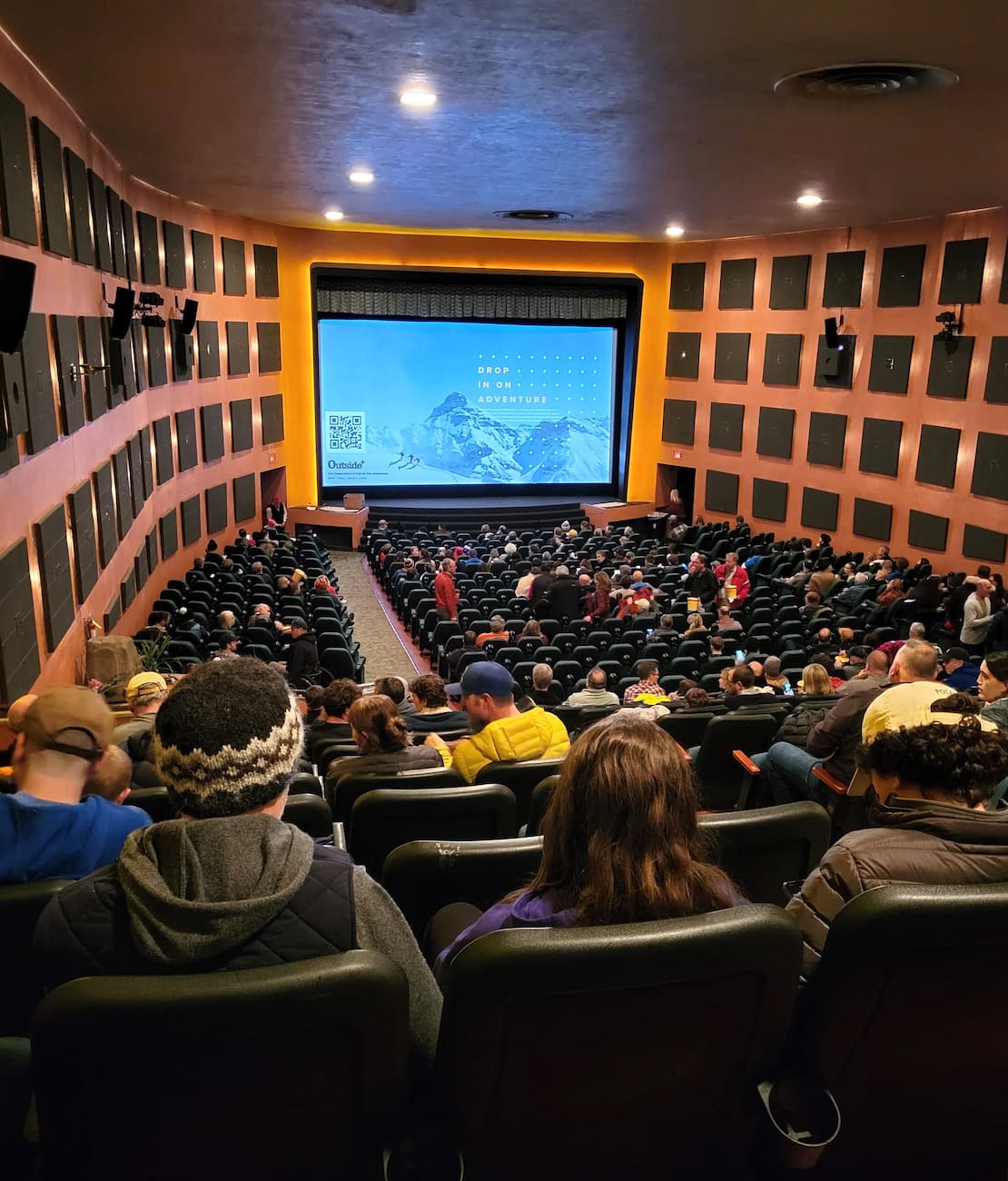
The Riverview experience includes:
- Comfortable, updated seating with good legroom
- Real butter on the popcorn (not artificial topping)
- Friendly, often longtime staff members
- A neighborhood atmosphere where locals greet each other
Movie Selection. The venue typically shows family-friendly films during afternoon showtimes, with more adult-oriented selections in the evening. I recommend checking their website before going, as they sometimes screen classic films and special events. During summer, they offer a kids’ film series with even deeper discounts.
| Concession Item | Price |
|---|---|
| Small Popcorn | $3.00 |
| Large Popcorn | $5.00 |
| Soda | $2.50-3.50 |
| Candy | $1.50-2.50 |
| Hot Chocolate | $2.00 |
3. Lake Harriet Bandshell (summer movies and music)
Lakeside Entertainment. One of my favorite summer memories in Minneapolis was watching an outdoor movie at the Lake Harriet Bandshell with local families spread out on blankets and lawn chairs. This charming pavilion hosts free concerts, movies, and shows throughout the summer months, creating a perfect low-key evening for families with children of all ages.
Picnic Paradise. I arrived early with a picnic basket to claim a good spot on the grassy hill facing the bandshell. Families around me unpacked elaborate spreads while kids played frisbee and tag before the show began. The setting is idyllic – a beautiful water backdrop, mature trees providing shade, and the pavilion itself, which dates back to 1986 (replacing earlier versions from the 1900s).

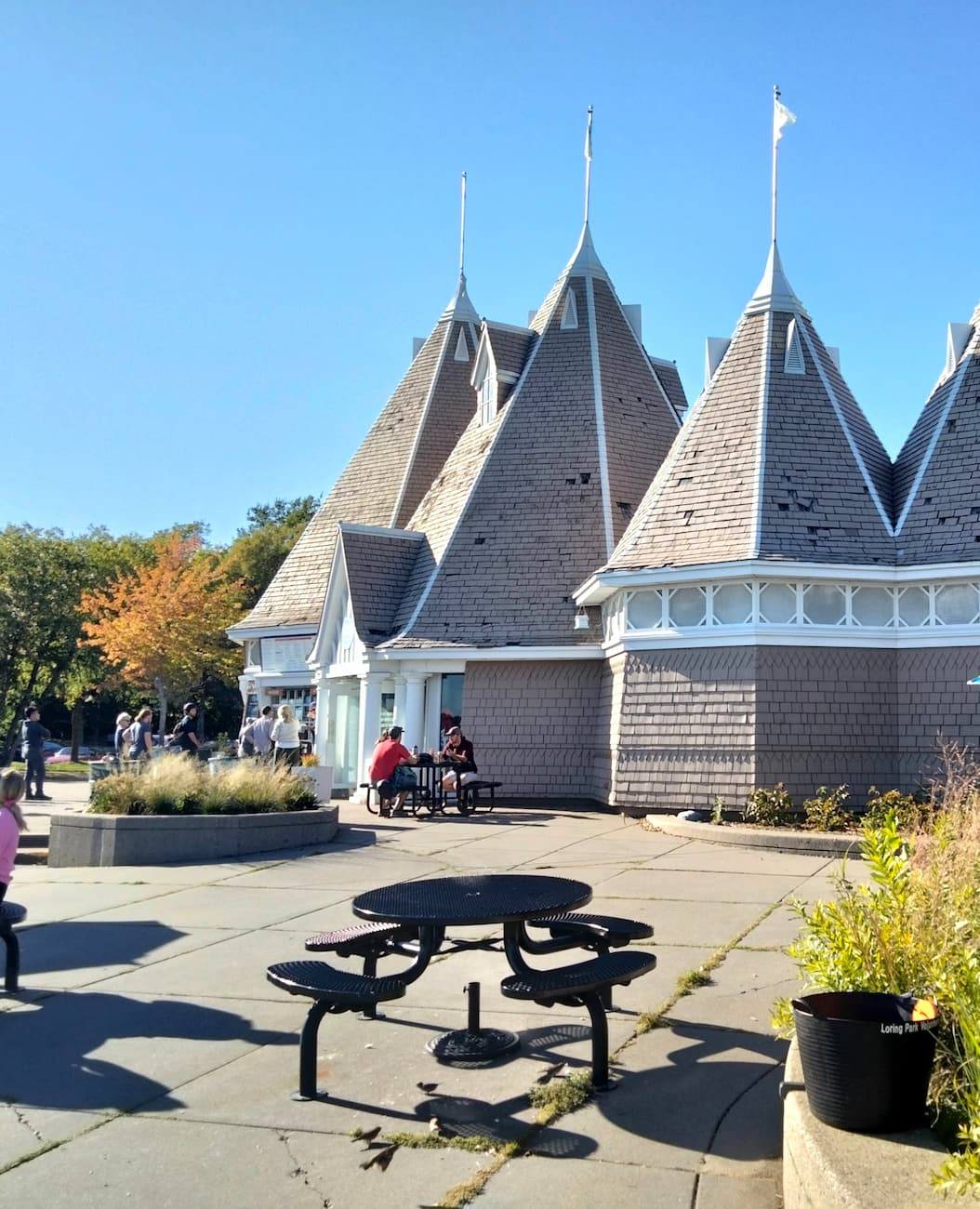
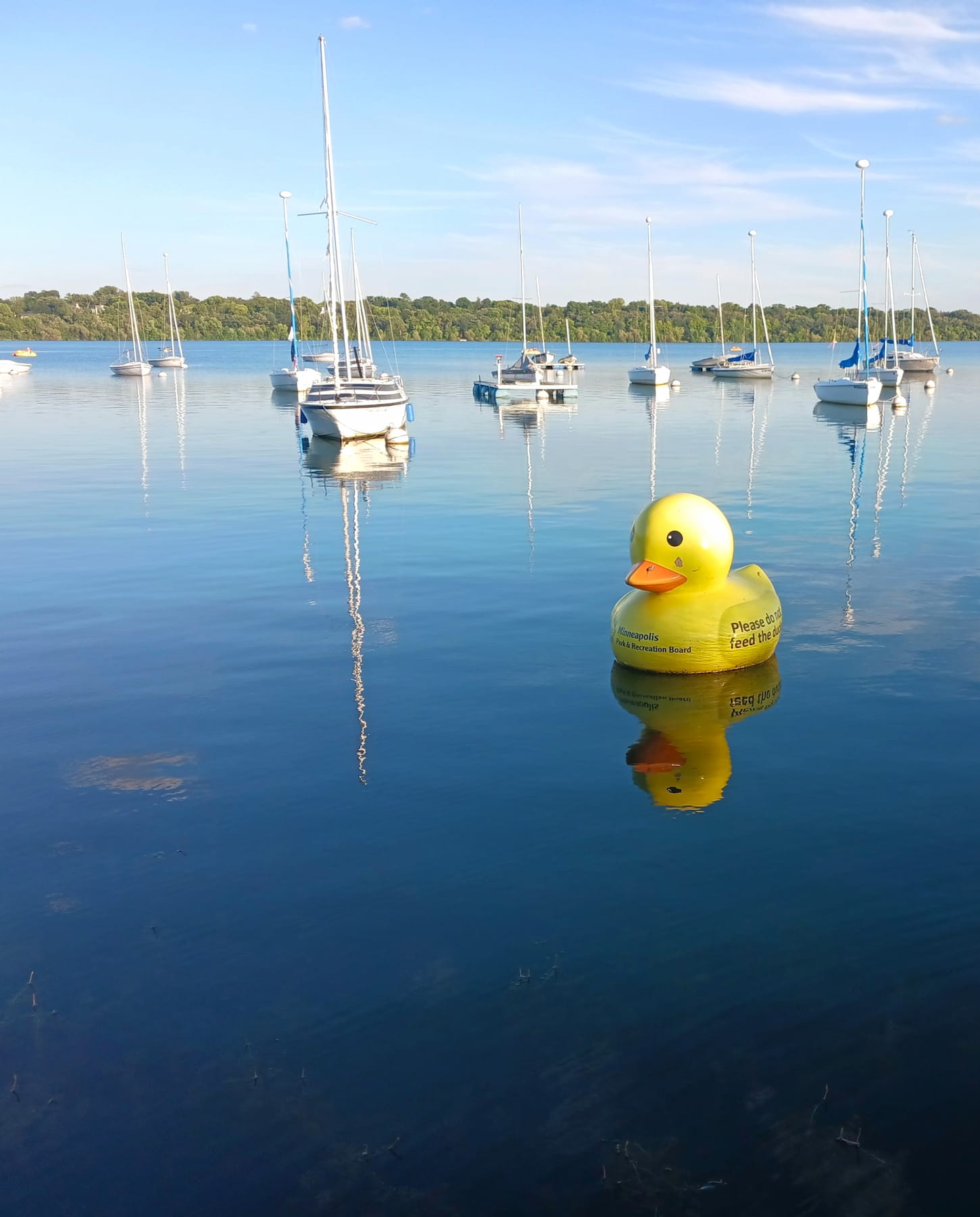
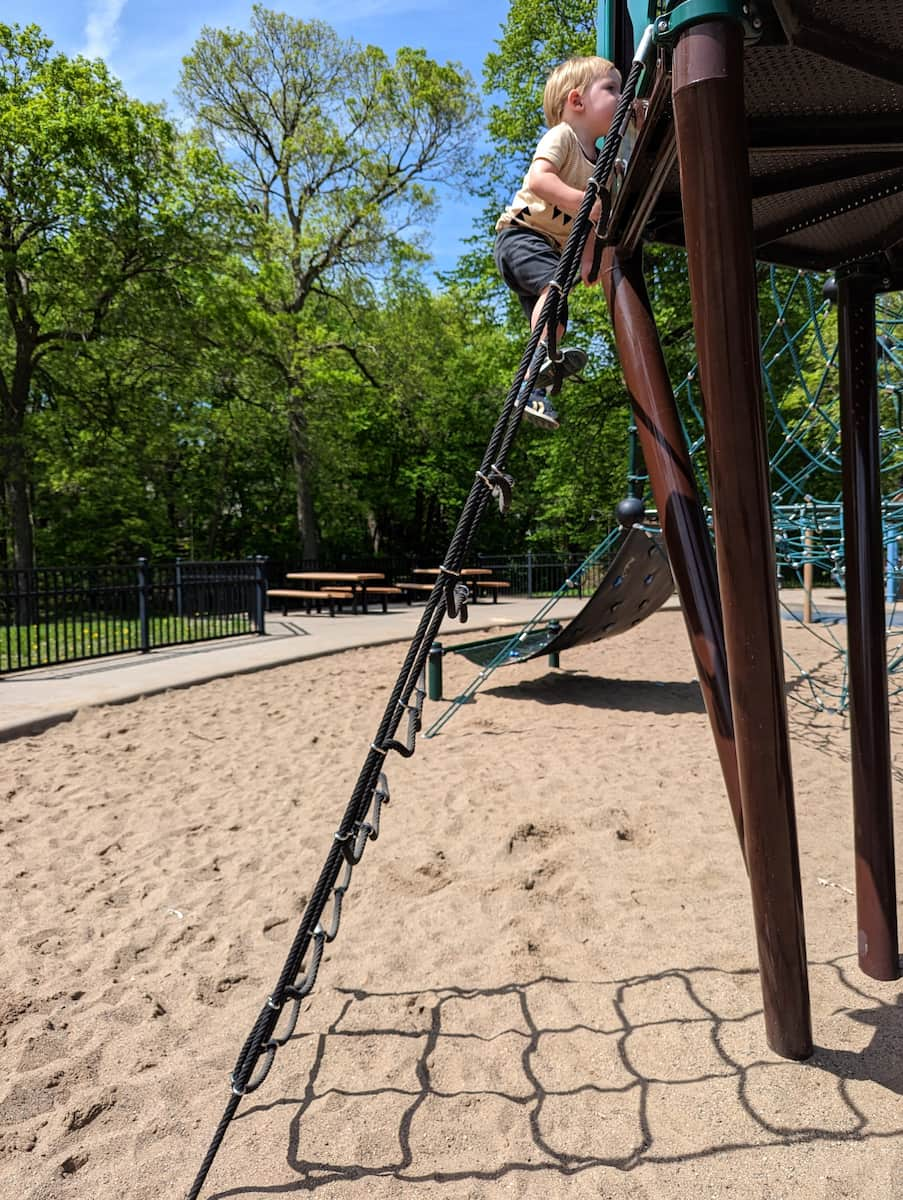
Summer entertainment schedule typically includes:
- Live music (7:30 PM daily, June-September)
- Movies in the open air (select Friday nights)
- Yoga classes (Saturday mornings)
Beyond Entertainment. The area surrounding the bandshell offers plenty to keep kids busy before and after shows. I watched families rent pedal boats from the nearby dock, wander the Peace Garden with its gnome house, and get ice cream from the concession stand. The vintage Como-Harriet Streetcar runs nearby, offering short rides that children love.
| Activity | Details | Cost |
|---|---|---|
| Concerts/Movies | 7:30 PM (varies by day) | FREE |
| Pedal Boat Rental | 10 AM-7 PM (seasonal) | $15/hour |
| Streetcar Ride | 10-minute ride | $2.50 adults, $1.50 children |
| Ice Cream | Concession stand | $3-5 |
4. Minnehaha Off-Leash Dog Area
Canine Paradise. Even if you don’t have a dog, the Off-Leash Dog Area is worth checking out with kids who love animals. I took my dog-obsessed niece here, and she had as much fun as the four-legged guests. This 6-acre space is one of the few places in Minneapolis where dogs can swim, with access to a sandy beach area along the water.
Natural Playground. What makes this place special for families is the combination of natural features – wooded trails, open meadows, sandy beaches, and shallow water areas. Children enjoy watching dogs of all sizes splash in the water and race along the paths. The area is well-maintained with separate sections for small and large dogs.
What to expect at the dog area:
- Sandy beach area for water-loving dogs
- Wooded trails for wandering
- Open play areas for fetch
- Separate small dog section
- Water stations and waste bags
Free Things to Do in Minneapolis
1. Stone Arch Walk
Crossing. Walking across the Stone Arch gave me one of the best views of Minneapolis. This former railroad path, built in 1883, now serves as a pedestrian and cycling route spanning the water. The 2,100-foot curved structure is made from granite and limestone, creating a picturesque foreground for photos of the skyline.
Photography Heaven. I went during golden hour (about an hour before sunset) and joined dozens of photographers capturing the changing light on the Minneapolis skyline. The path offers unique perspectives of the water and old mill buildings. I particularly loved watching the light play on the water as the sun set behind the city.
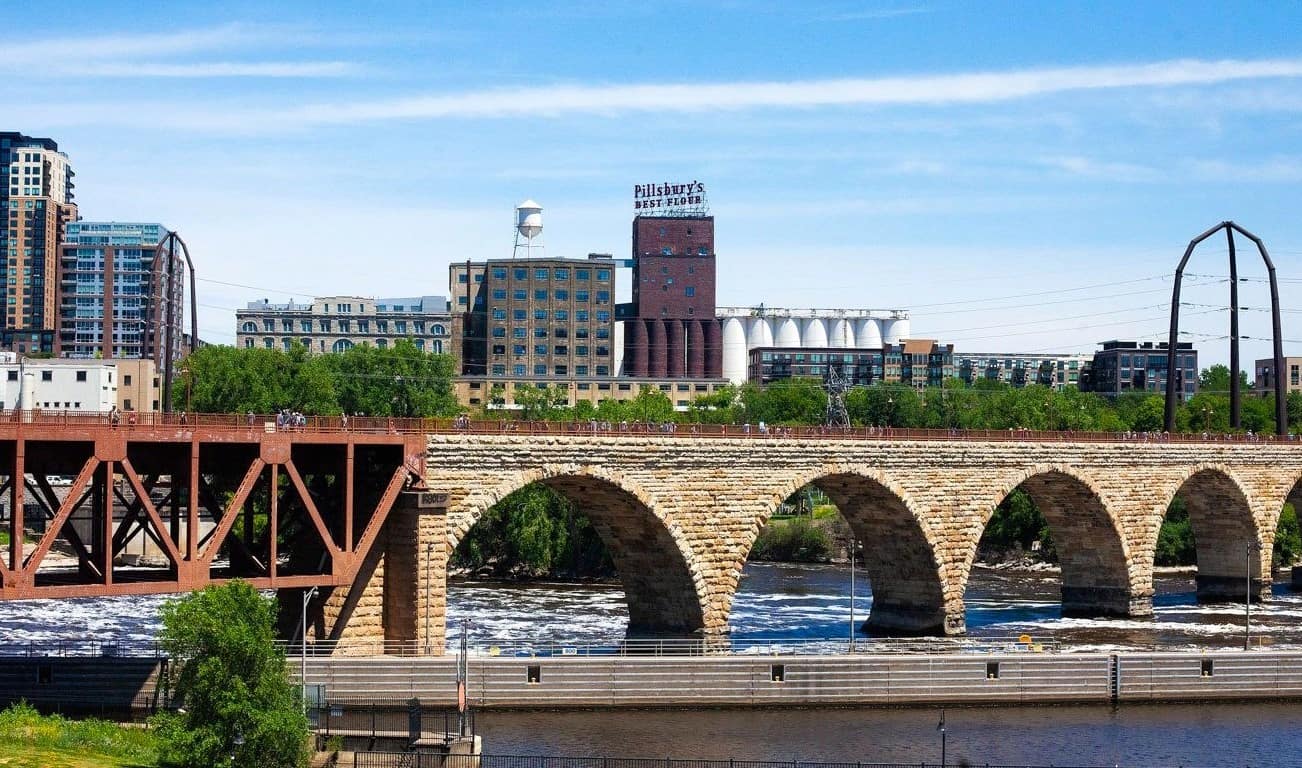
Best viewpoints from the Stone Arch:
- Midpoint (for skyline photos)
- East bank (for waterfall views)
- West bank (for old mill district panoramas)
- Under the arch (accessible via riverside paths)
Local Experience. The area serves as a community gathering place, especially on summer evenings and during nice weather. I enjoyed people-watching almost as much as the views – couples on dates, families with strollers, joggers, and street musicians all share this beloved space. The path connects to miles of riverside trails on both banks, perfect for extending your walk.
| Time of Day | Experience | Photography Tips |
|---|---|---|
| Morning | Quiet, joggers, soft light | Capture east-facing skyline |
| Midday | Busier, good for wandering both ends | Harsh light, focus on details |
| Evening | Lively, couples, photographers | Golden hour skyline shots |
| Night | Romantic, city lights | Bring tripod for long exposures |
2. Minneapolis Art Garden
Open-Air Gallery. The Minneapolis Art Garden offers 11 acres of artistic wonders completely free of charge. I spent a delightful afternoon wandering among more than 40 permanent art installations, including the city’s iconic “Spoonbridge and Cherry” by Claes Oldenburg and Coosje van Bruggen. This massive spoon with a cherry balanced on its tip has become a symbol of Minneapolis.
Interactive Art. What I love about this place is how interactive and accessible it makes contemporary art. Children ran through Deborah Butterfield’s weathered bronze horse sculptures, couples posed for photos inside the giant blue rooster (“Hahn/Cock” by Katharina Fritsch), and everyone seemed drawn to the artist-designed mini-golf course that operates in summer months.
Must-see pieces include:
- Spoonbridge and Cherry (the centerpiece)
- Walking Man (by George Segal)
- Hahn/Cock (giant blue rooster)
- Arikidea (geometric maze)
- Woodrow (30-foot wooden horse)
| Season | Special Features |
|---|---|
| Spring | Flowering trees, tulips, daffodils |
| Summer | Artist-designed mini-golf ($10) |
| Autumn | Colorful foliage, harvest events |
| Winter | Snow-covered artworks, winter walking sessions |
3. Walker Art Gallery (free days)
Contemporary Treasures. While the Walker Art Gallery normally charges admission, I timed my trip for their free Thursday nights (5-9 PM) and saved the $15 entry fee. This world-renowned contemporary art venue houses cutting-edge exhibitions that change regularly, ensuring there’s always something new to see. I was particularly impressed by their multimedia installations and video art.
Thought-Provoking Art. What sets the Walker apart is its focus on living artists and current issues. During my time there, exhibitions explored themes of climate change, digital identity, and social justice through various media. Even when I didn’t “understand” every piece, I found the experience thought-provoking and conversation-starting.
Free admission opportunities:
- Thursday evenings (5-9 PM)
- First Saturdays (10 AM-6 PM)
- Free for ages 18 and under (always)
- Free with EBT/WIC card (up to 4 people)
- Free for active military and veterans
Beyond Galleries. I found that the Walker offers more than just visual art. Their McGuire venue hosts dance shows, film screenings, and lectures – some of which are free or pay-what-you-can. The shop is worth browsing even if you’re not buying, with clever design objects and art books that make great gifts.
| Gallery Level | Highlights |
|---|---|
| Ground Floor | Main lobby, shop, restaurant, cinema |
| First Floor | Permanent collection galleries |
| Second Floor | Temporary exhibitions |
| Fourth Floor | Panoramic views of art garden |
4. Minneapolis Central Library
Architectural Gem. I was stunned by the Minneapolis Central Library’s striking glass exterior and light-filled interior. This isn’t your grandmother’s library – designed by César Pelli and completed in 2006, the building itself is a work of art with its “wing” roof and five-story atrium. I spent nearly two hours wandering this public space that offers much more than just books.
Art Throughout. What surprised me most was the library’s impressive art collection displayed throughout the building. I followed the self-guided art walk (free brochures available at the information desk) to find installations by local and national artists. The massive Gary Hallman photomontage on the 4th floor and the suspended sculpture in the atrium were particular highlights.
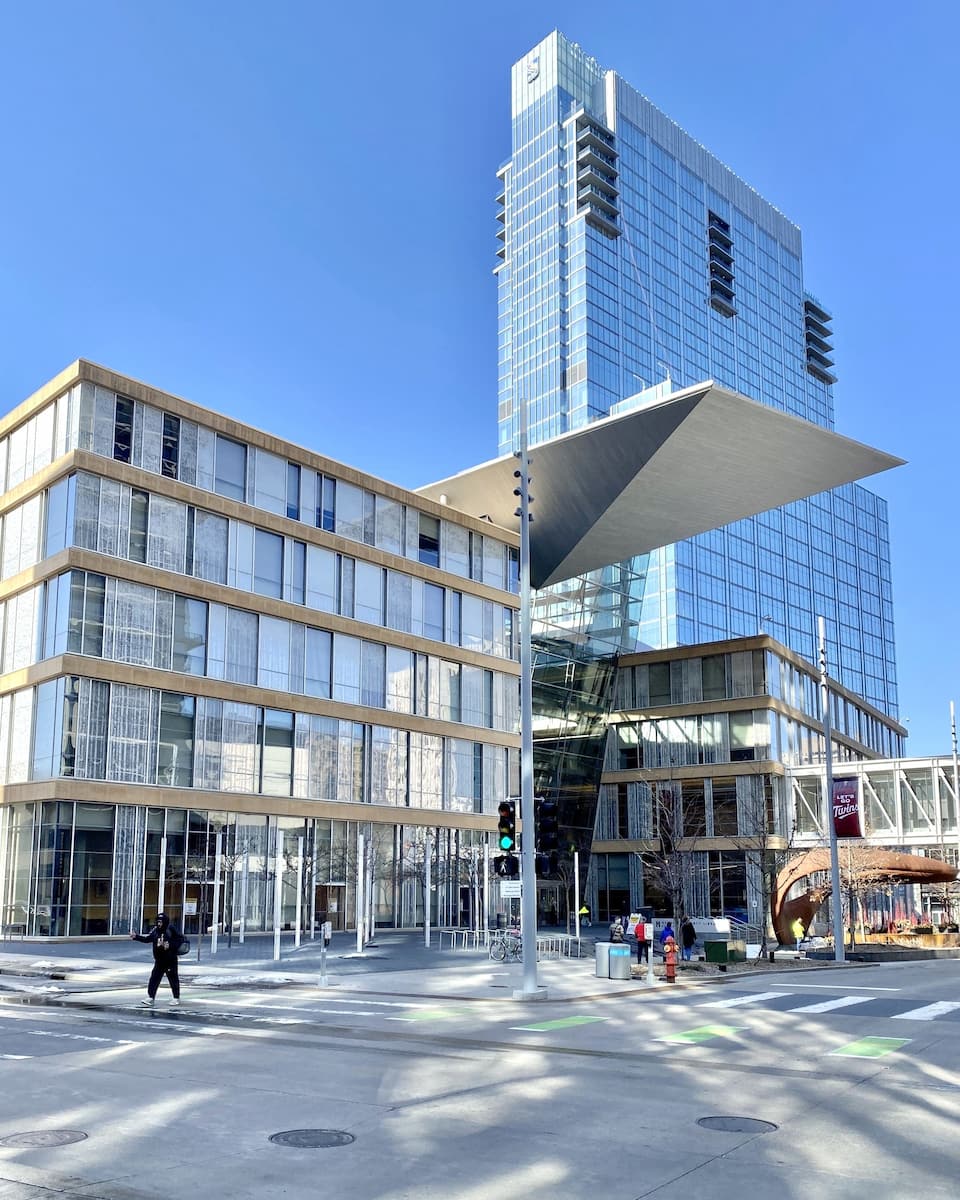
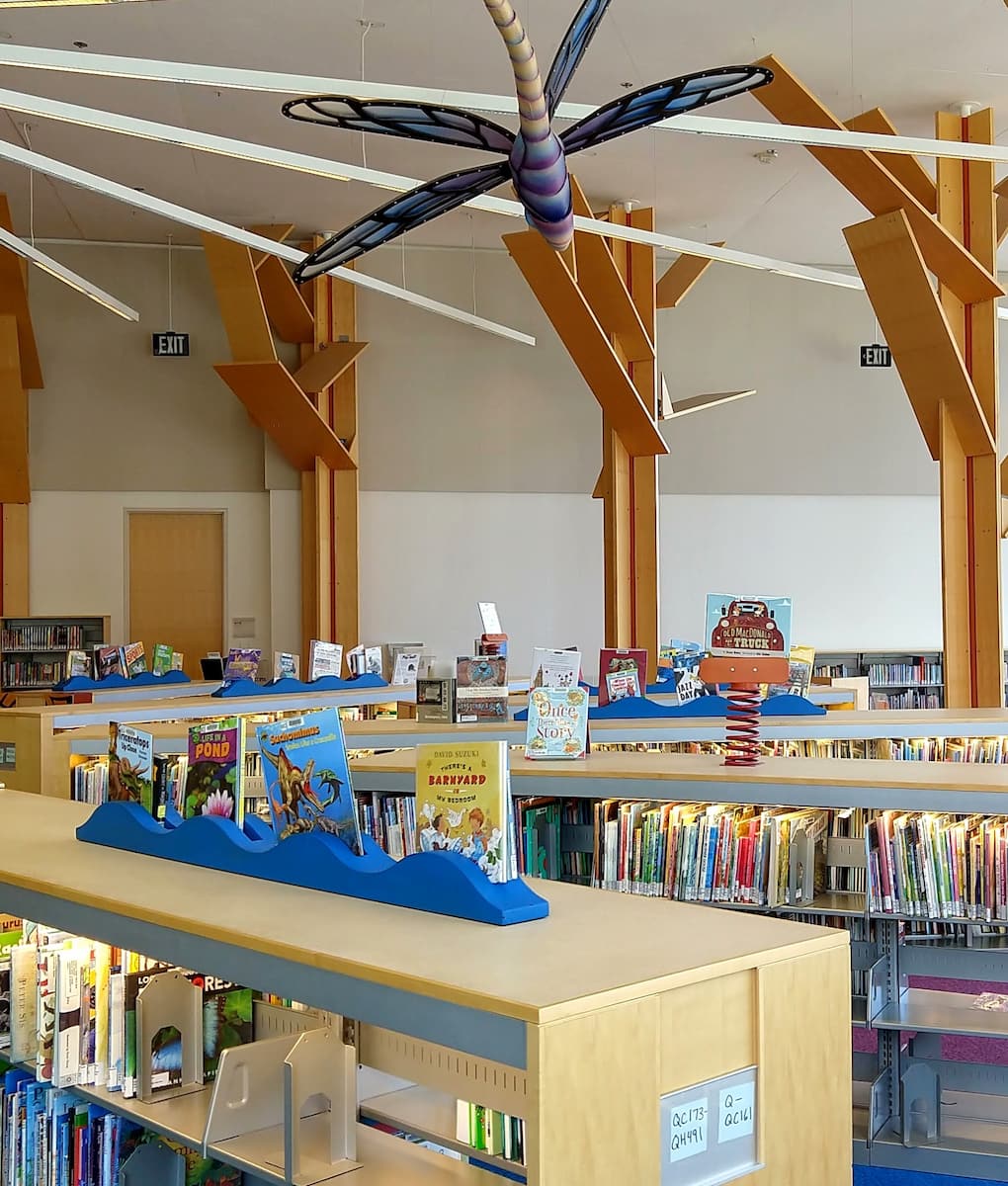


Special features to check out:
- Planetarium shows (free, registration required)
- Children’s library with interactive elements
- Teen tech section with recording studio
- Local history archives
- Dunn Bros Coffee shop inside
Community Hub. Beyond books and art, I found the library serves as a vibrant community focal point. During my time there, I stumbled upon a free lunchtime concert in the atrium, a job skills workshop, and a photography exhibition by local high school students. The rooftop area offers a peaceful retreat with views of Minneapolis.
| Floor | Highlights | Special Features |
|---|---|---|
| 1st | New books, café, children’s area | Piano available for public use |
| 2nd | Fiction, music, movies | Listening stations, viewing rooms |
| 3rd | Nonfiction, technology | Computer labs, 3D printer |
| 4th | Government documents, periodicals | Best city views, quiet study |
| 5th | Special collections, Minneapolis history | Rare books, historical photos |
5. Public art murals (Bob Dylan, Prince)
Musical Icons. I spent a fascinating morning hunting down Minneapolis’s famous music-themed murals. The massive Bob Dylan mural by Eduardo Kobra on 5th Street and Hennepin Avenue was my first stop – this five-story kaleidoscope of colors depicts Dylan at different stages of his career. Just as impressive is the Prince mural by Rock “Cyfi” Martinez on 26th Street, showing the Purple One in his prime.
Street Art Walk. What began as a search for these two famous murals turned into an impromptu street art walk. I found dozens of impressive works throughout the city and the North Loop neighborhood. The concentration of murals in the Warehouse District makes it easy to see several pieces within a short walking distance.
Notable murals to seek out:
- Bob Dylan mural (5th & Hennepin)
- Prince “Purple Rain” mural (26th & Hennepin)
- “Hail to the Chief” (First Avenue nightclub)
- “Freedom of Expression” (Washington & 1st Avenue)
- Indigenous Peoples mural (American Indian Center)
Photography Tips. I found morning light best for the east-facing murals, while afternoon sun illuminated west-facing works. Some murals are tucked away in alleys or on side streets, making the hunt part of the fun. I used the free “Minneapolis Art This Way” map (available at information centers) to find the most significant pieces.
| Neighborhood | Mural Density | Notable Themes |
|---|---|---|
| City core | Very High | Music icons, historical figures |
| North Loop | High | Abstract, contemporary |
| Uptown | Medium | Whimsical, commercial |
| Northeast | High | Industrial, cultural heritage |
| Cedar-Riverside | Medium | International, social justice |
6. Loring Area
Oasis. I found Loring area while wandering the city and immediately fell in love with this 33-acre green space. The centerpiece is a picturesque pond with a small island and fountain, surrounded by walking paths and gardens. Despite being in the heart of the city, the area feels like a peaceful retreat with mature trees creating natural rooms throughout the landscape.
Garden Highlights. The formal garden sections impressed me with their seasonal displays. During my summer trip, the border gardens were bursting with colorful perennials and annuals. I particularly enjoyed the sensory garden with fragrant herbs and textural plants designed to engage all five senses. In spring, thousands of tulips and daffodils create rainbow ribbons through the lawns.
Features to enjoy:
- Berger Fountain (“Dandelion Fountain”)
- Bandstand
- Community arts venue
- Basketball courts and tennis courts
- Dog section
Community Space. What makes Loring special is how it serves as the city’s communal backyard. I watched tai chi practitioners in the morning, office workers having lunch on benches, and families feeding ducks in the afternoon. The area hosts numerous free events throughout the year, from outdoor movies to art fairs and concerts.
| Season | Special Events | Natural Highlights |
|---|---|---|
| Spring | Art-A-Whirl weekend | Cherry blossoms, tulips |
| Summer | Pride Festival, Loring Art Festival | Rose garden, water lilies |
| Autumn | Harvest gathering | Maple trees in color |
| Winter | WinterSkate ice rink, holiday lights | Snow-covered landscapes |
7. Basilica
Architectural Wonder. The moment I stepped inside the Basilica, I was awestruck by the soaring 138-foot dome and stunning stained glass windows. Built between 1907 and 1915, this was the first basilica established in the United States. The Beaux-Arts architecture features massive marble columns, intricate mosaics, and beautiful stone carvings throughout.
Peaceful Sanctuary. Even as a non-religious guest, I found the basilica’s interior deeply peaceful. I spent about 30 minutes sitting quietly in a pew, admiring the play of colored light through the stained glass and the impressive pipe organ. The basilica welcomes respectful guests during non-service hours, with self-guided information brochures available near the entrance.

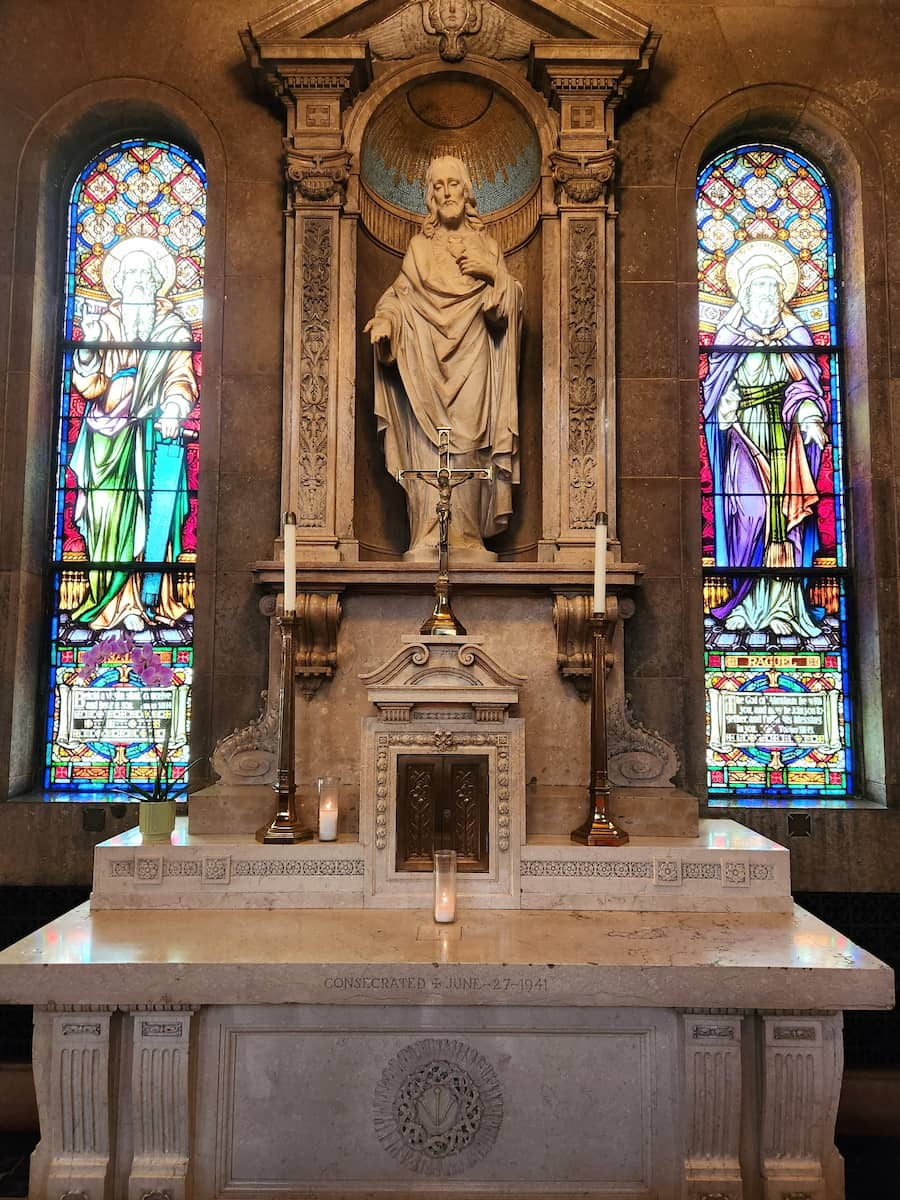
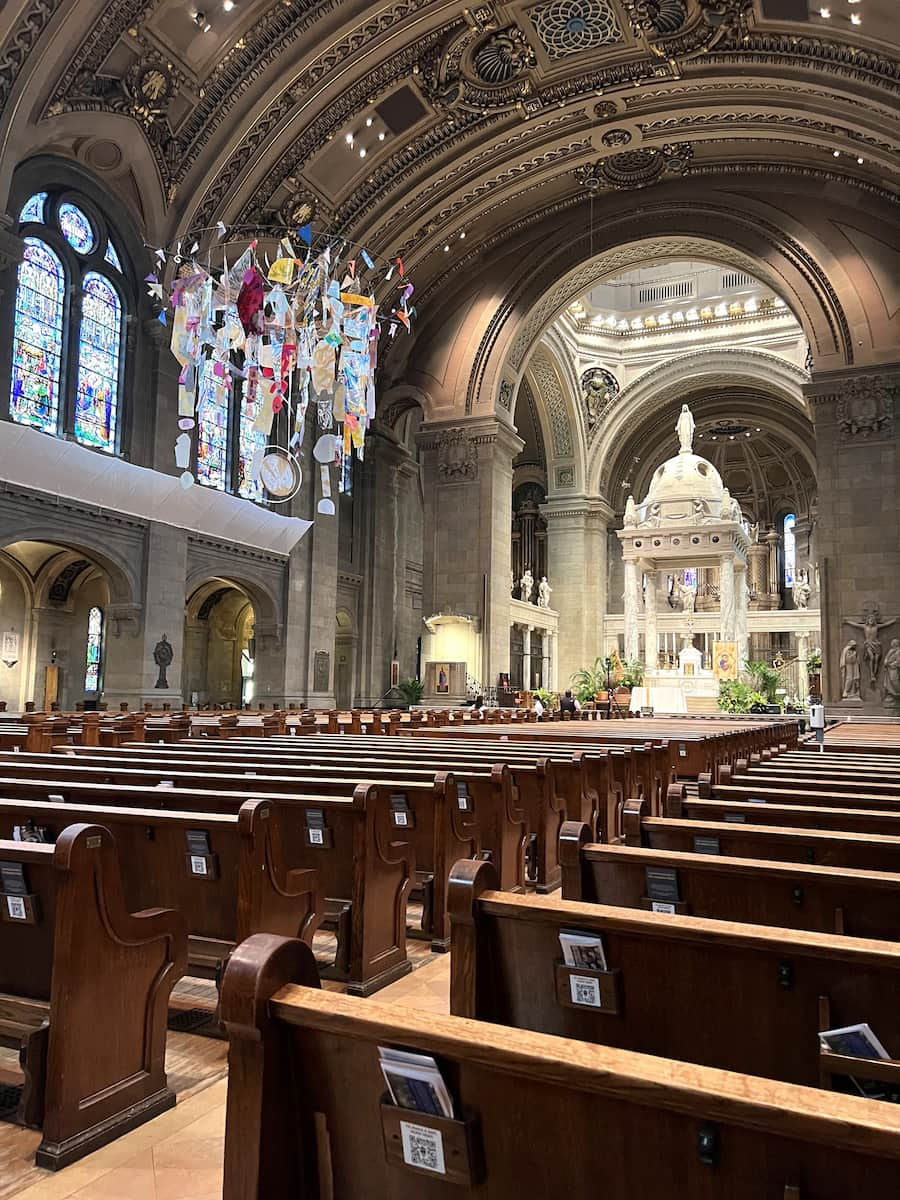

Interior highlights to notice:
- Dome with paintings of the four evangelists
- Shrine of the Sacred Heart
- Stations of the Cross sculptures
- Pipe organ with 5,000+ pipes
- John XXIII Gallery with changing exhibits
Cultural Venue. Beyond its religious significance, the basilica serves as an important cultural location. The Basilica Block Party music festival in July raises funds for building restoration, while the basilica hosts regular concerts, art exhibitions, and community events throughout the year. Check their website for free organ recitals and choir presentations.
| Guest Information | Details |
|---|---|
| Hours | Mon-Fri 7AM-5PM, Sat 8AM-6:30PM, Sun 6:30AM-7:30PM |
| Mass Times | Daily 7AM, additional weekend services |
| Information | Self-guided free, docent-led $5 suggested donation |
| Concerts | Schedule varies, many free or low-cost |
| Accessibility | Ramp entrance on north side |
Seasonal Activities in Minneapolis
Christmas in Minneapolis
Winter Wonderland. I experienced the magic of a Minneapolis Christmas during my December trip and was charmed by the city’s festive transformation. The Holidazzle celebration in Loring creates a winter village with twinkling lights, local vendors, and free entertainment. I sipped hot chocolate while watching ice carving demonstrations and browsing handcrafted gifts from local artisans.
Indoor Celebrations. When temperatures dropped below freezing, I found plenty of indoor holiday activities. The American Swedish Institute decorates its mansion with traditional Scandinavian Christmas décor, while the Guthrie’s annual production of “A Christmas Carol” offers a heartwarming tradition (tickets $29-134 depending on seats and dates).
Holiday highlights include:
- Holidazzle in Loring (Fridays-Sundays, late November-December 23)
- Macy’s Santaland display (city store, free)
- Winter Lights at the Arboretum (ticketed)
- European Christmas Market (Union Depot)
- Holidazzle Fireworks (Saturday nights during festival)
Skating Traditions. No Minneapolis winter would be complete without ice skating. I joined locals at the free Loring WinterSkate rink, where holiday music played as skaters circled under string lights. For a unique experience, the Depot’s indoor rink is set inside a train shed with floor-to-ceiling windows overlooking the skyline (admission $6-12, skate rental $5).
| Christmas Event | Dates | Cost |
|---|---|---|
| Holidazzle | Fri-Sun, Nov 29-Dec 23 | FREE |
| Christmas Market | Dec 6-22 (weekends) | FREE admission |
| Guthrie’s Christmas Carol | Nov 12-Dec 29 | $29-134 |
| Winter Lights | Nov 19-Jan 5 | $7-19 |
| Loring WinterSkate | Nov-Feb (weather dependent) | FREE (skate rental $5) |
Summer Festivals and Events
Fair Extravaganza. The State Fair (August 22-Labor Day) lived up to its reputation as the “Great Get-Together.” This 12-day event attracts nearly 2 million people annually, and I quickly understood why. I spent an entire day sampling bizarre foods-on-a-stick, watching livestock competitions, and riding classic midway attractions. The fair showcases agricultural heritage alongside modern entertainment.
Artistic Energy. The Fringe Festival (August 1-11) offers a completely different summer experience with 11 days of uncensored, unjuried performing arts. I caught four shows in one day, ranging from experimental dance to comedy and drama. What makes Fringe special is its accessibility – shows are just 60 minutes, tickets are affordable ($15 per show or multi-show passes), and venues are clustered in walkable neighborhoods.
Other notable summer events:
- Pride Festival (June 29-30, Loring)
- Aquatennial (July 17-20, city core)
- Uptown Art Fair (August 2-4)
- Irish Fair (August 9-11, Harriet Island)
- Open Streets Minneapolis (various dates/neighborhoods)
Music Everywhere. Summer in Minneapolis means free outdoor concerts almost every night of the week. I caught the Music in the series at Lake Harriet Bandshell, where families spread blankets on the hillside for evening shows. The Mill City Live concerts in the ruins courtyard offer a uniquely atmospheric setting for local bands on Wednesday evenings in August.
| Summer Event | Dates | Admission |
|---|---|---|
| State Fair | Aug 22-Sep 2 | $17 adults, $15 seniors/kids |
| Fringe Festival | Aug 1-11 | $15 per show, passes available |
| Pride | Jun 29-30 | FREE |
| Aquatennial | Jul 17-20 | FREE (most events) |
| Mill City Live | Wednesdays in August | $15 (includes admission) |
Spring Blooms in Areas
Garden Awakening. My April trip to Minneapolis coincided perfectly with spring’s arrival at Lyndale Gardens. The formal gardens near Lake Harriet burst with over 100,000 tulips, daffodils, and other spring bulbs in rainbow waves. I spent a peaceful morning photographing the displays and watching gardeners prepare beds for summer plantings.
Wildflower Sanctuary. Just a short drive from the city, I found Eloise Butler Wildflower Garden, the oldest public wildflower garden in the United States. This 15-acre sanctuary showcases native plants in their natural woodland and wetland settings. Spring highlights include delicate trout lilies, bloodroot, and Virginia bluebells carpeting the forest floor.
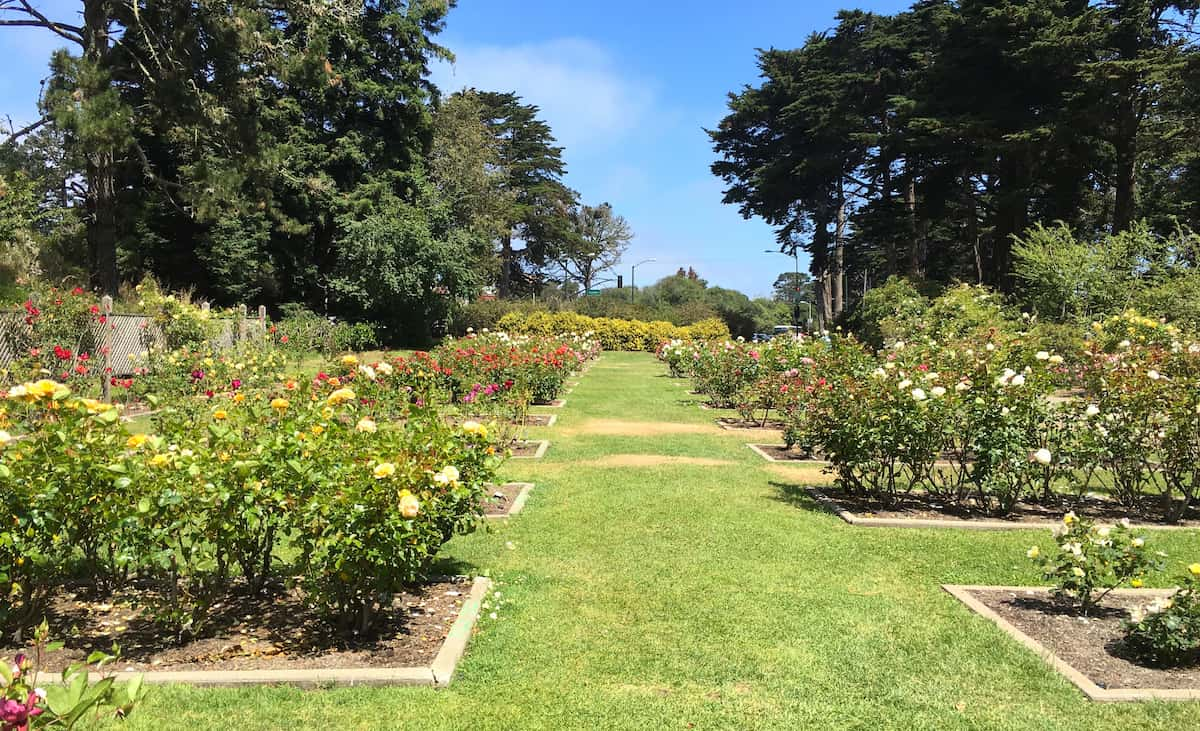
Spring bloom highlights:
- Lyndale Rose Garden (tulips in April-May before roses bloom)
- Eloise Butler Wildflower Garden (woodland ephemerals in April-May)
- Landscape Arboretum (flowering trees in May)
- Theodore Wirth (wildflowers along woodland trails)
- Lake Harriet Peace Garden (spring perennials)
Bird Migration. Spring also brings the return of migratory birds to Minneapolis green spaces. I joined a free bird-watching walk at Roberts Bird Sanctuary near Lake Harriet, where experienced birders pointed out warblers, thrushes, and other species I would have missed on my own. The river flyway makes Minneapolis an excellent spot for spring birding.
| Spring Location | Peak Bloom Time | Special Features |
|---|---|---|
| Lyndale Tulips | Late April-early May | 100,000+ bulbs in formal designs |
| Eloise Butler | Mid-April to late May | Native woodland wildflowers |
| Arboretum | Late April to late May | Flowering crabapples, magnolias |
| Roberts Bird Sanctuary | April-May | Bird migration viewing |
| Peace Garden | May | Unique perennial collection |
Autumn Foliage Walks
Lakeside Colors. I timed my autumn trip perfectly to catch peak foliage around the Chain of Lakes in mid-October. The maple trees lining Lake of the Isles created a fiery canopy over the walking paths, with their red and orange leaves reflected in the still water. The contrast between colorful trees, blue water, and the distant city skyline made for stunning photographs.
Forest Immersion. For a more immersive forest experience, I spent a crisp morning wandering Theodore Wirth’s woodland trails. This 759-acre area offers miles of natural surface paths through diverse forest types. The oak woodland section was particularly beautiful with its golden light filtering through yellow and bronze leaves.
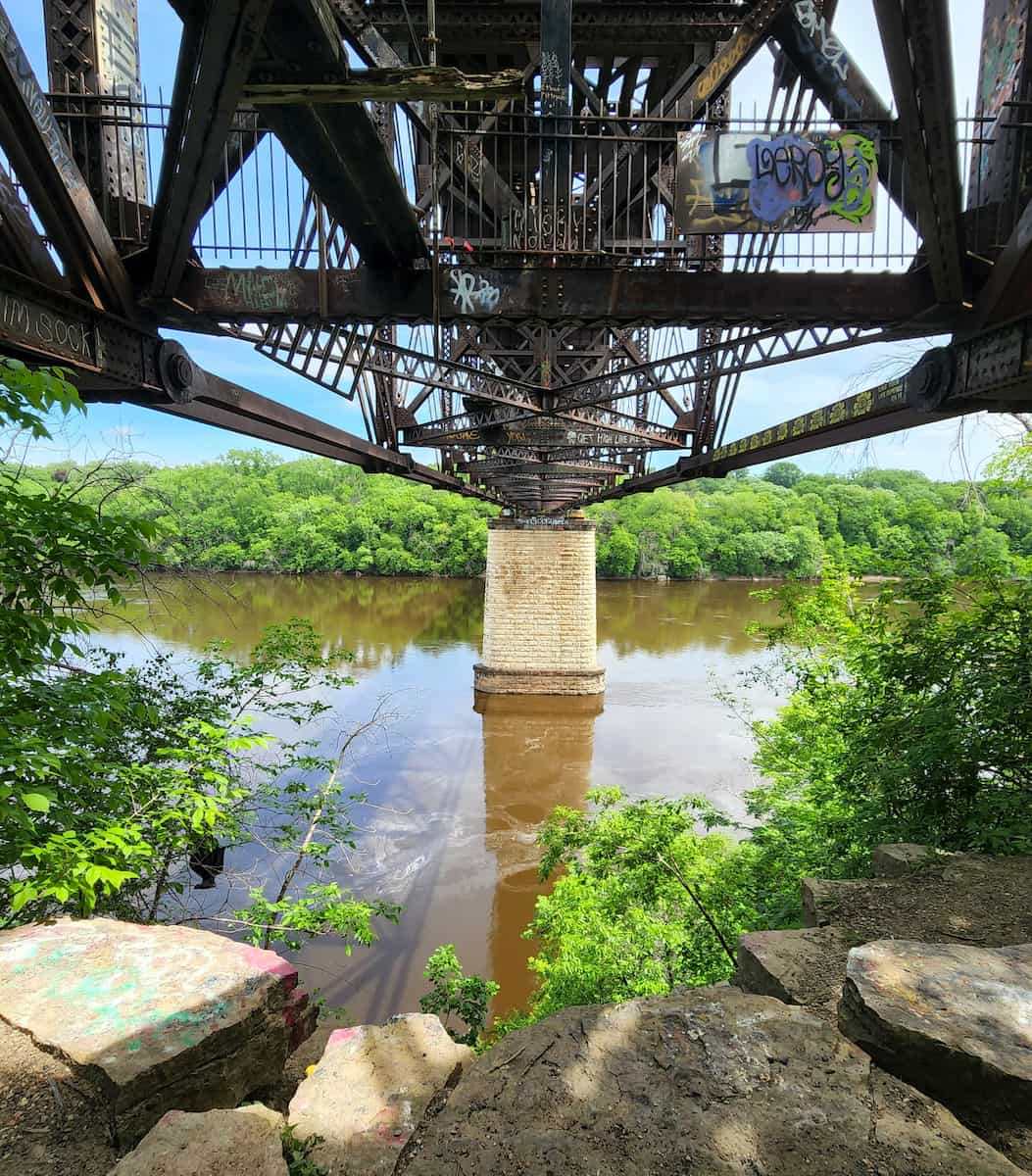

Best autumn foliage walks:
- Lake of the Isles loop (2.63 miles, mostly flat)
- Quaking Bog trail in Theodore Wirth (0.8-mile boardwalk loop)
- Winchell Trail along river (3.5 miles, some hills)
- Creek path
- Victory Memorial Parkway (2.8 miles, lined with elm trees)
Seasonal Activities. Beyond leaf-peeping, autumn in Minneapolis offers harvest-themed events and activities. I went to the Apple House at the Landscape Arboretum to sample unusual apple varieties grown in their research orchards. Local farms around the city outskirts offer pumpkin patches, corn mazes, and hayrides throughout October.
Winter Activities
Winter Trails. I embraced the Minneapolis winter during my January trip by renting cross-country skis from Theodore Wirth’s winter recreation venue ($15 for 2 hours). The area maintains over 15 miles of groomed trails for both classic and skate skiing, with options for beginners and experienced skiers. I stuck to the easier loops but was impressed by the quality of trail maintenance even after recent snowfall.
Snowshoe Adventures. For a more contemplative winter experience, I tried snowshoeing at Fort Snelling along the water. Rental snowshoes were just $6 for the day, and the area’s 18 miles of trails offered peaceful forest scenery and water views. I spotted several deer and wild turkeys during my three-hour wandering.
Winter options:
- Cross-country skiing (Theodore Wirth, Chain of Lakes)
- Snowshoeing (Fort Snelling, Eloise Butler Garden)
- Ice skating (Loring, Lake of the Isles, The Depot)
- Ice fishing (Bde Maka Ska, Lake Harriet)
- Fat tire biking (Wirth winter bike trails)
Warming Houses. What makes winter recreation in Minneapolis accessible is the excellent infrastructure. I appreciated the warming houses at most locations, where I could take breaks from the cold, adjust equipment, and chat with friendly locals who offered trail suggestions. Most warming houses provide restrooms and hot beverage vending machines.
| Winter Activity | Location | Rental Cost |
|---|---|---|
| Cross-country skiing | Theodore Wirth | $15/2hrs (equipment) + $10 trail pass |
| Snowshoeing | Fort Snelling | $6/day + $7 entrance |
| Ice skating | Loring | $5 skate rental, free admission |
| Ice skating | The Depot | $11-13 admission + $5 skate rental |
| Fat tire biking | Wirth | $40/day bike rental |
Day Trips from Minneapolis
1. Fort Snelling
Living History. I stepped back in time at Fort Snelling, a restored 1820s military outpost overlooking the confluence of two major rivers. Just 15 minutes from central Minneapolis, this National Landmark offers a fascinating glimpse into early European settlement, Native American history, and military past.
Costumed Interpreters. What made my time memorable were the knowledgeable staff in period costumes demonstrating daily life from the 1820s. I watched blacksmithing demonstrations, military drills with musket firing, and cooking in the old kitchen. The interpreters stayed in character while answering questions, making history come alive in an engaging way.

Key areas to check out:
- Commandant’s House (officer quarters)
- Round Tower (oldest structure)
- Sutler’s Store (period goods)
- Barracks (soldier life exhibits)
- Dakota memorial (acknowledging complex history)
Scenic Location. Beyond the old buildings, I was impressed by the fort’s strategic position high on the bluffs. The views of the river valleys are spectacular, especially from the Round Tower. After looking around the fort, I followed the hiking trail down to Pike Island, where the two great rivers meet – a location sacred to the Dakota people and significant in the region’s history.
2. Boom Island & River cruise
Riverside Relaxation. I found Boom Island while wandering Minneapolis’s waterfront and was charmed by this peaceful peninsula extending into the water. The area offers some of the best skyline views in the city, with walking paths, picnic areas, and a marina. I spent a relaxing hour watching vessels navigate the water and photographing the railway crossing.
River Experience. The highlight of my time was boarding the paddleboat for a 90-minute sightseeing journey ($24 for adults). As we glided along the water, our guide shared fascinating stories about the river’s role in Minneapolis’s development, pointing out old mill ruins, lock systems, and wildlife along the shoreline.
River journey highlights:
- Falls (birthplace of Minneapolis)
- Stone Arch (from water level)
- Lock and Dam No. 1 (passing through if water levels permit)
- Mill district ruins
- Bald eagle nesting areas (seasonal)
Beyond Cruising. After returning to Boom Island, I rented a kayak from Paddle Share ($25 for 2 hours), a self-service kayak rental system. The route took me under crossings and past waterfront green spaces. For those preferring land activities, the area connects to the Heritage Trail, a 2-mile walking path with interpretive signs about the area’s history.
| Water Experience | Duration | Cost |
|---|---|---|
| Queen Cruise | 90 minutes | $24 adults, $14 children |
| Paradise Charter Cruises | 2 hours | $28 adults, $18 children |
| Paddle Share Kayak | 2-3 hours | $25-35 depending on route |
| Water Taxi | 15-30 minutes | $10 per person |
| Walking Heritage Trail | 1-2 hours | FREE |
3. North Loop & Northeast Minneapolis
Craft Heaven. I dedicated a full day to wandering Minneapolis’s thriving craft scene, focusing on the North Loop and Northeast neighborhoods. These former industrial areas have transformed into hubs, with over a dozen craft establishments within a few square miles. Each venue offers a distinct atmosphere and signature styles, from experimental sours to traditional German lagers.
Northeast Crawl. I started in Northeast Minneapolis at Indeed Brewing, housed in a 1915 brick warehouse with a sunny patio. Their Day Tripper Pale Ale ($6) has become a local classic. A short walk brought me to Dangerous Man Brewing Co., where I tried their creamy Peanut Butter Porter ($7) in a converted bank building with exposed brick walls and communal tables.
Must-visit spots include:
- Indeed Brewing Company (Northeast)
- Dangerous Man Brewing Co. (Northeast)
- Fulton Brewing (North Loop)
- Modist Brewing Co. (North Loop)
- Fair State Brewing Cooperative (Northeast)
| Establishment | Neighborhood | Signature Drink | Food Options |
|---|---|---|---|
| Indeed | Northeast | Day Tripper Pale Ale | Food trucks |
| Dangerous Man | Northeast | Peanut Butter Porter | None (BYO food) |
| Fulton | North Loop | Sweet Child of Vine IPA | Full kitchen |
| Modist | North Loop | Dreamyard IPA | Food trucks |
| Fair State | Northeast | Roselle Sour | Limited snacks |
⭐ Best Activities
- Minneapolis Afternoon Snack and Walking Tour – Sample Minneapolis’s culinary delights on this 2-hour walking tour that combines local history with delicious food stops, including the famous “Rectangle pizza” and other local specialties, all while learning about the city from enthusiastic guides.
FAQ
What are the top attractions to explore in Minneapolis?
Minneapolis offers incredible attractions like the Walker Art Center, Minnehaha Falls, and the Chain of Lakes. You can also enjoy the Minneapolis Sculpture Garden with its iconic Spoonbridge and Cherry sculpture, perfect for experiencing the heart of Minneapolis.
How can tourists find Minneapolis outdoor activities?
Tourists can enjoy swimming, paddling, or fishing at the Chain of Lakes, which includes five connected urban lakes. Hiking trails at Minnehaha Park and the naturally filtered Webber Swimming Pool provide unforgettable experiences in the midst of the city.
Where can I discover great things along the Mississippi?
The Stone Arch Bridge offers spectacular views of the Mississippi River and connects to the charming St. Anthony Main area. Mill City Museum, built in the ruins of what was once the world’s largest flour mill, tells the fascinating story of Minneapolis’s industrial past.
What musical experiences can I find in Minneapolis?
First Avenue & 7th Street Entry, the iconic star-covered venue where Purple Rain was filmed, hosts both local artists and famous acts. The Guthrie Theater presents classic and contemporary plays, while the Minnesota Opera performs at the Luminary Arts Center.
Which park should I visit in Minneapolis and St. Paul?
Minnehaha Park features a stunning 53-foot waterfall and extensive trails leading to the Mississippi River. The Chain of Lakes park system offers beautiful walking paths, beaches, and rental options from Wheel Fun Rentals for exploring the water.
How can I plan my trip to explore Minneapolis breweries?
Northeast Minneapolis is home to numerous craft breweries like Indeed Brewing, Dangerous Man, and Bauhaus Brew Labs. You can join brewery tours or create your own walking route between venues to sample local craft beer and cider destinations.
What are ways to spend time at Mill City Museum?
At Mill City Museum, you can explore interactive exhibits about Minneapolis’s flour milling industry and take the “Flour Tower” elevator ride. The museum also hosts the Mill City Farmers’ Market where you can find local produce and homemade snacks like tangy kohlrabi and pain aux grain.
Where can I find pop-up events and seasonal activities?
Art-A-Whirl, the country’s largest open studio tour, offers art demos and live music, while the Uptown Art Fair showcases visual pieces across all mediums. Seasonal activities include enjoying fall foliage at Theodore Wirth Park or visiting the European Christmas Market during winter months.
What comfort food options exist in the heart of Minneapolis?
Young Joni in the Northeast Arts District serves wood-fired pizzas and Korean-inspired dishes created by an award-winning chef. Cozy spots along Nicollet Mall offer diverse dining options, from British pub fare at Brit’s Pub to upscale dining at Spoon and Stable.
Is the largest mall in the US near Minneapolis MN?
The Mall of America, located just outside Minneapolis in Bloomington, is the largest shopping mall in the United States. Taking a day trip to this massive retail and entertainment complex is a popular activity for both locals and visitors to the Twin Cities.
